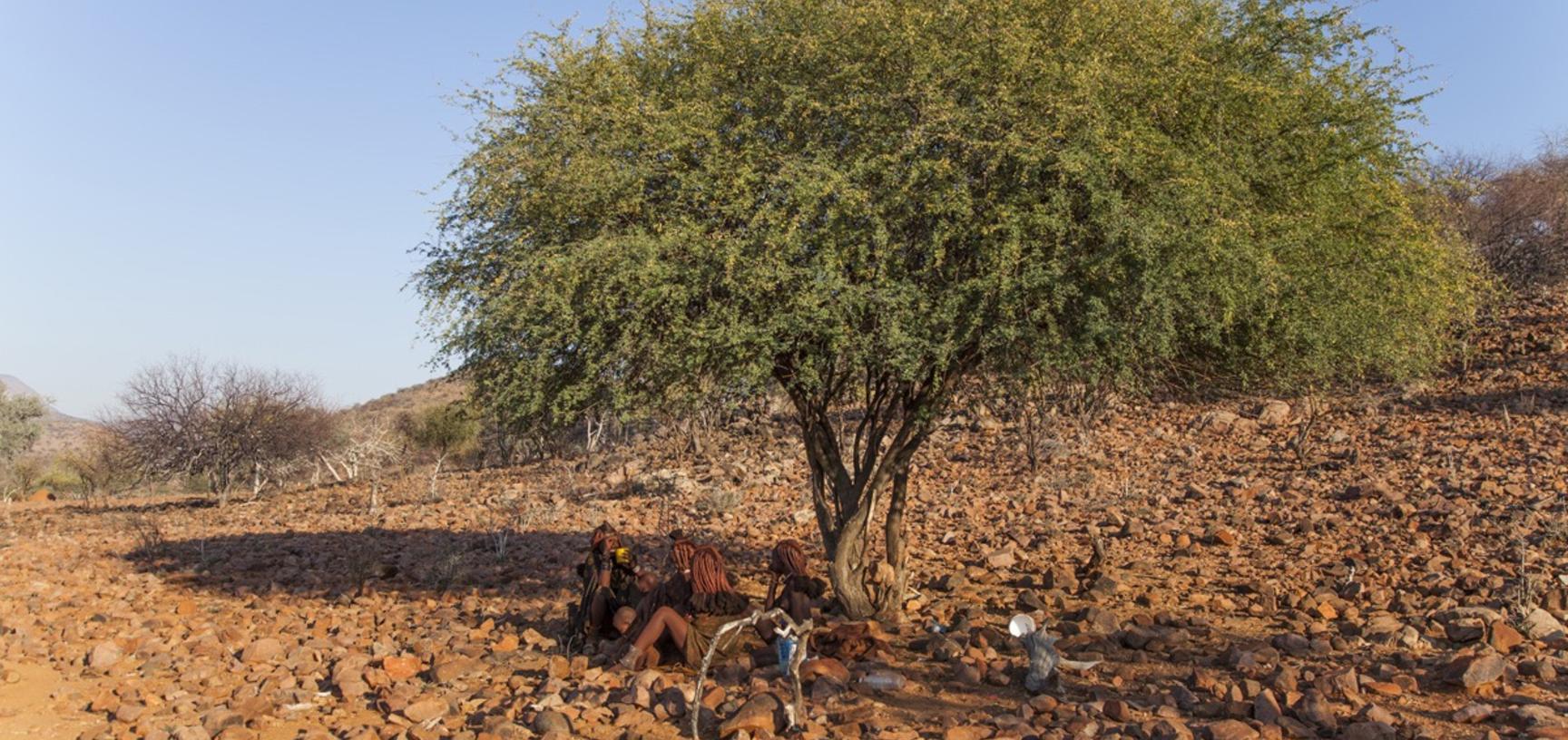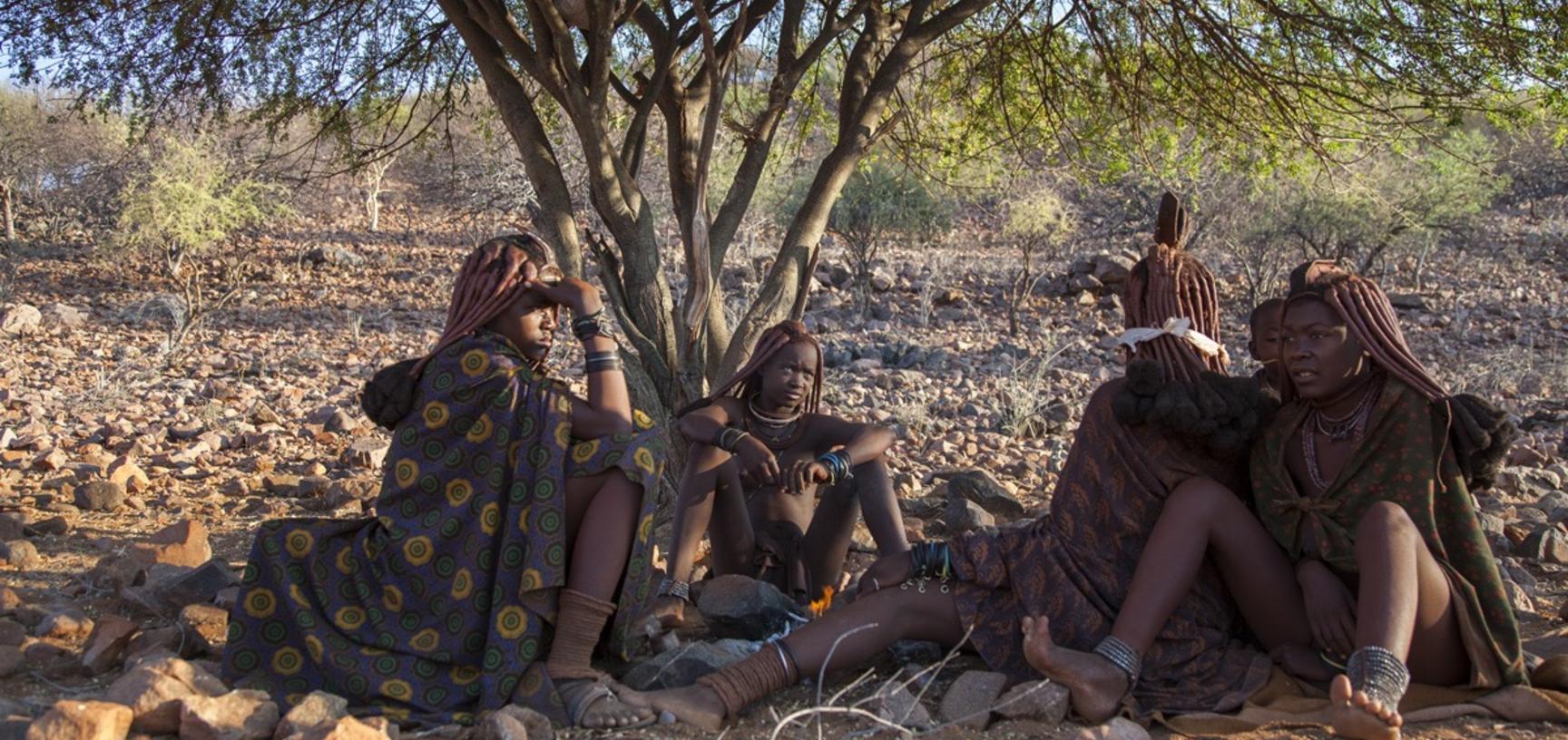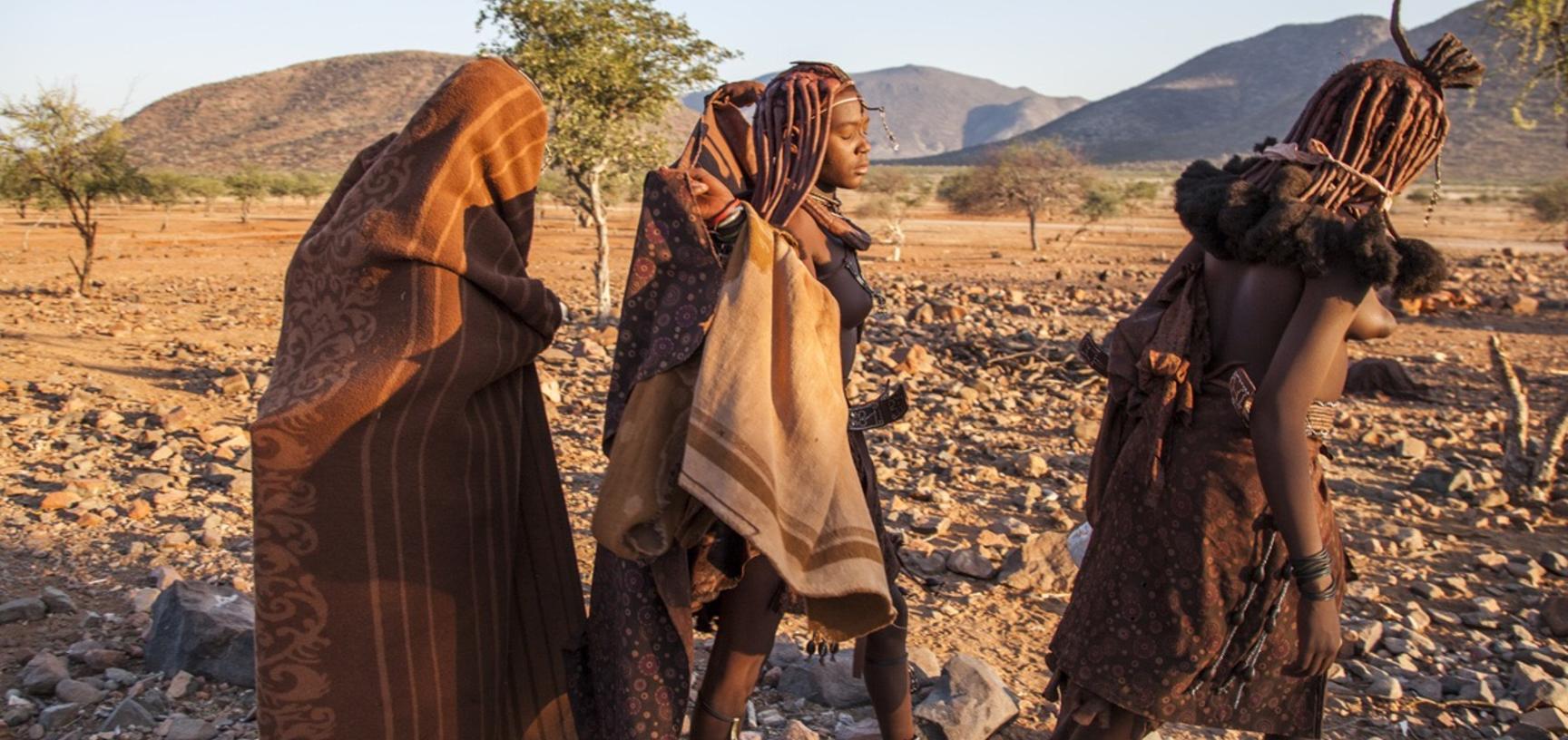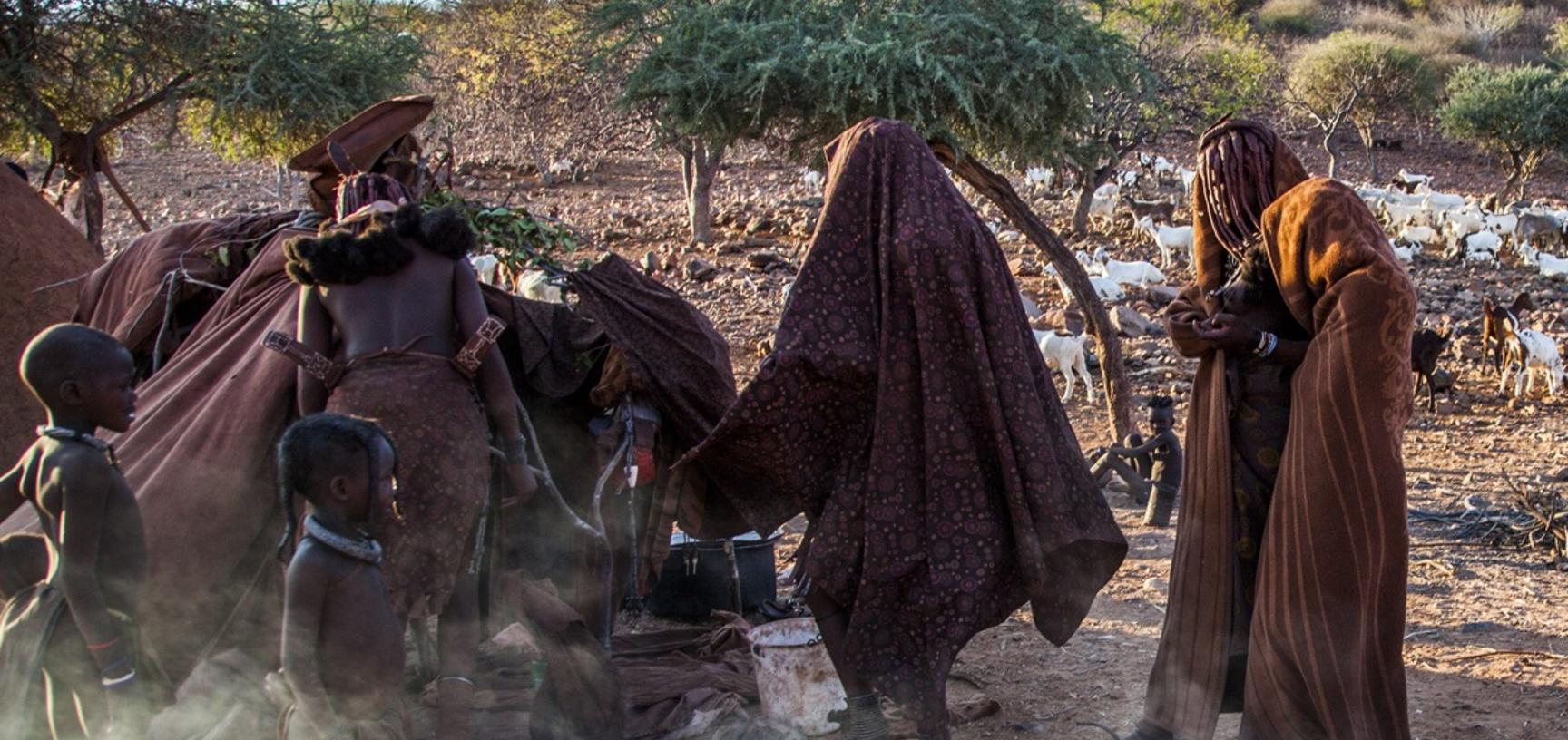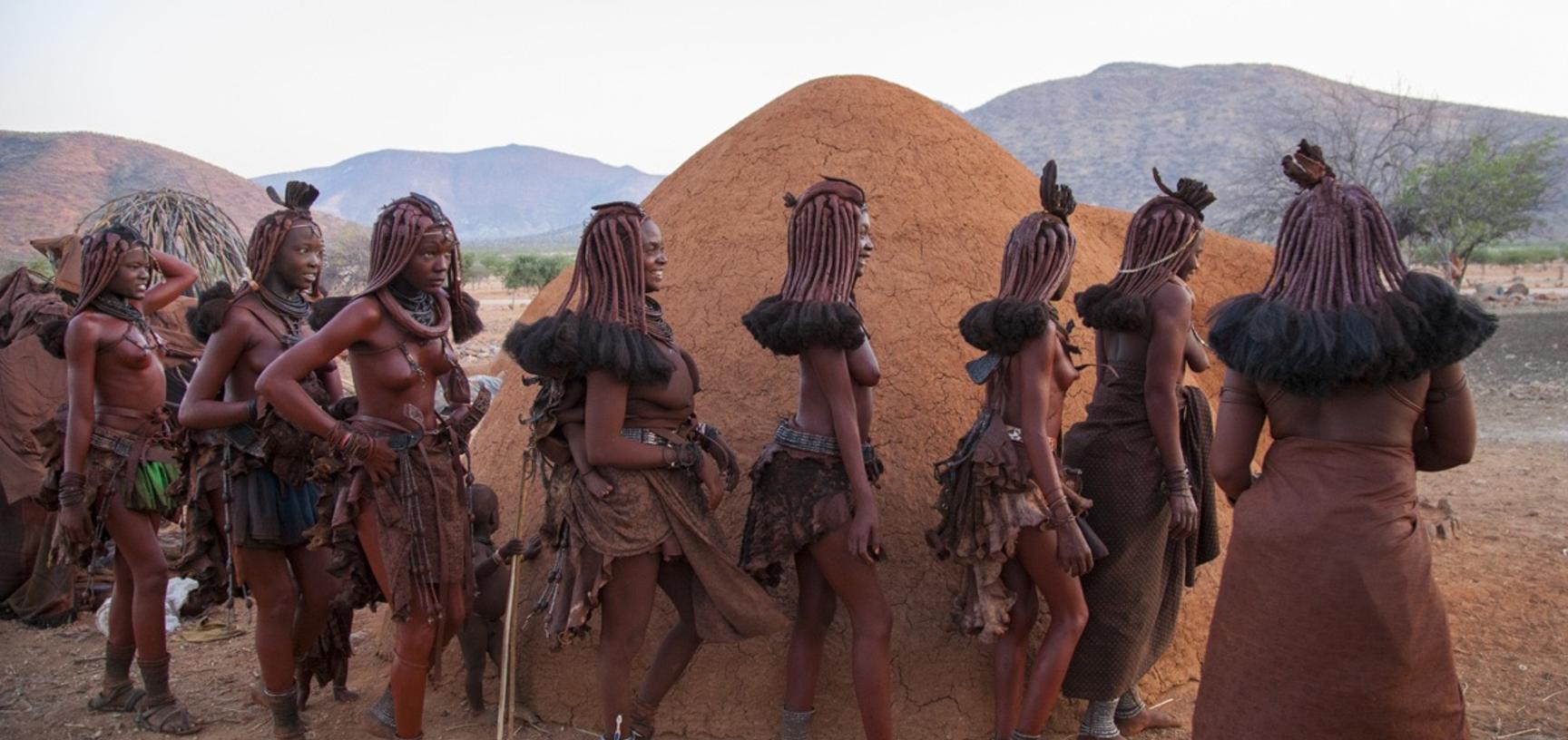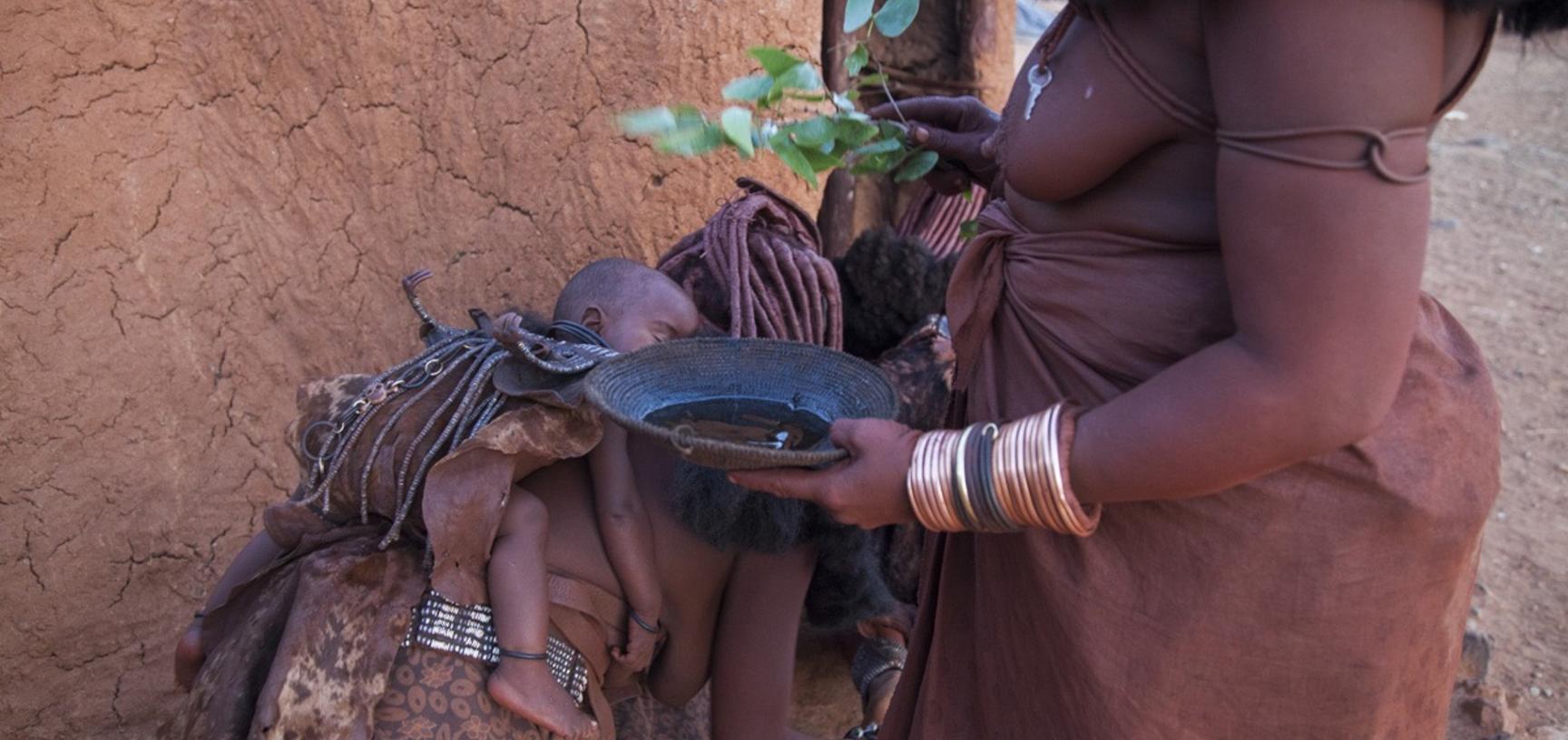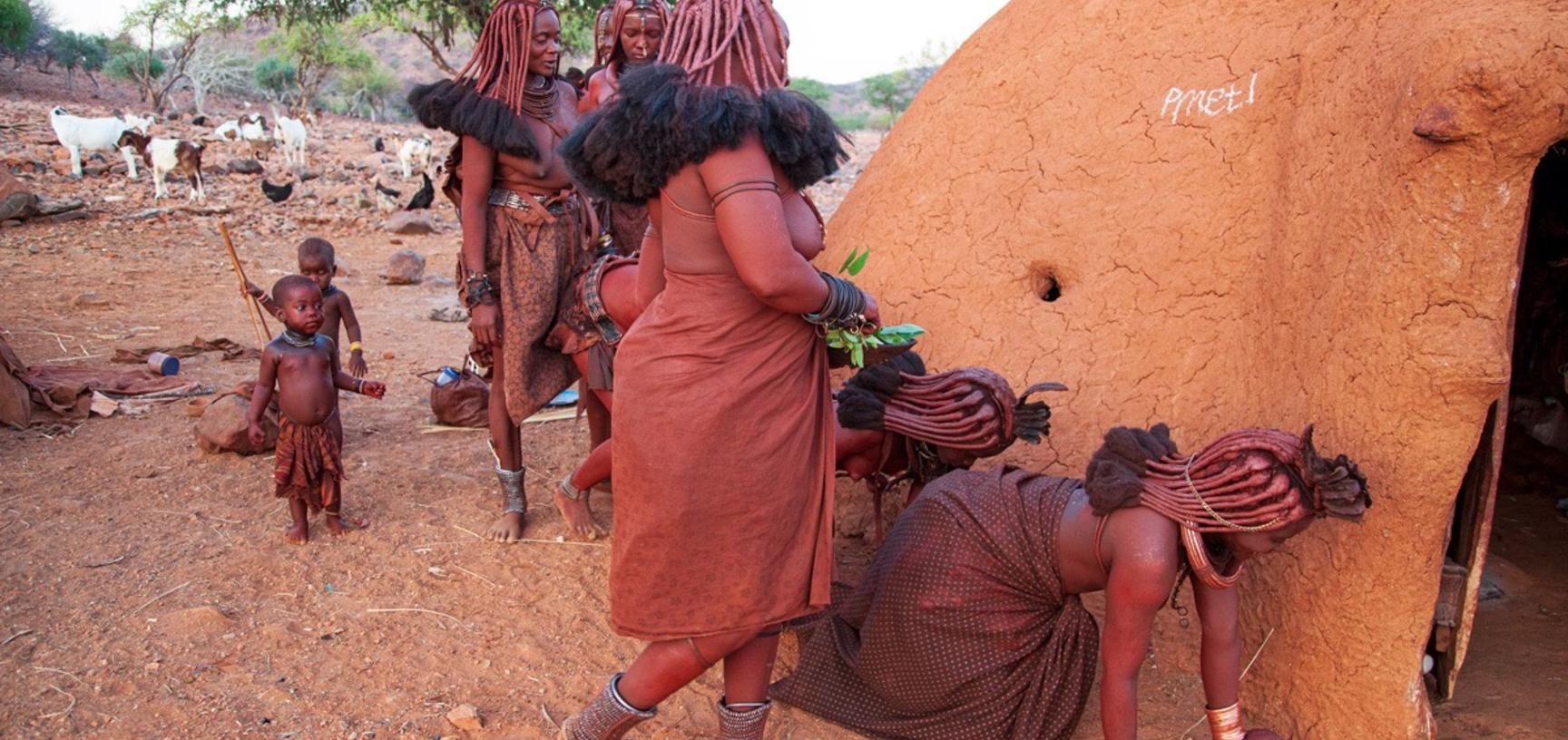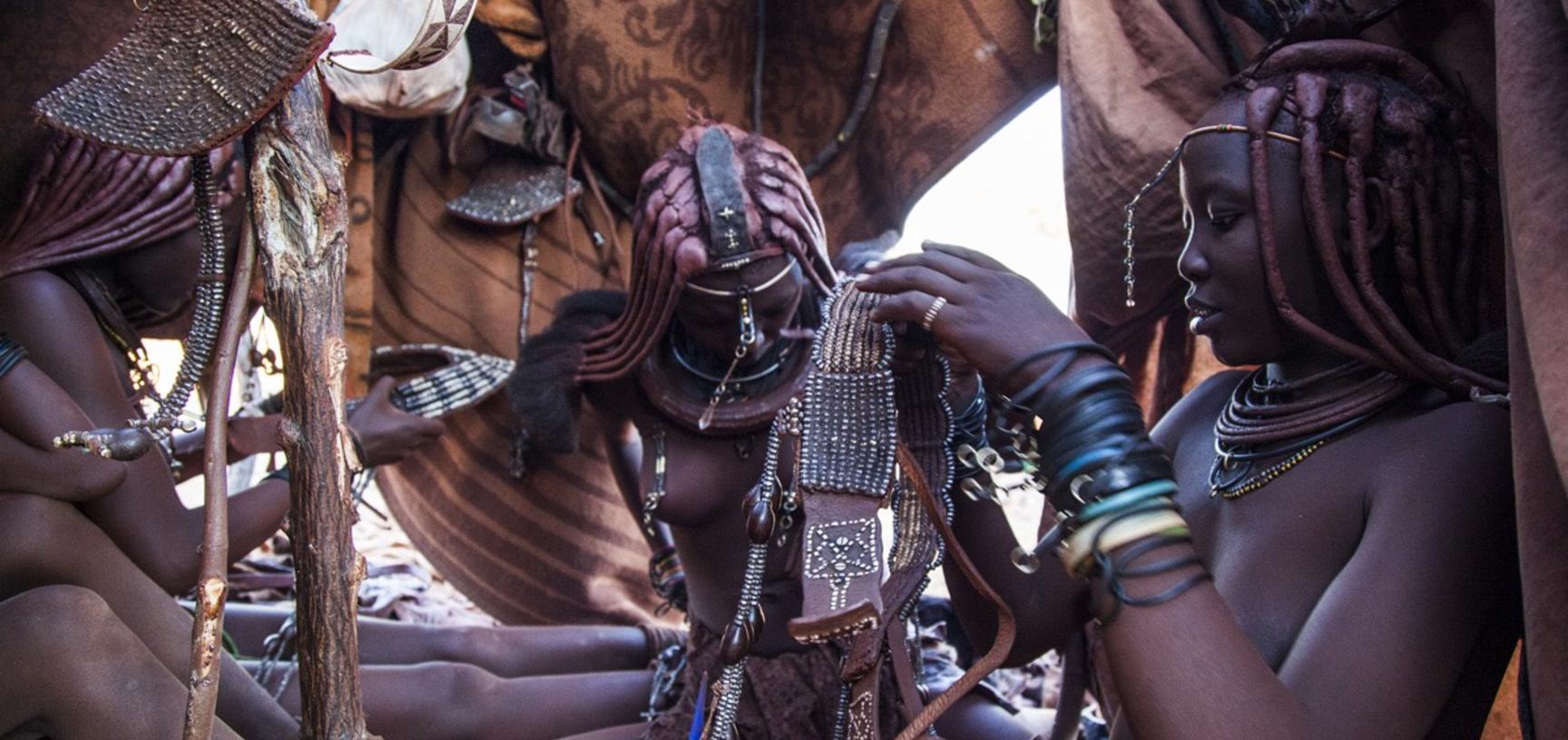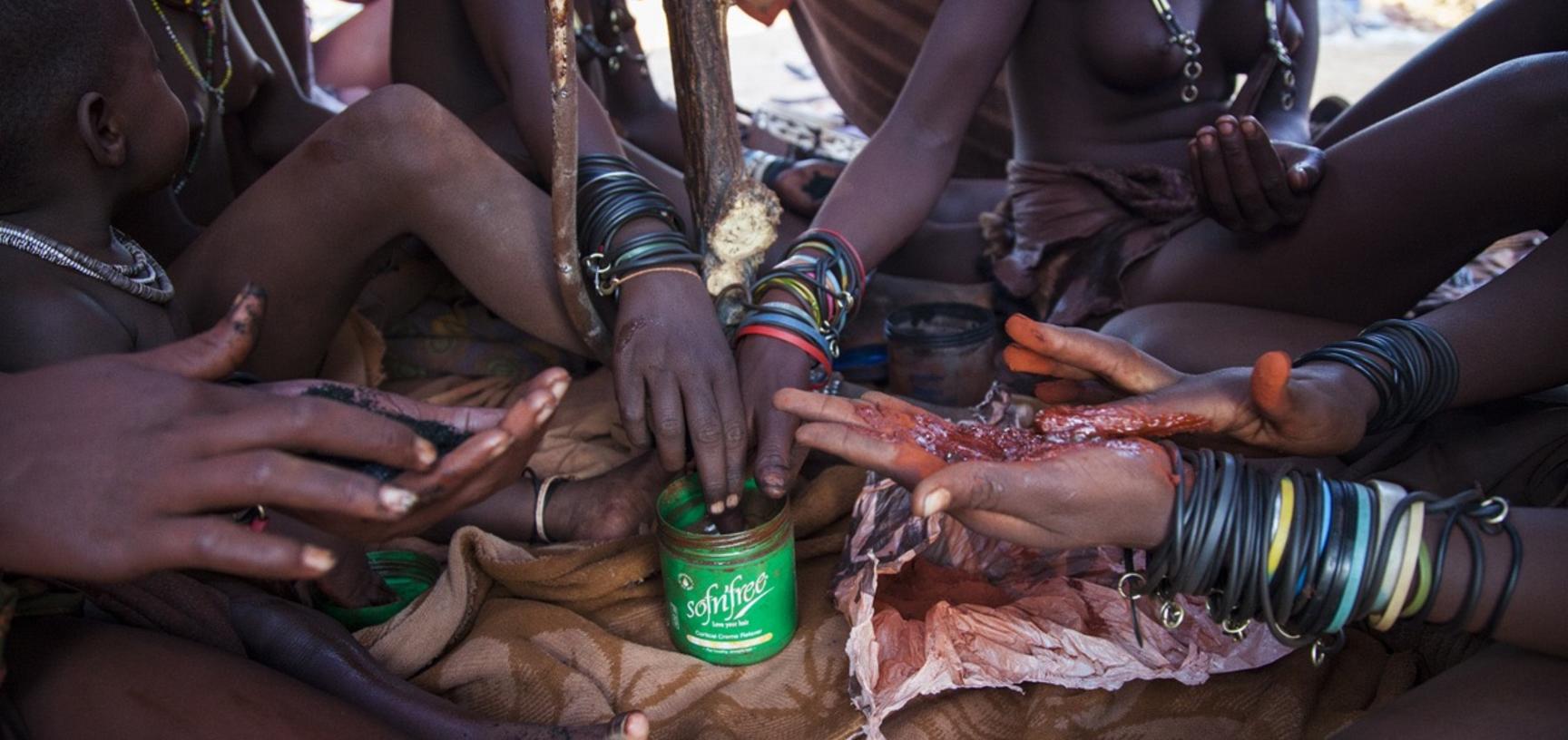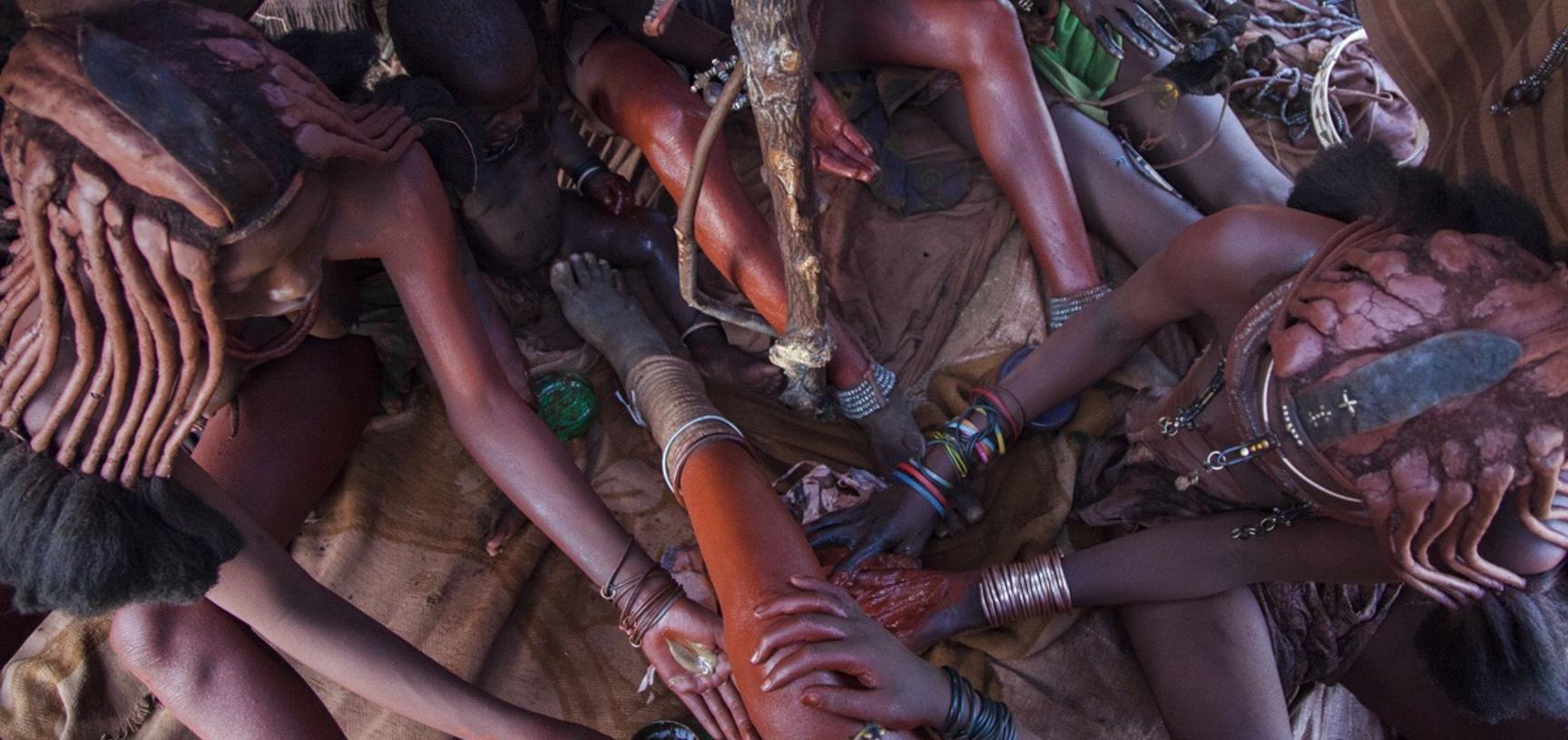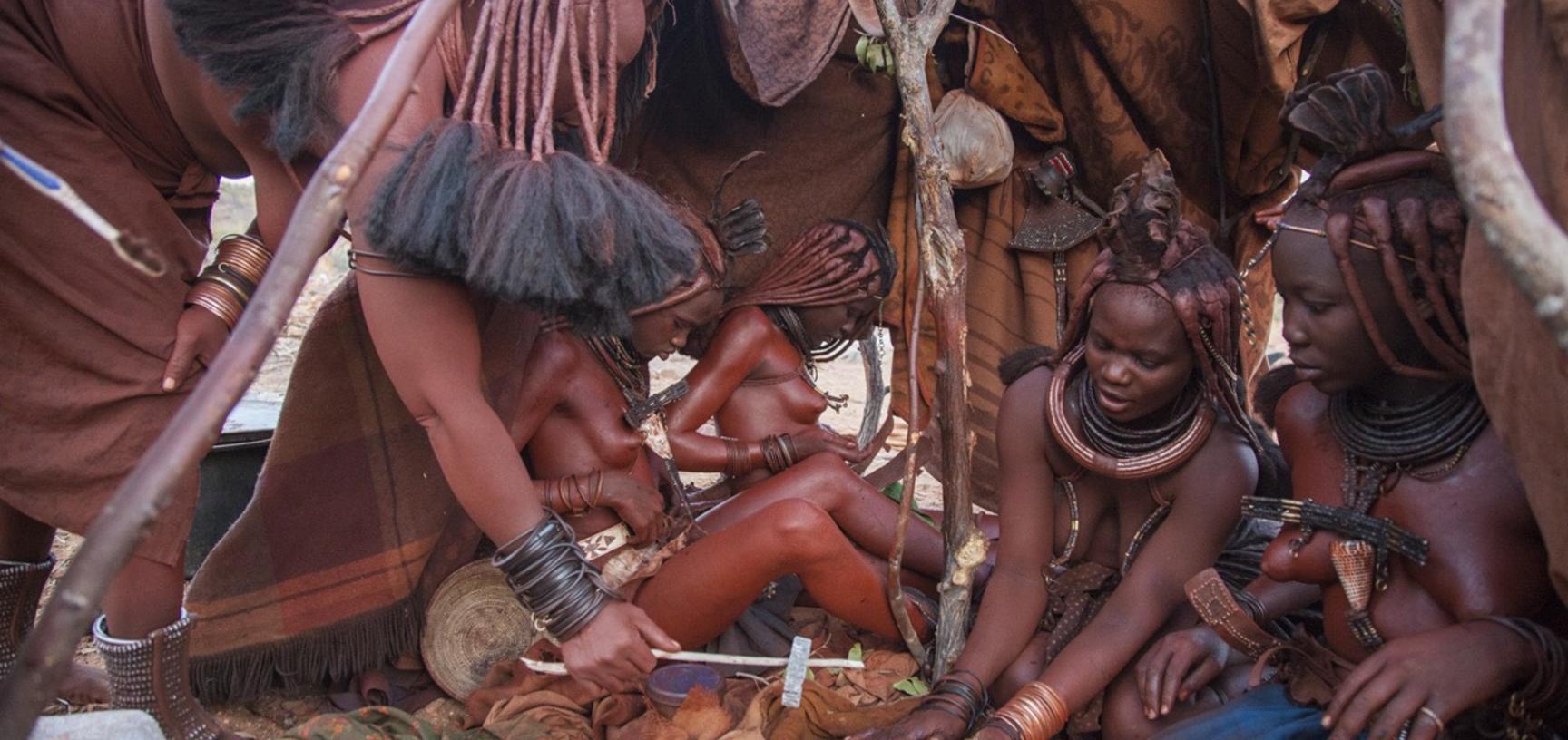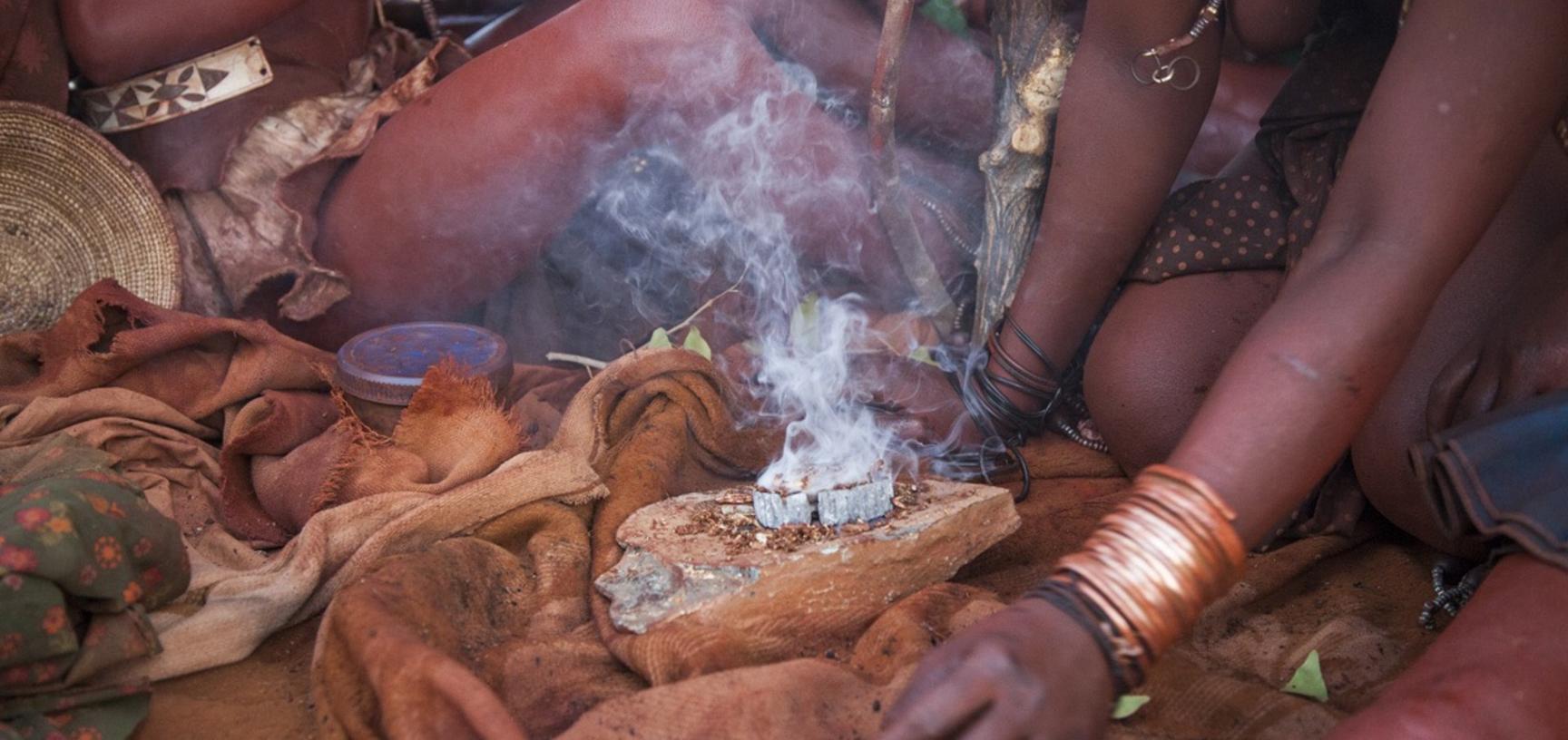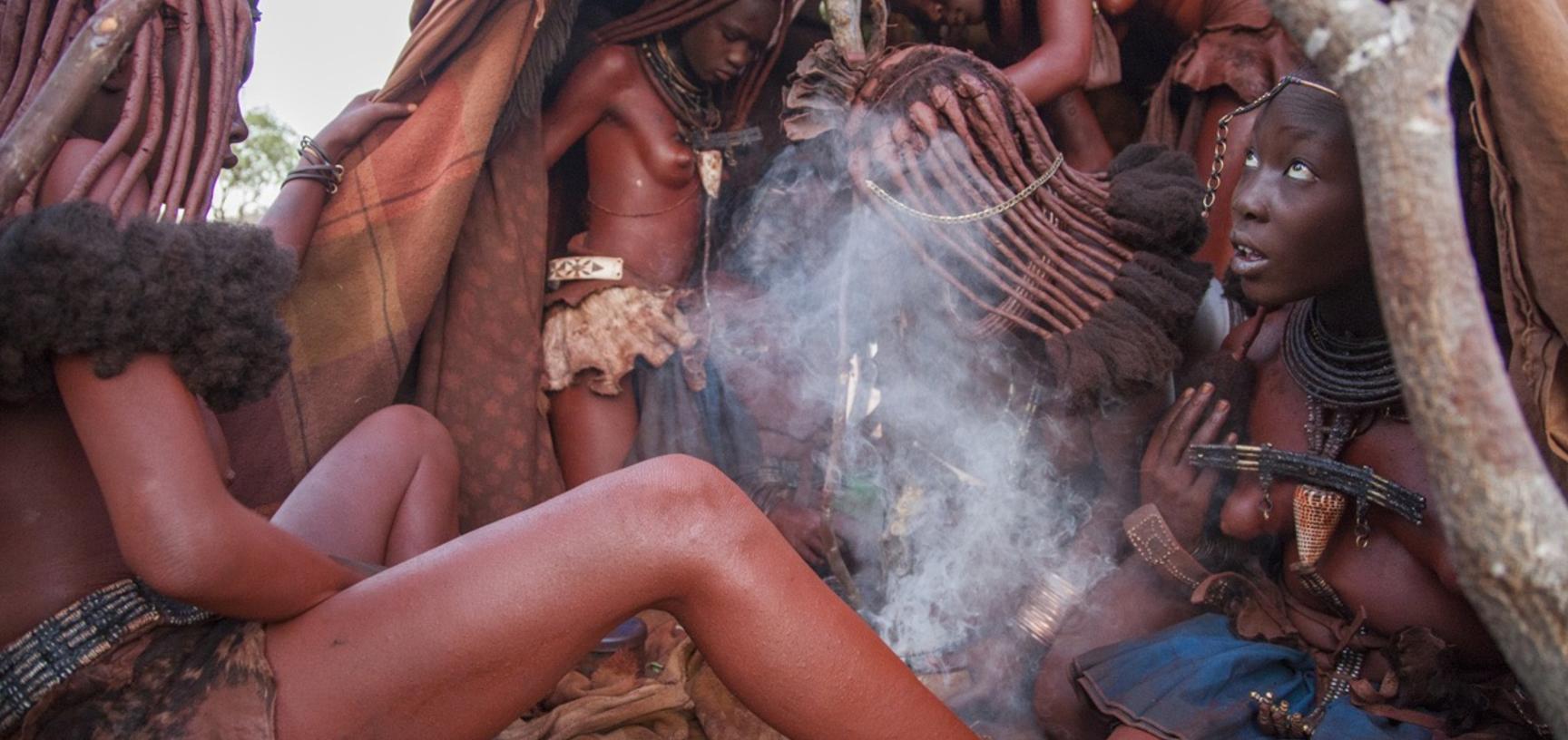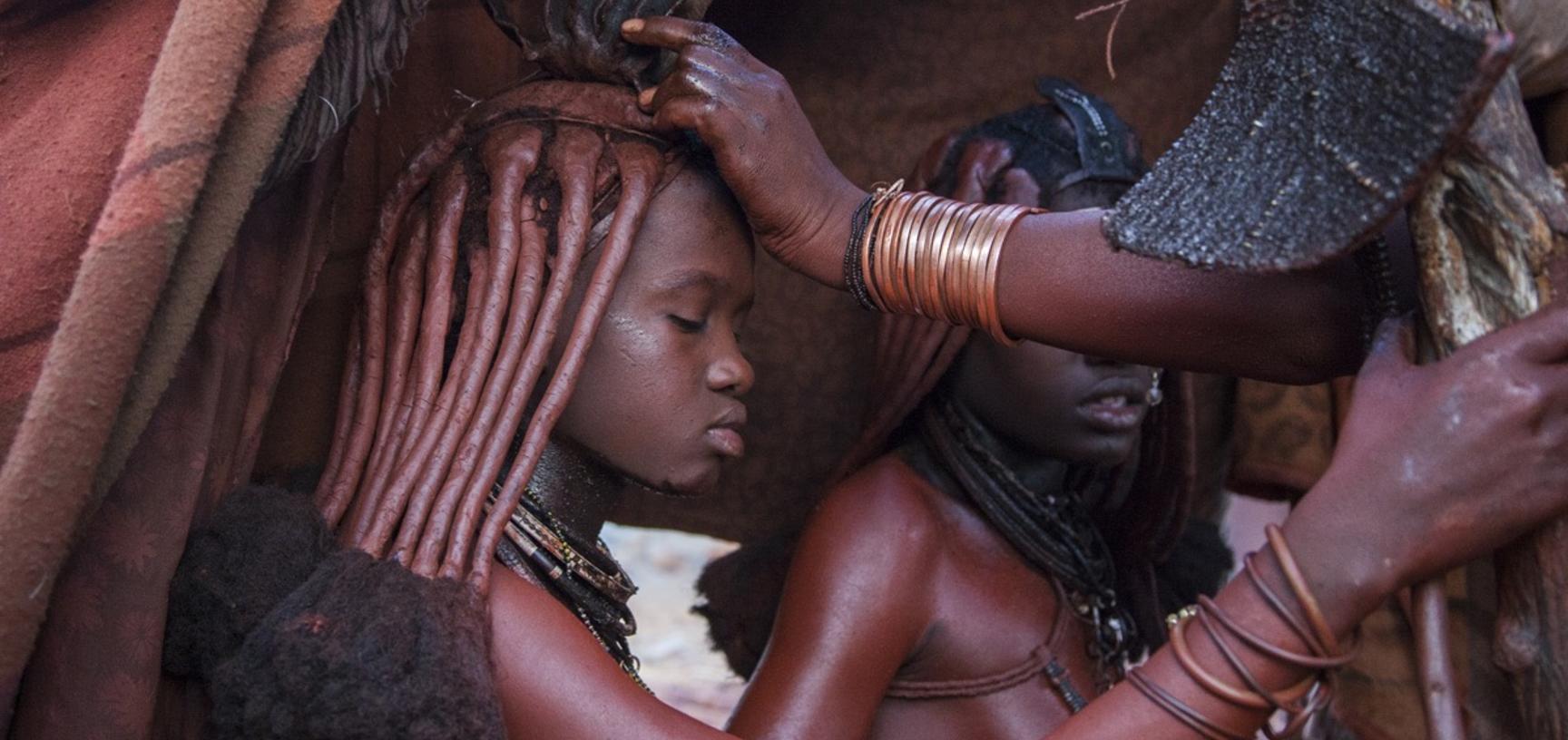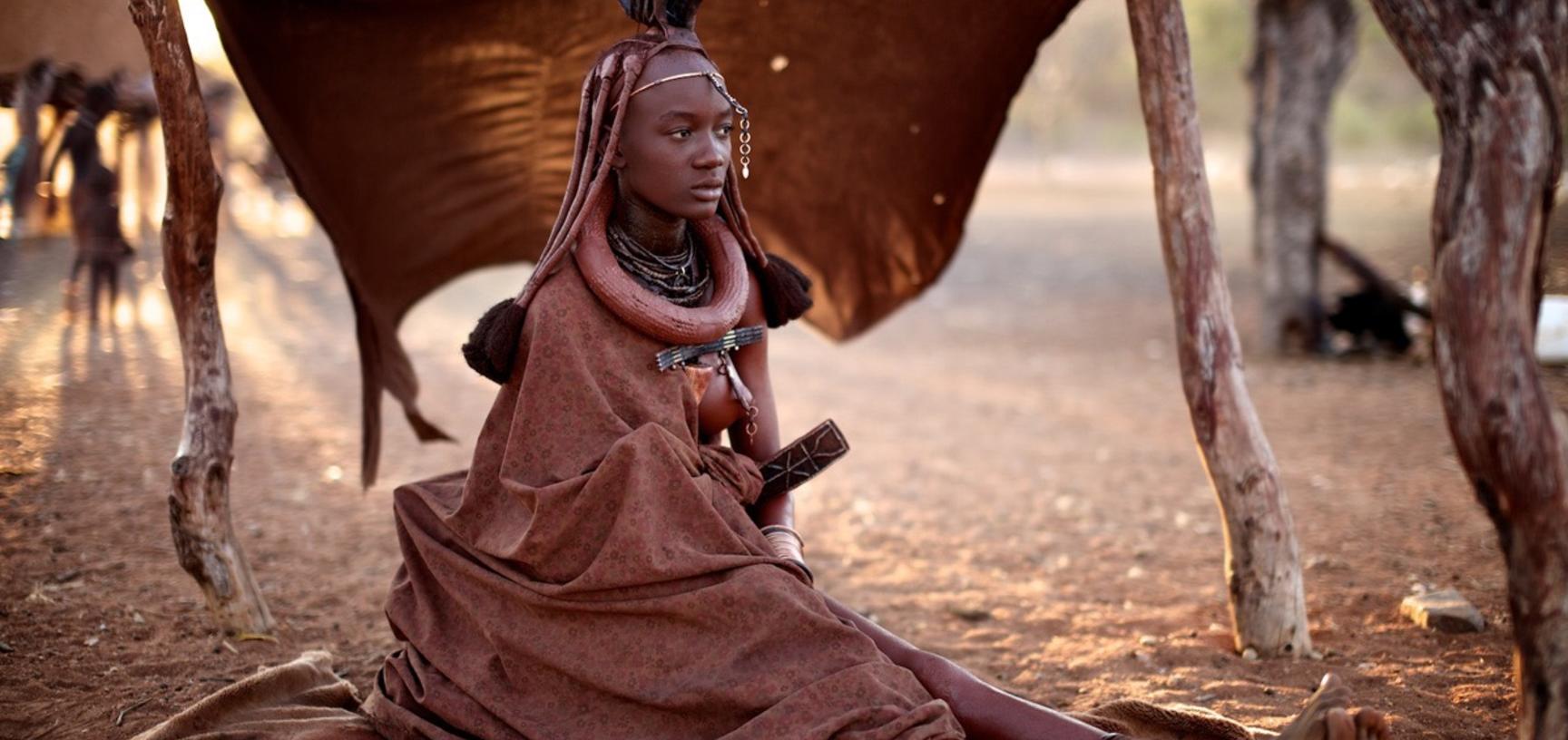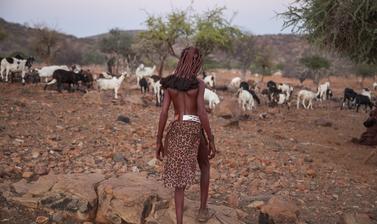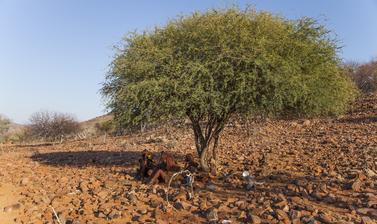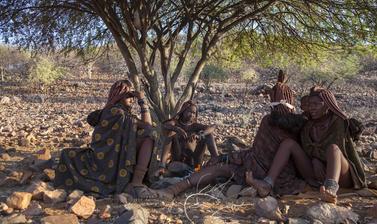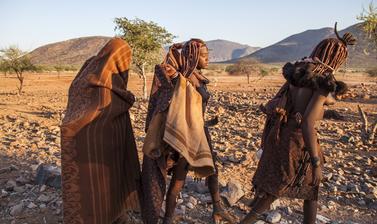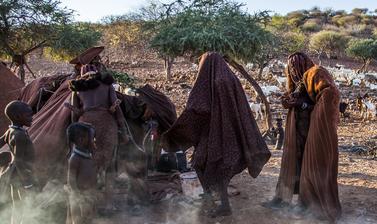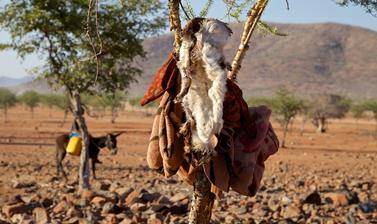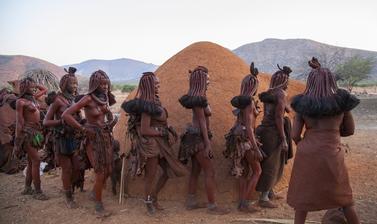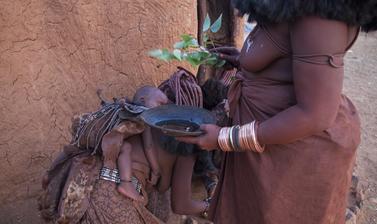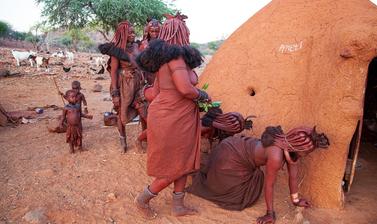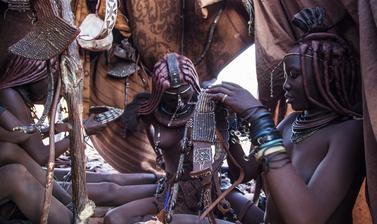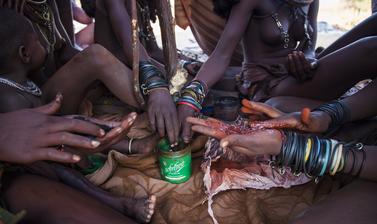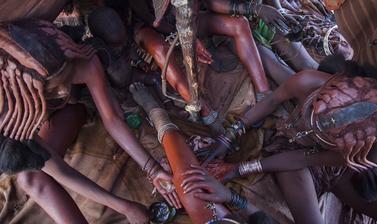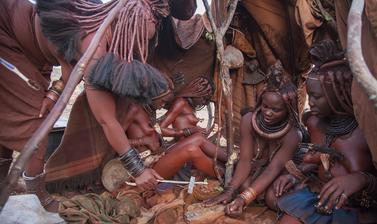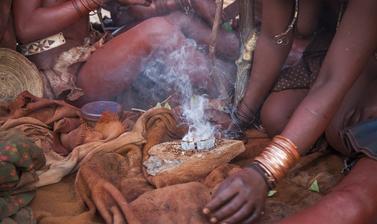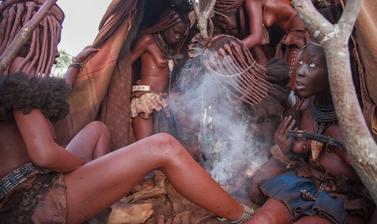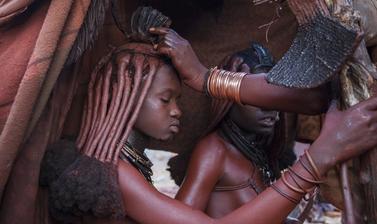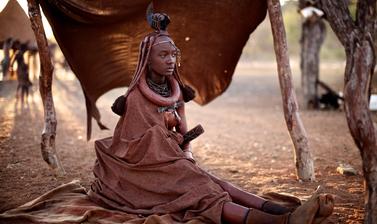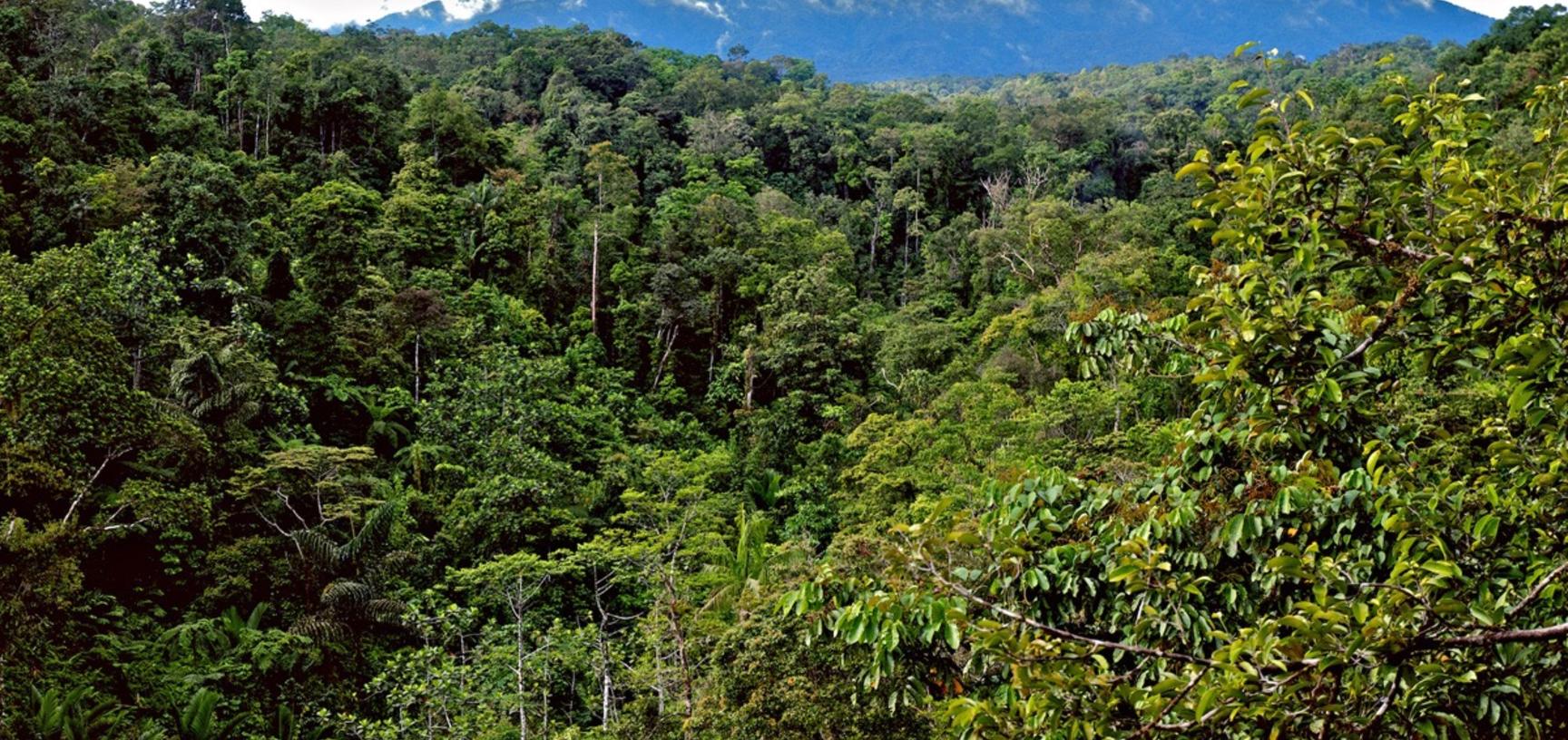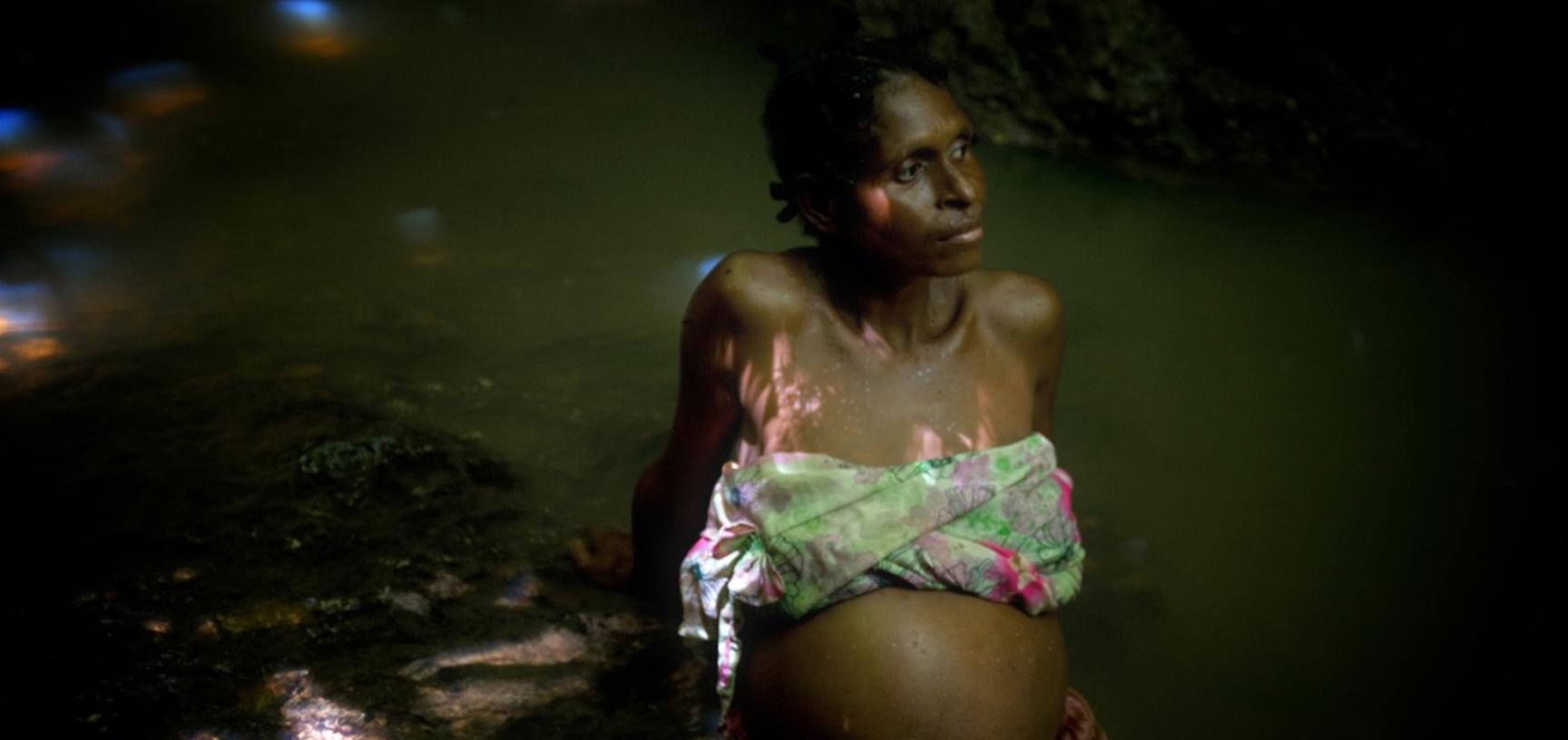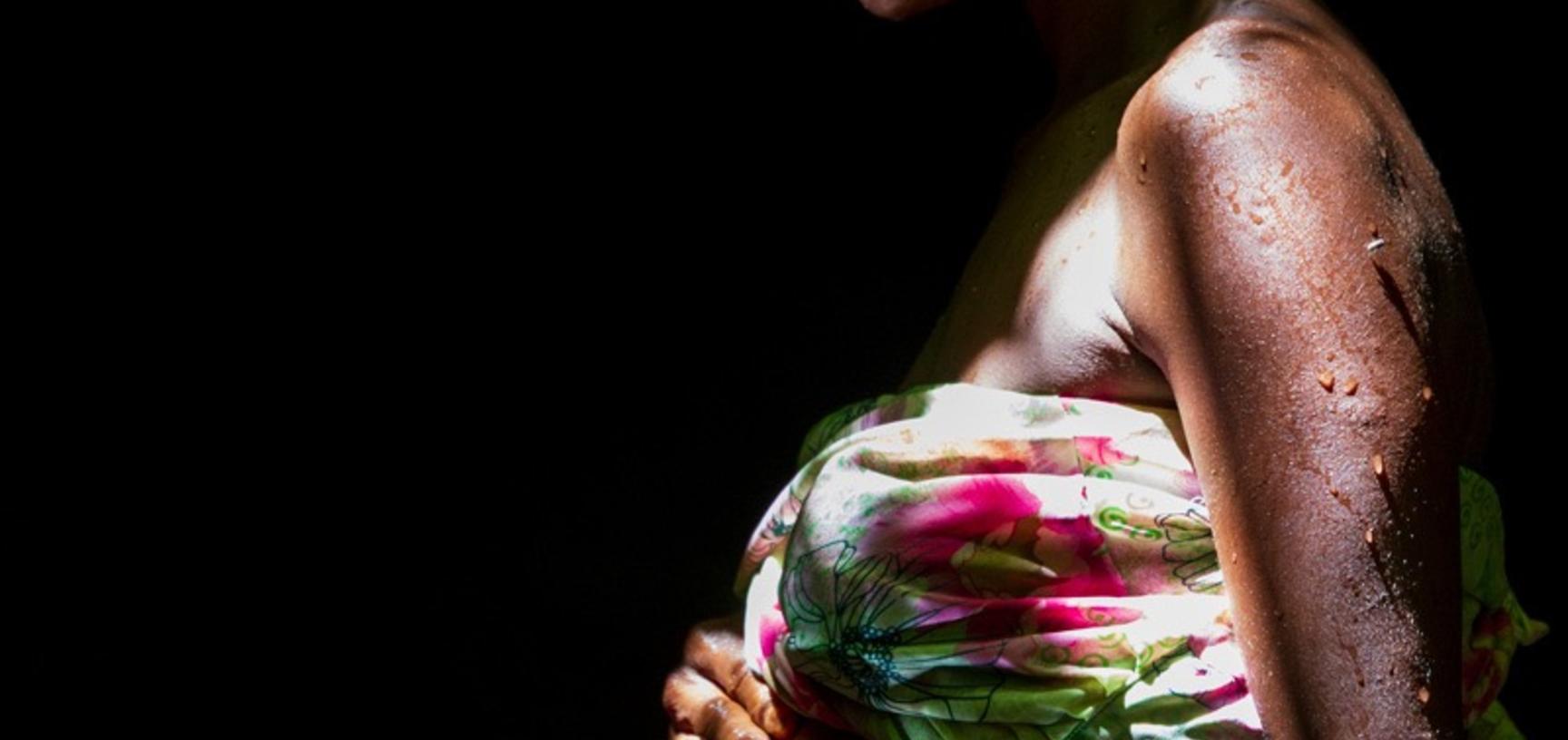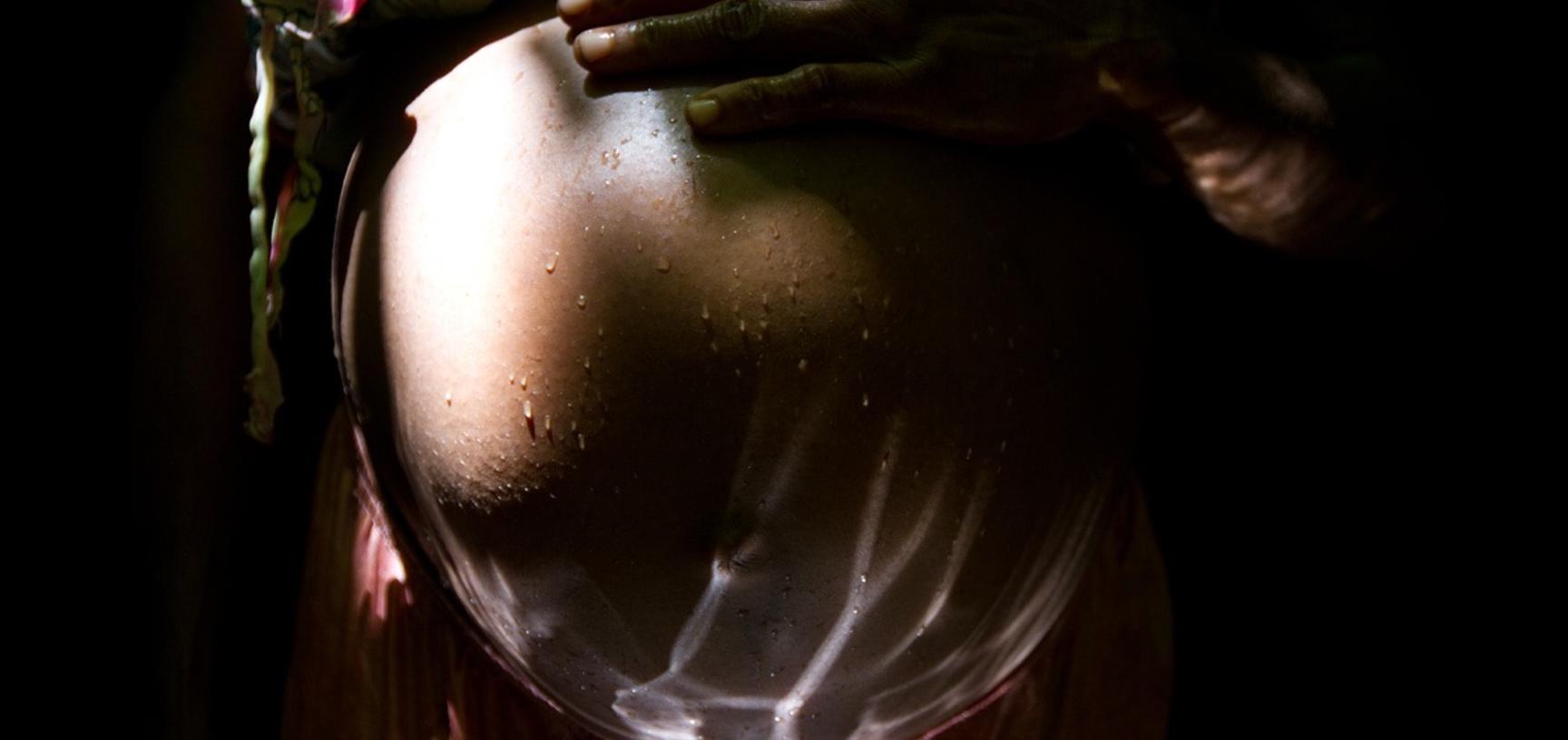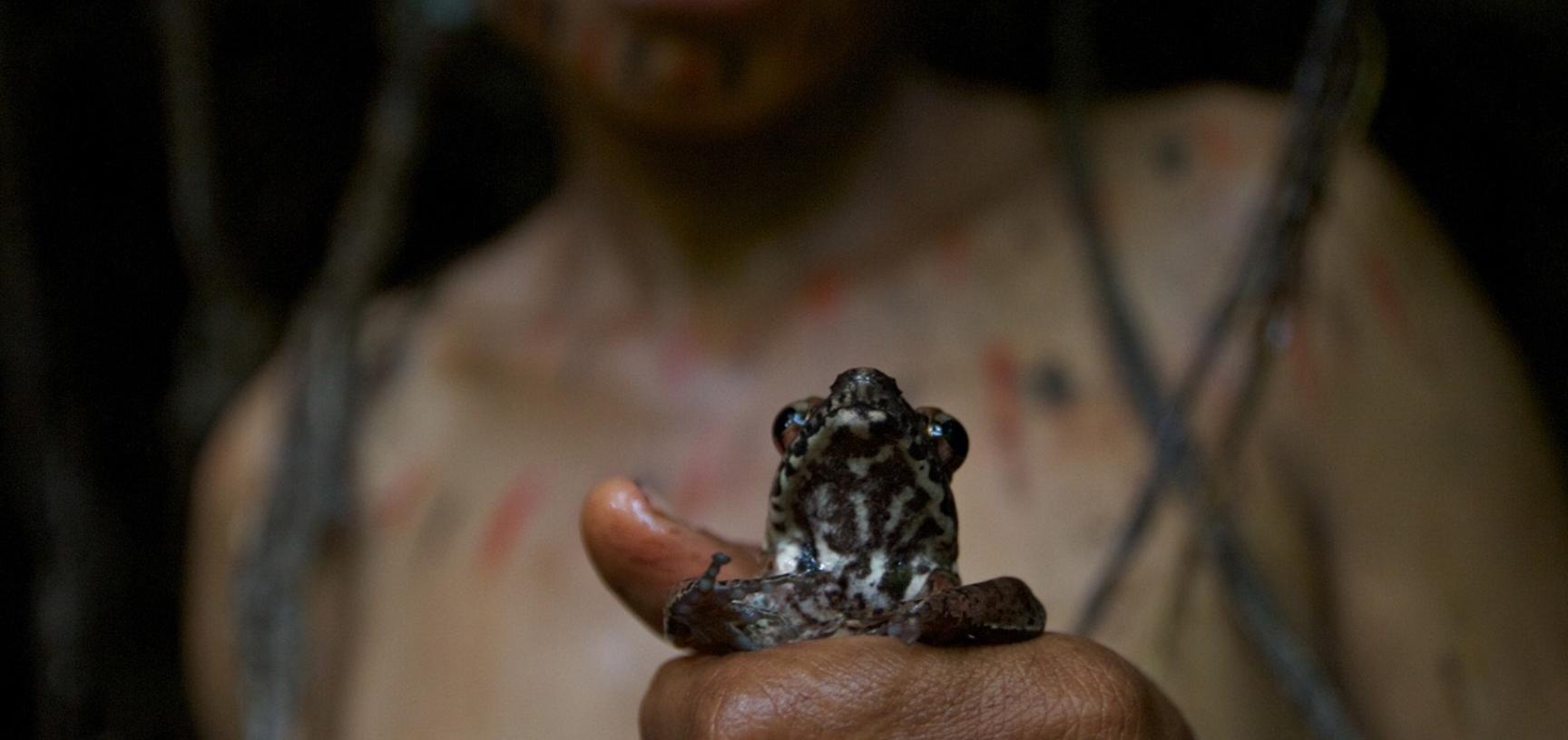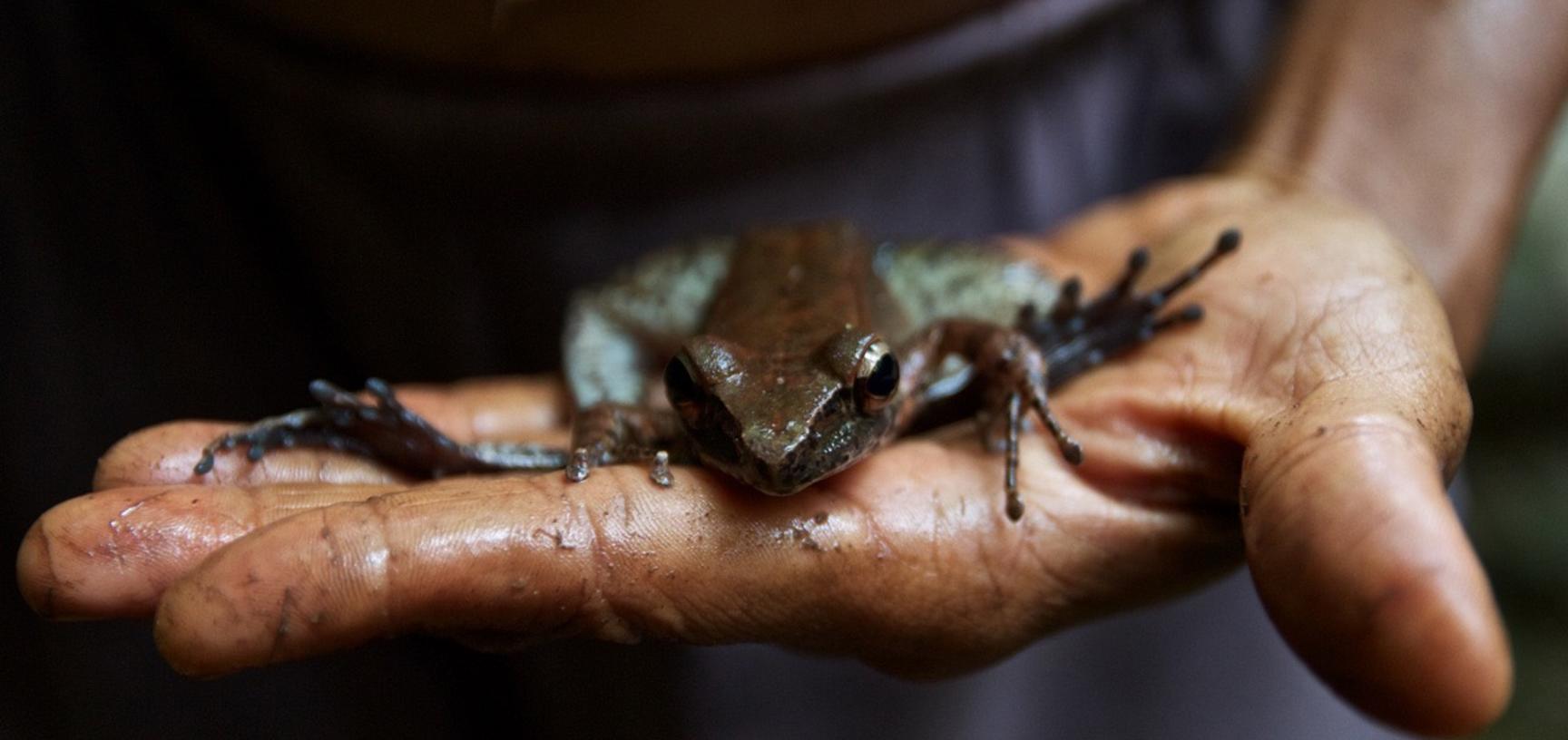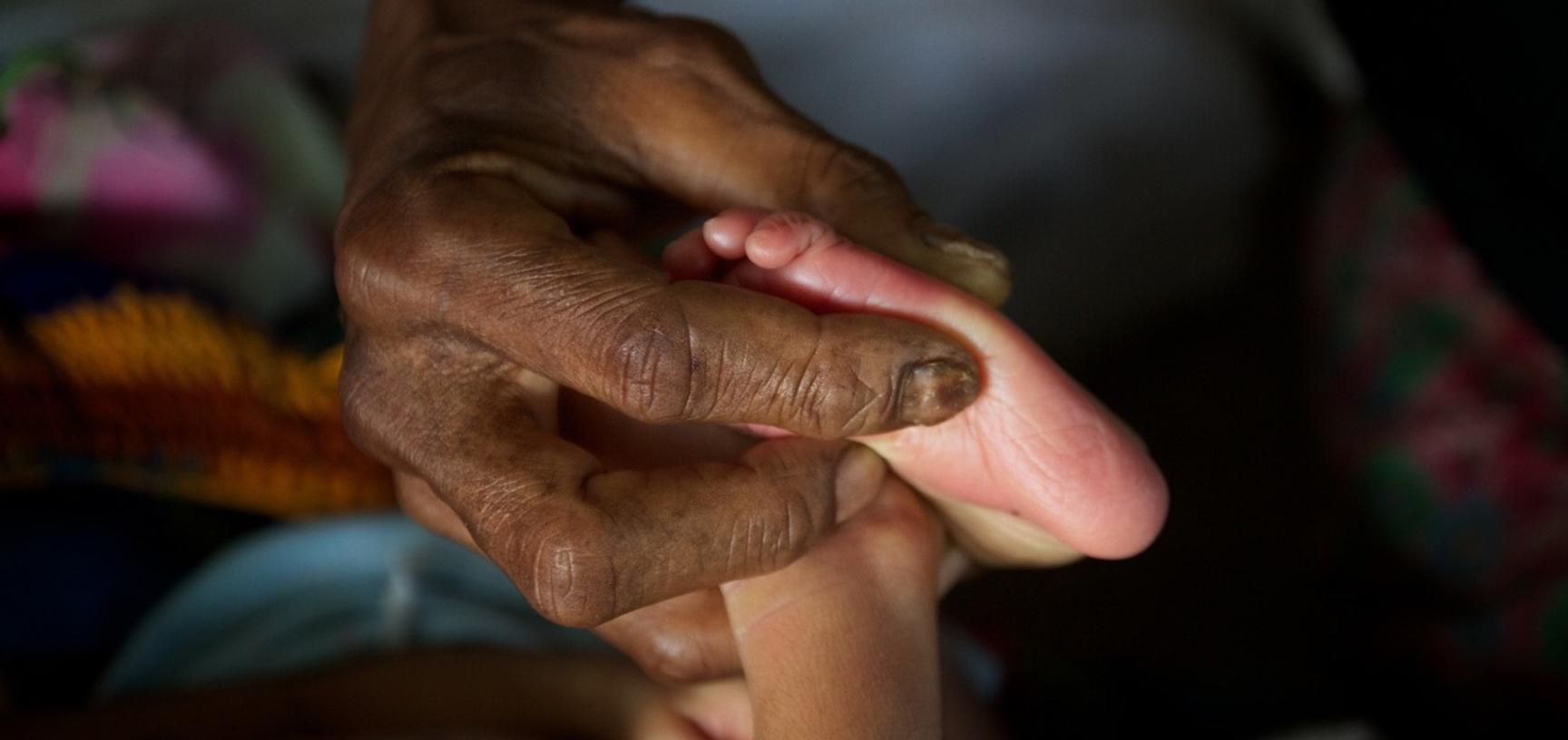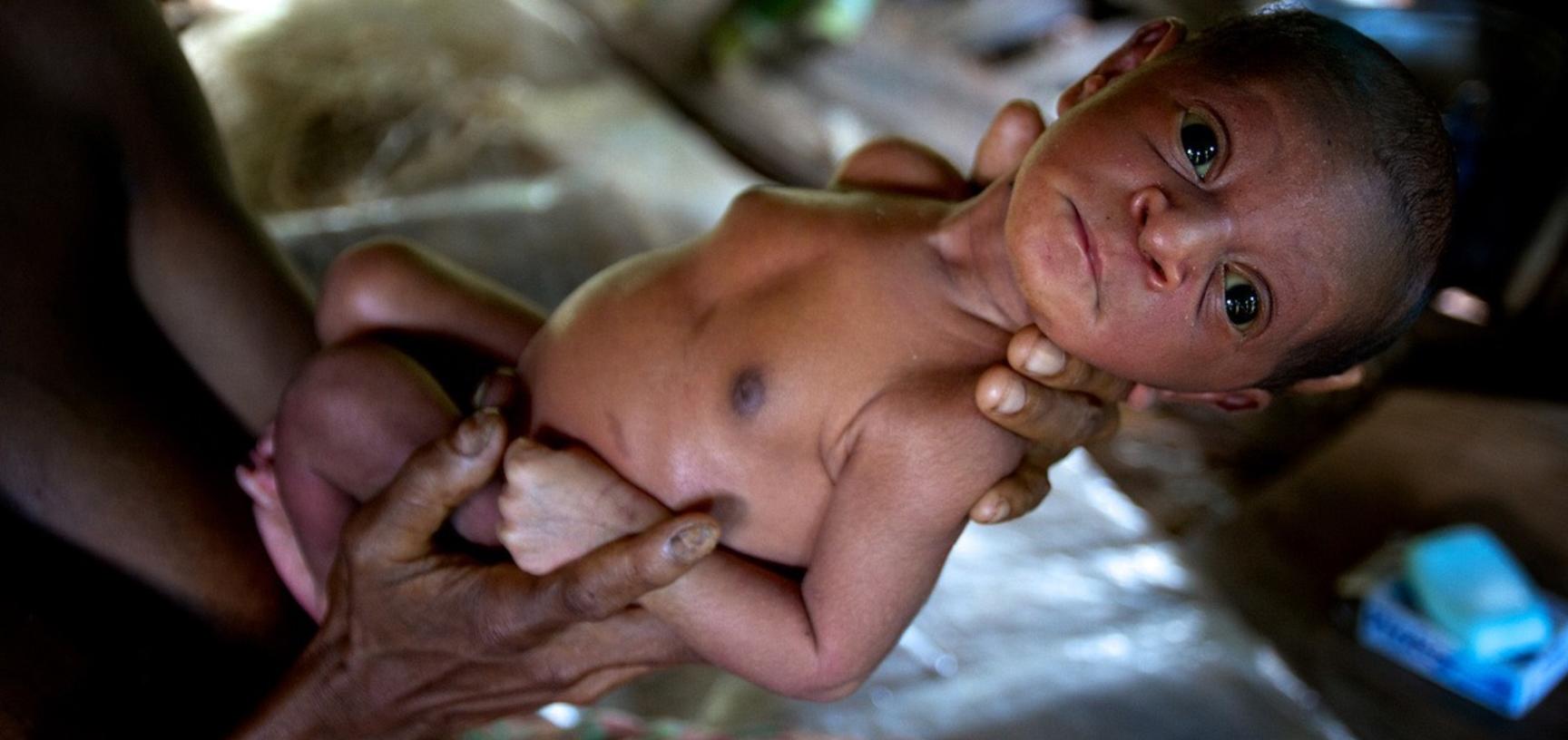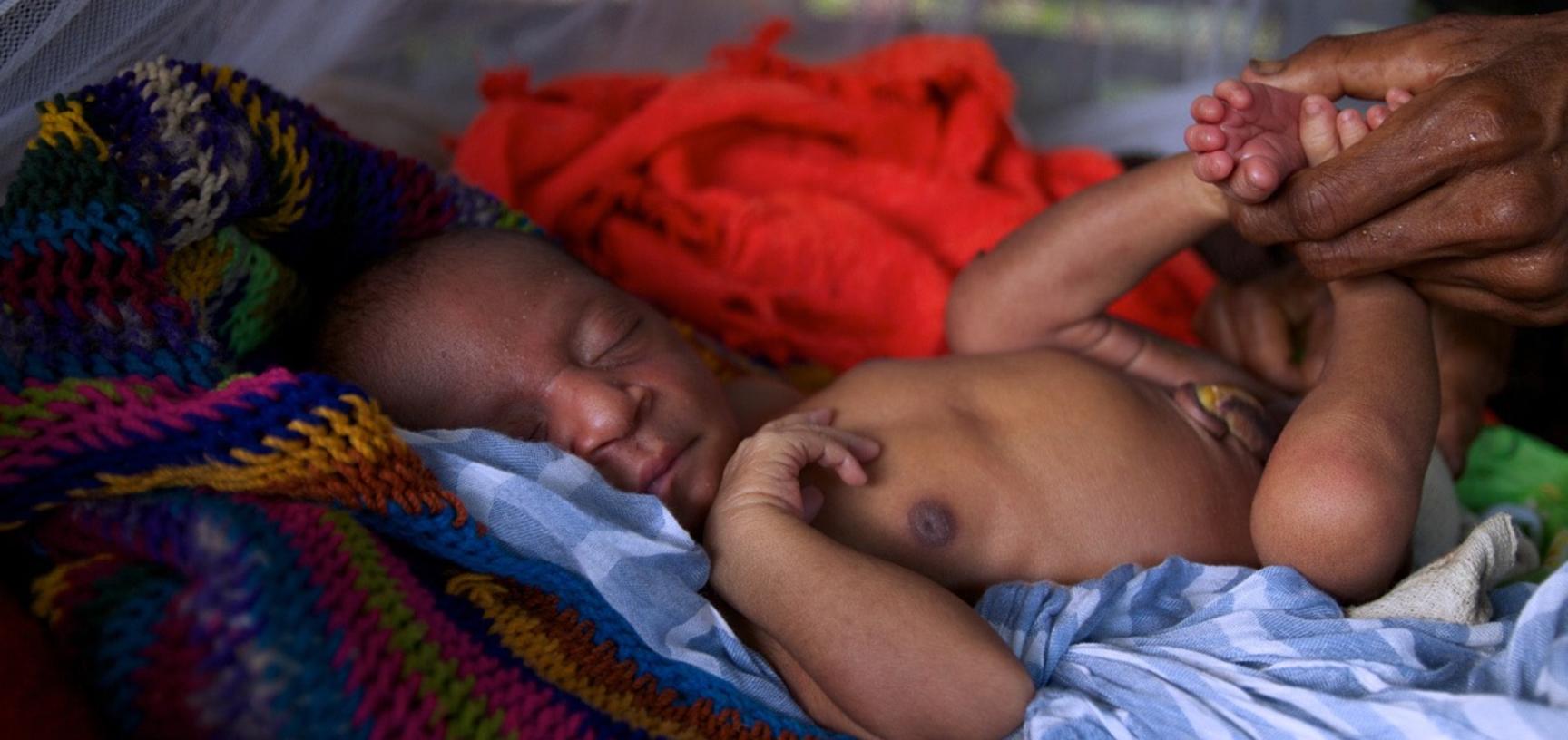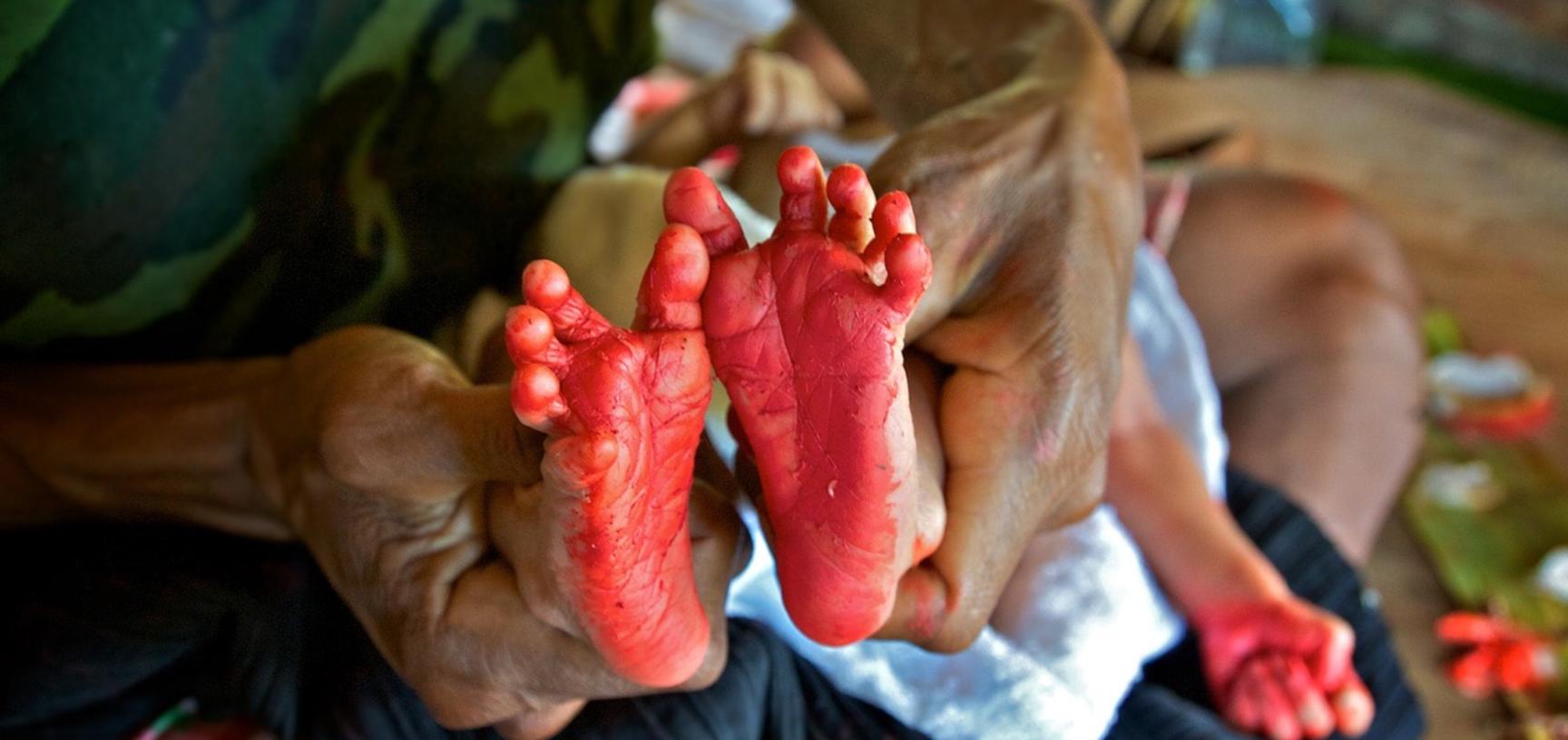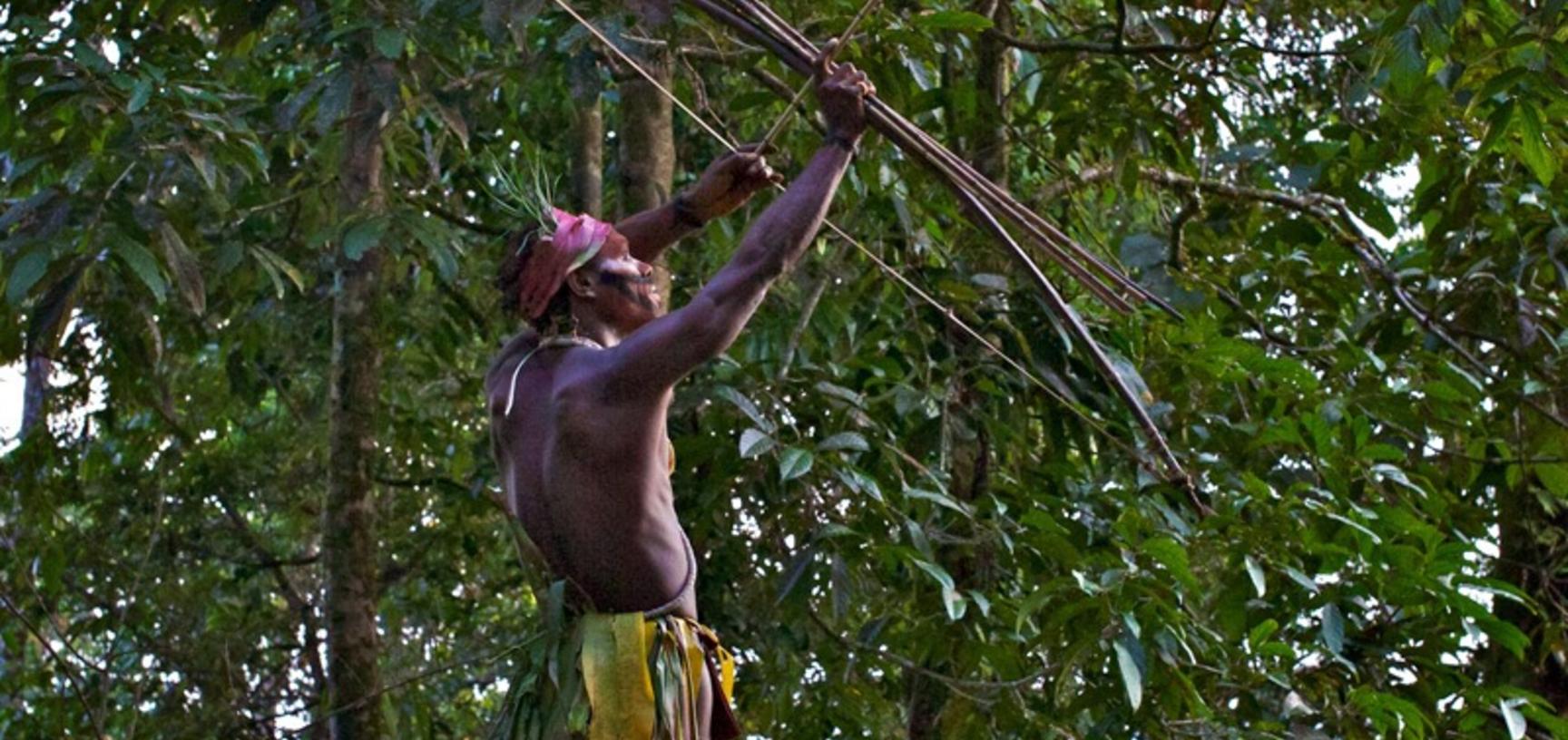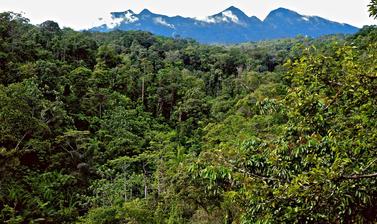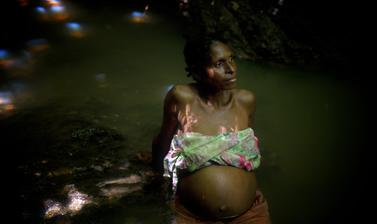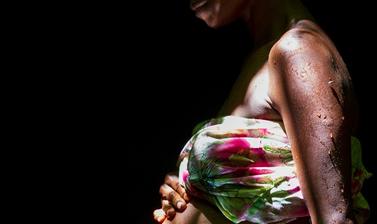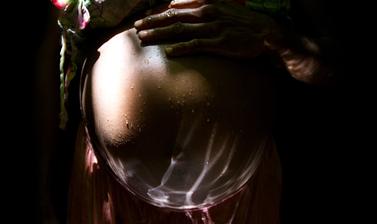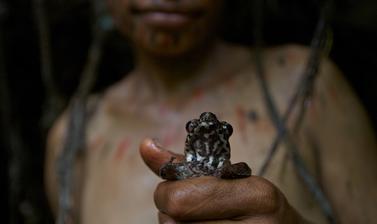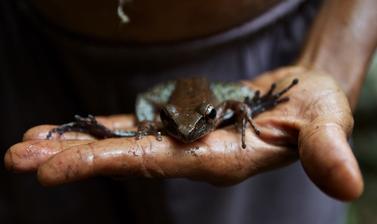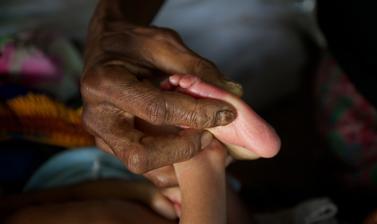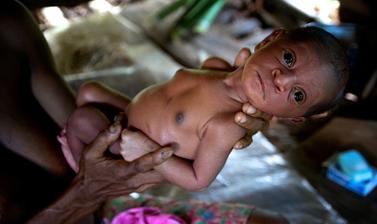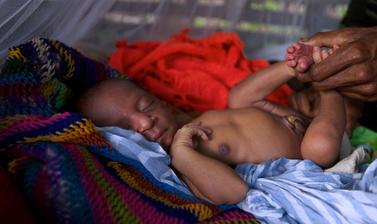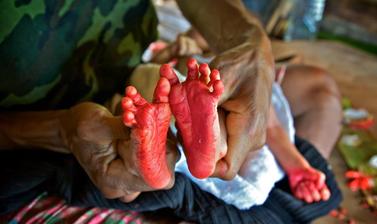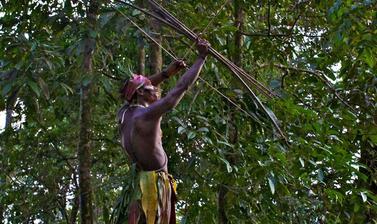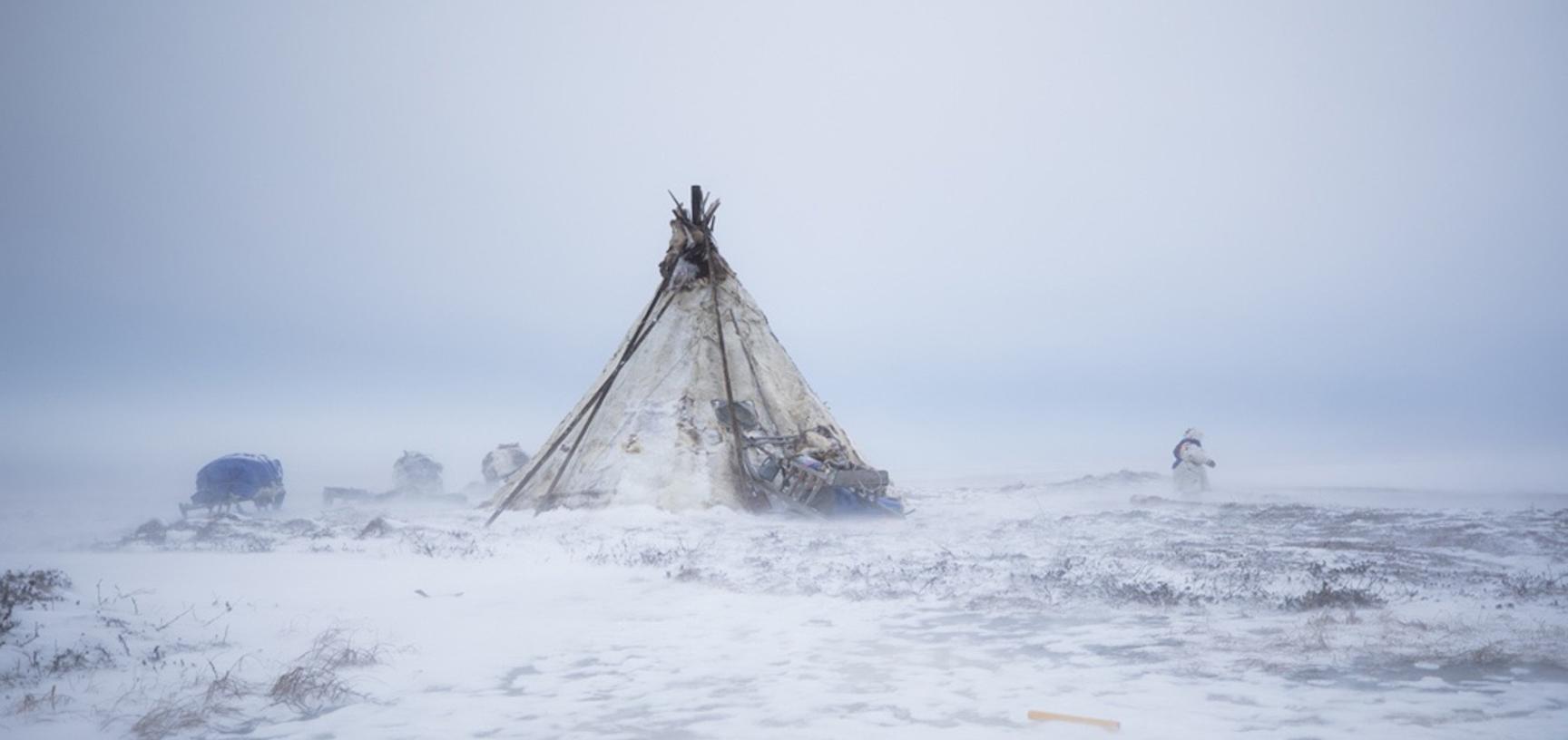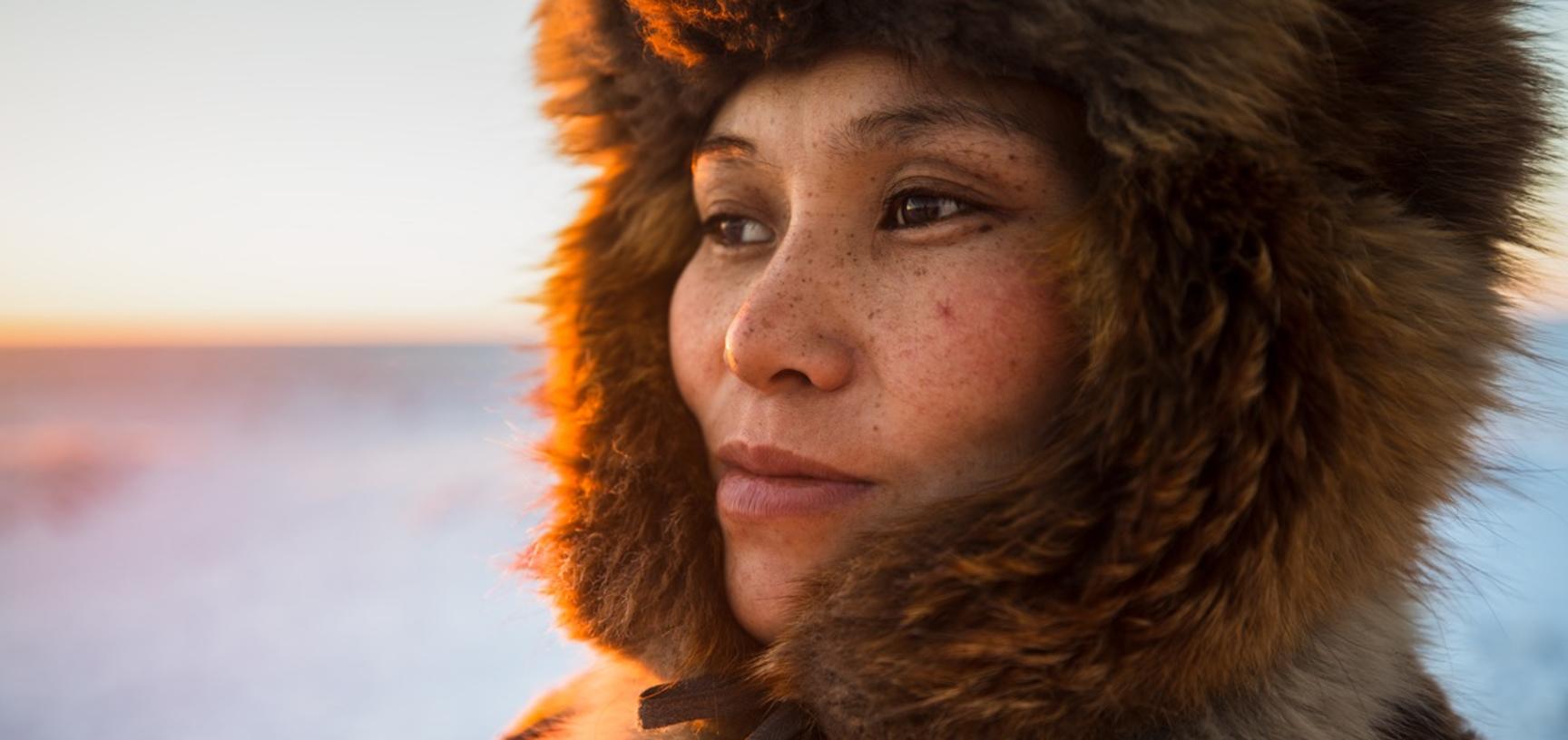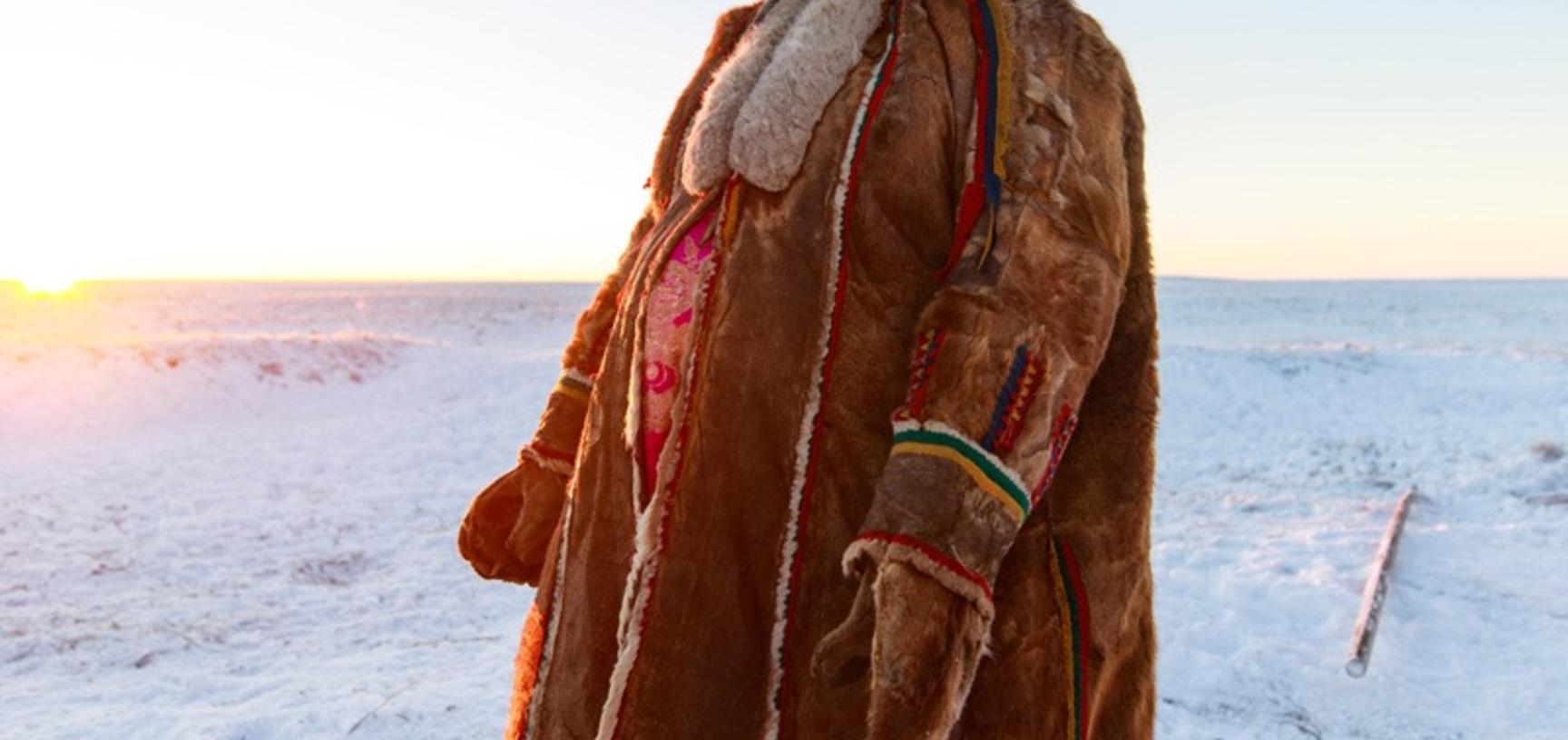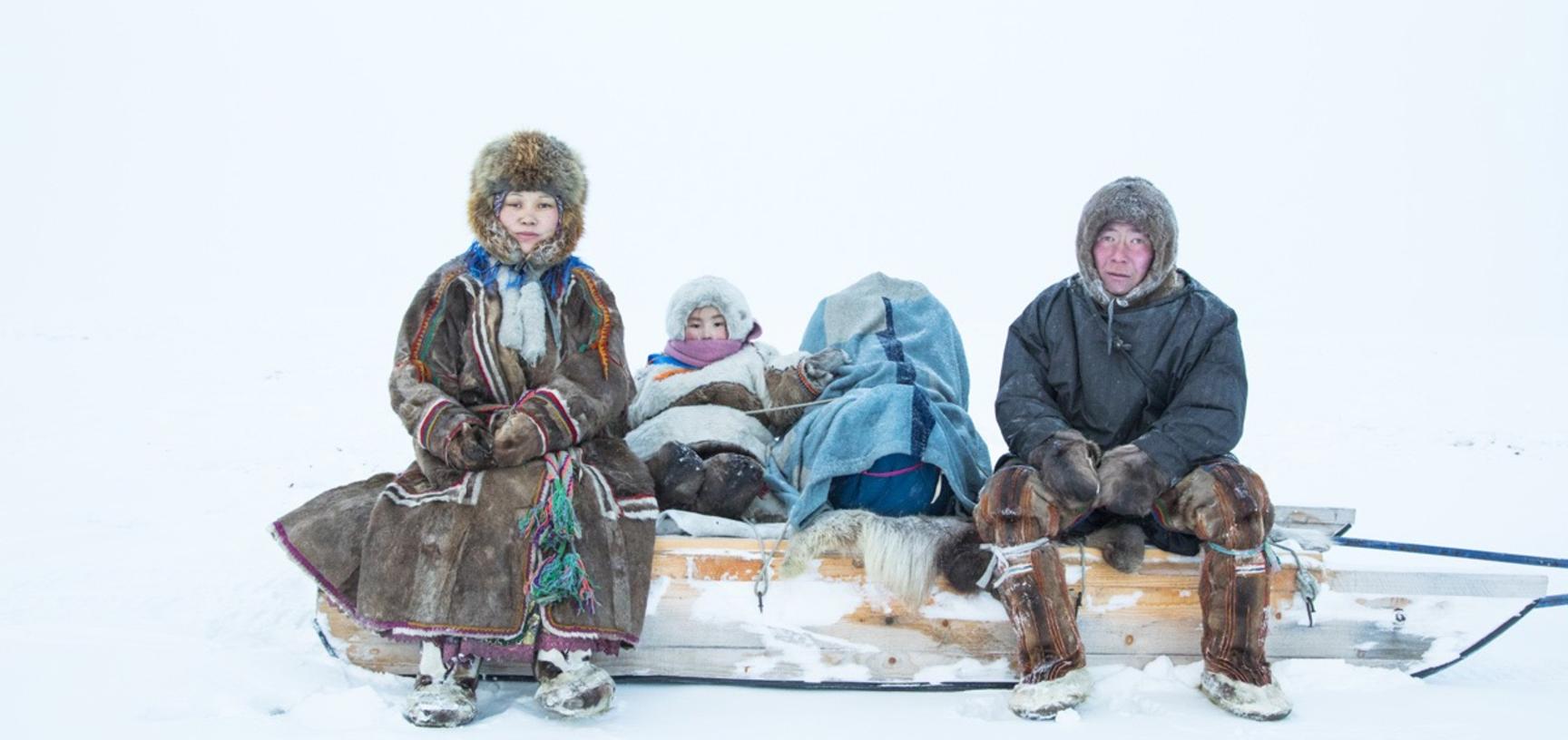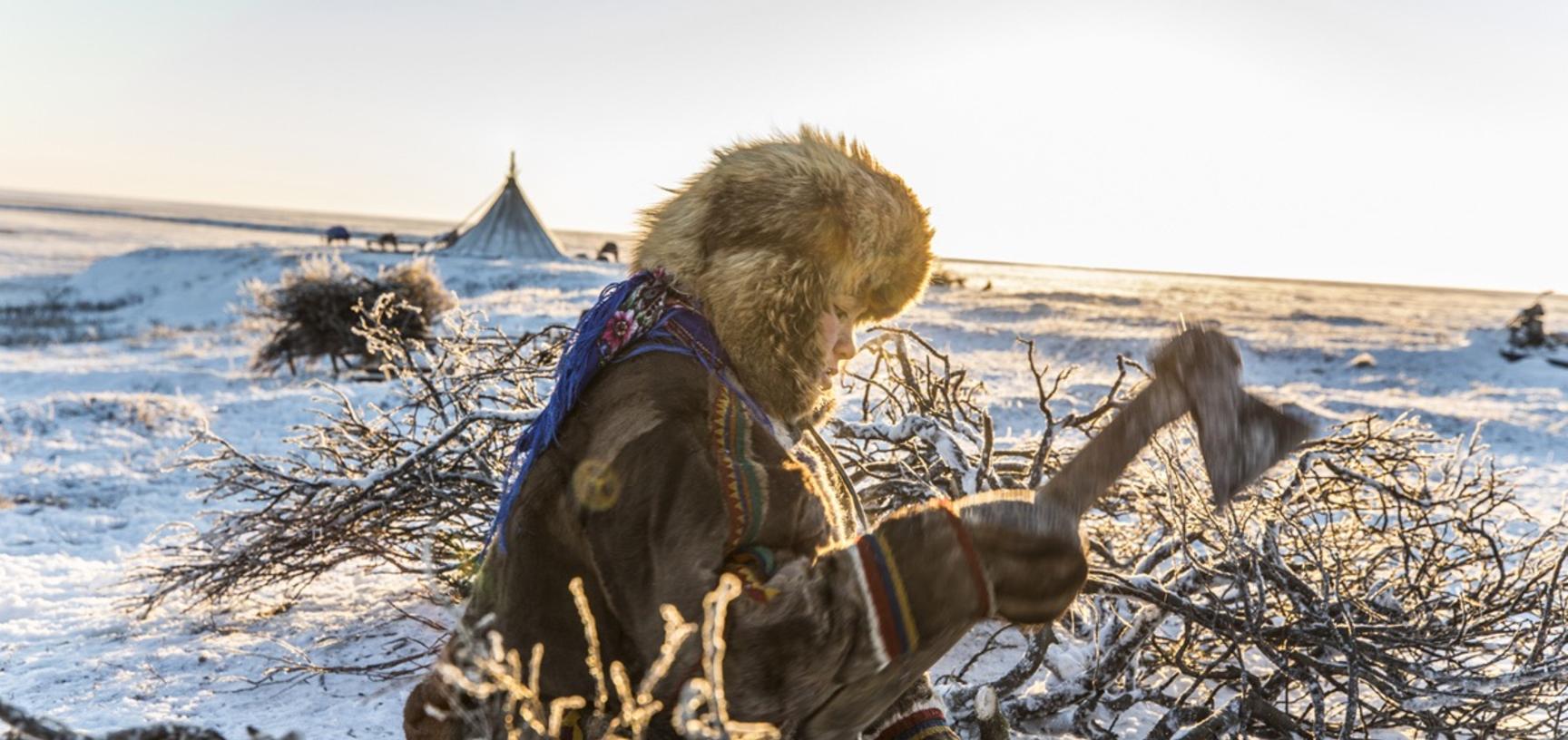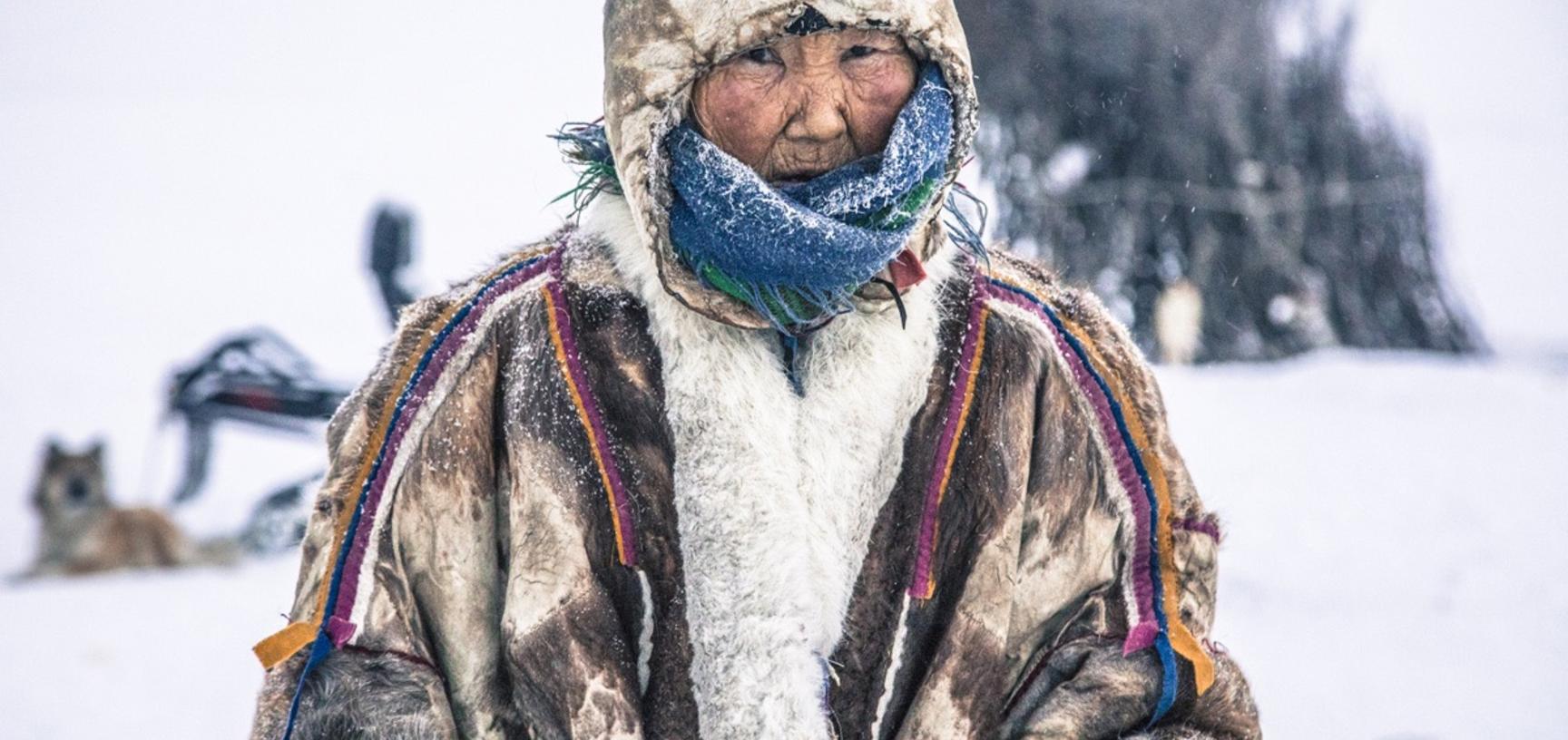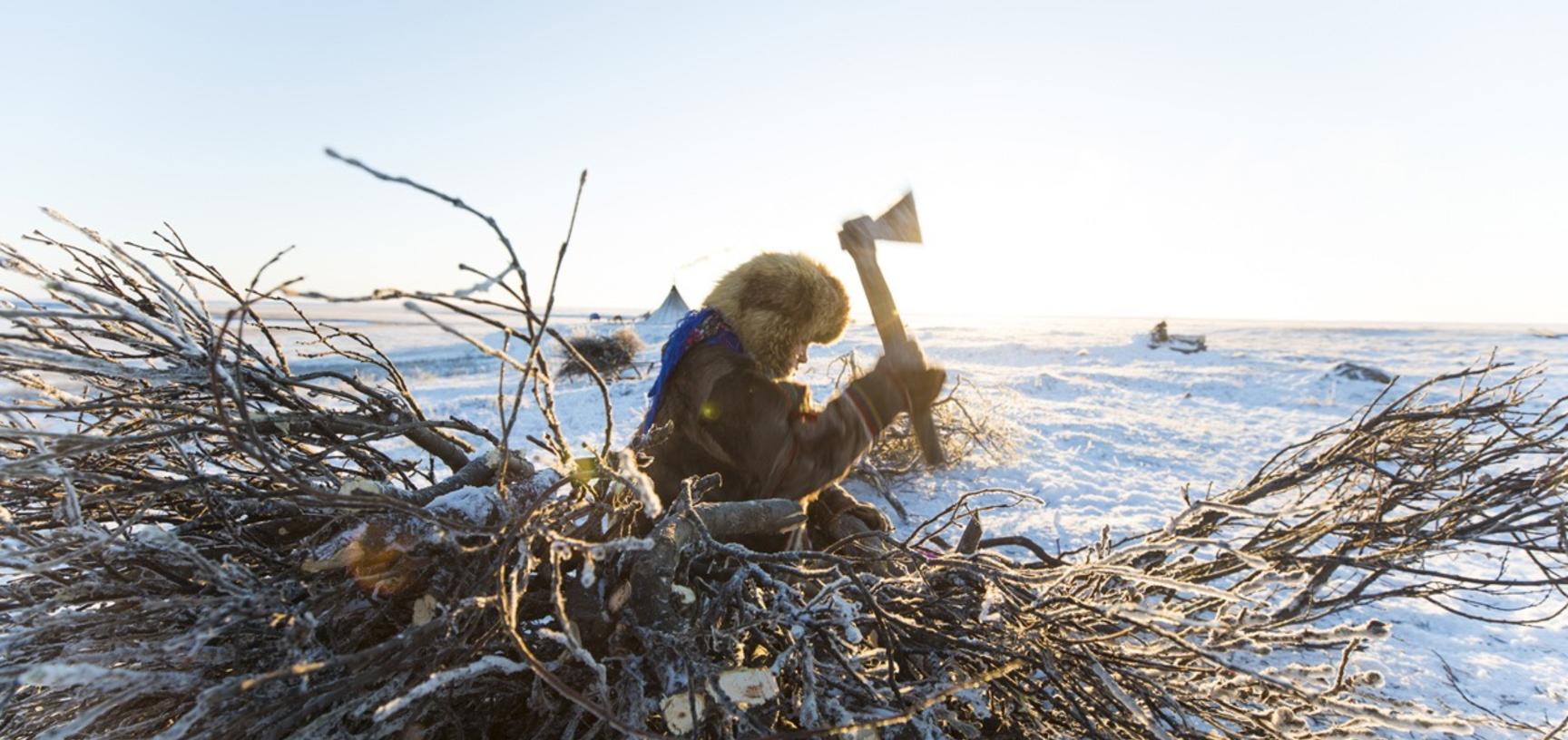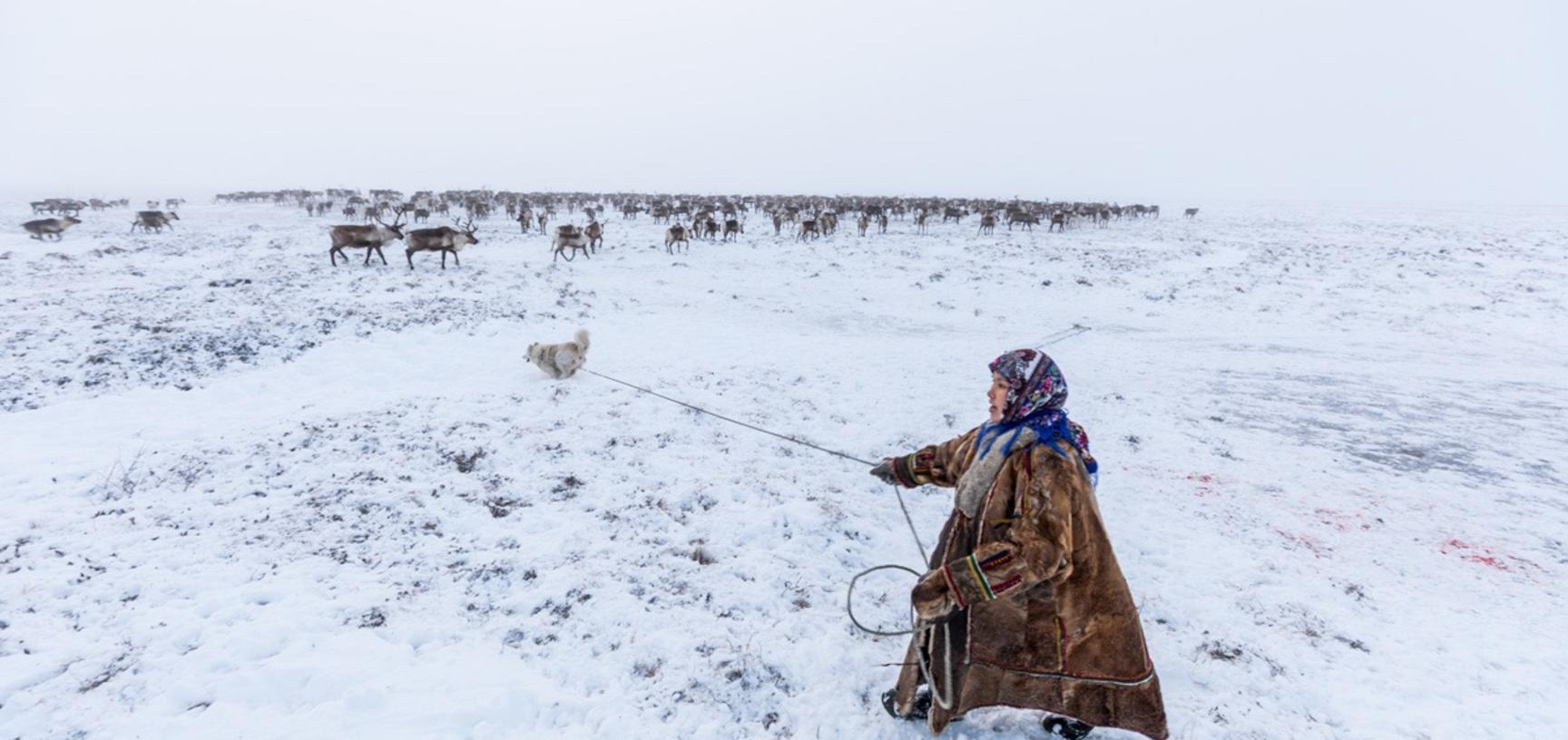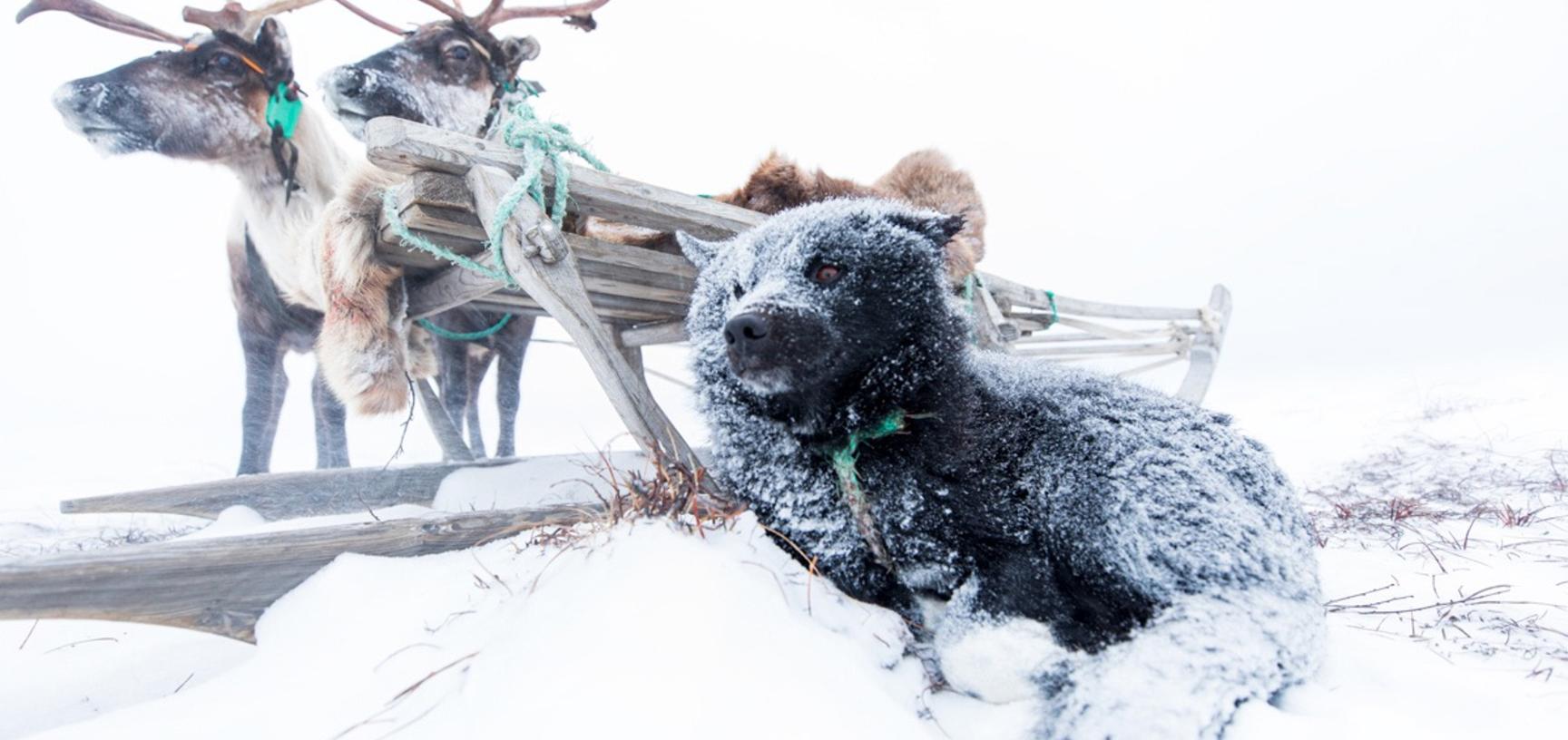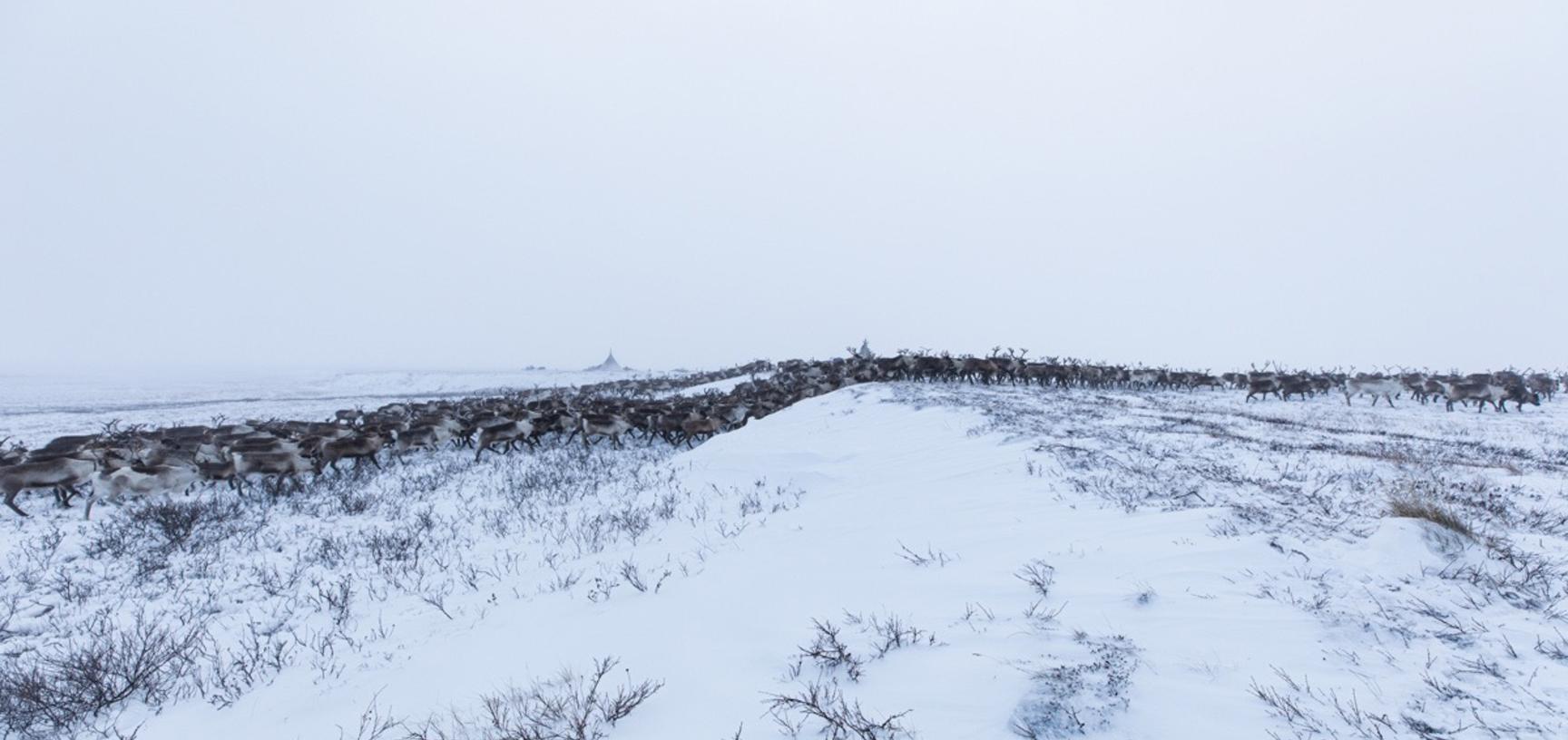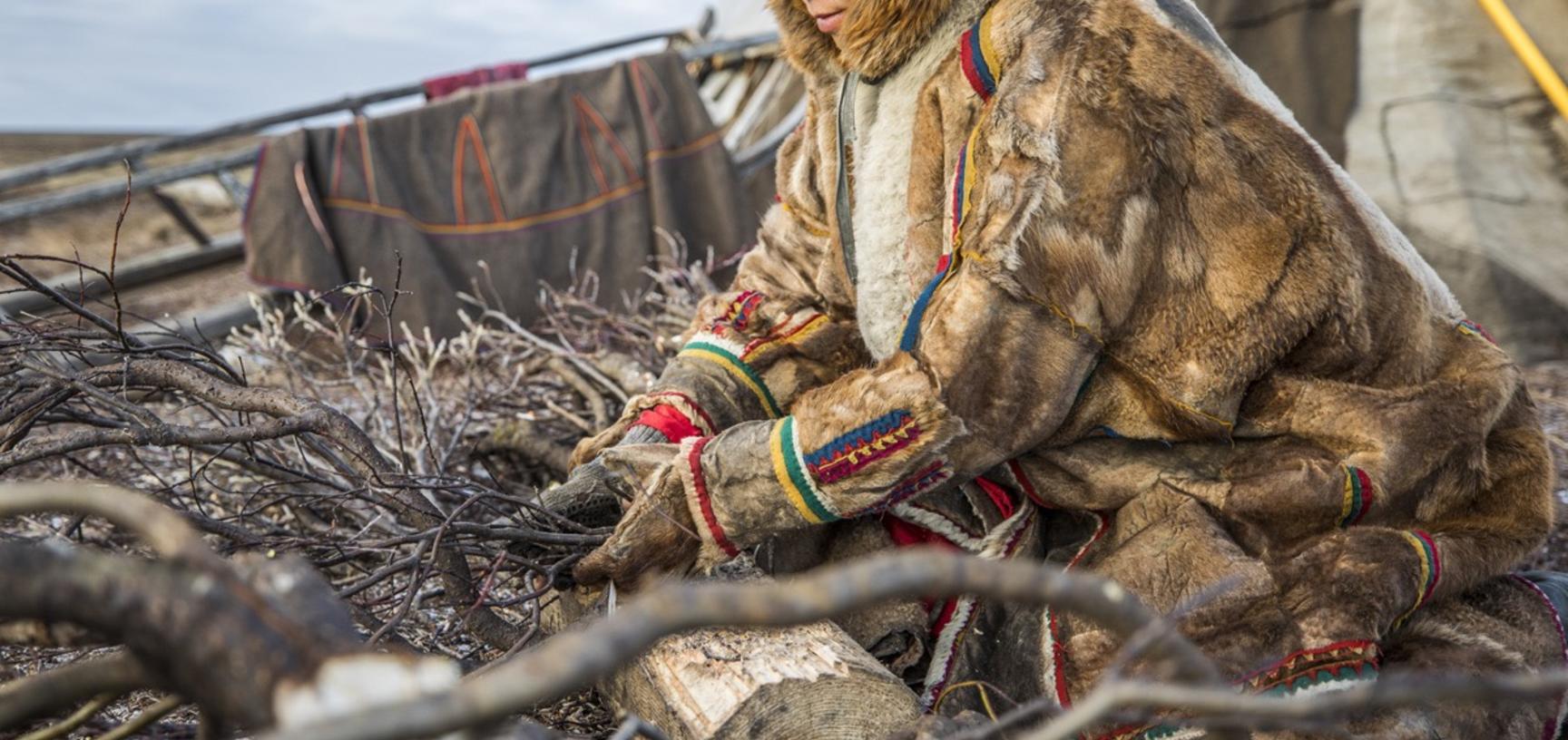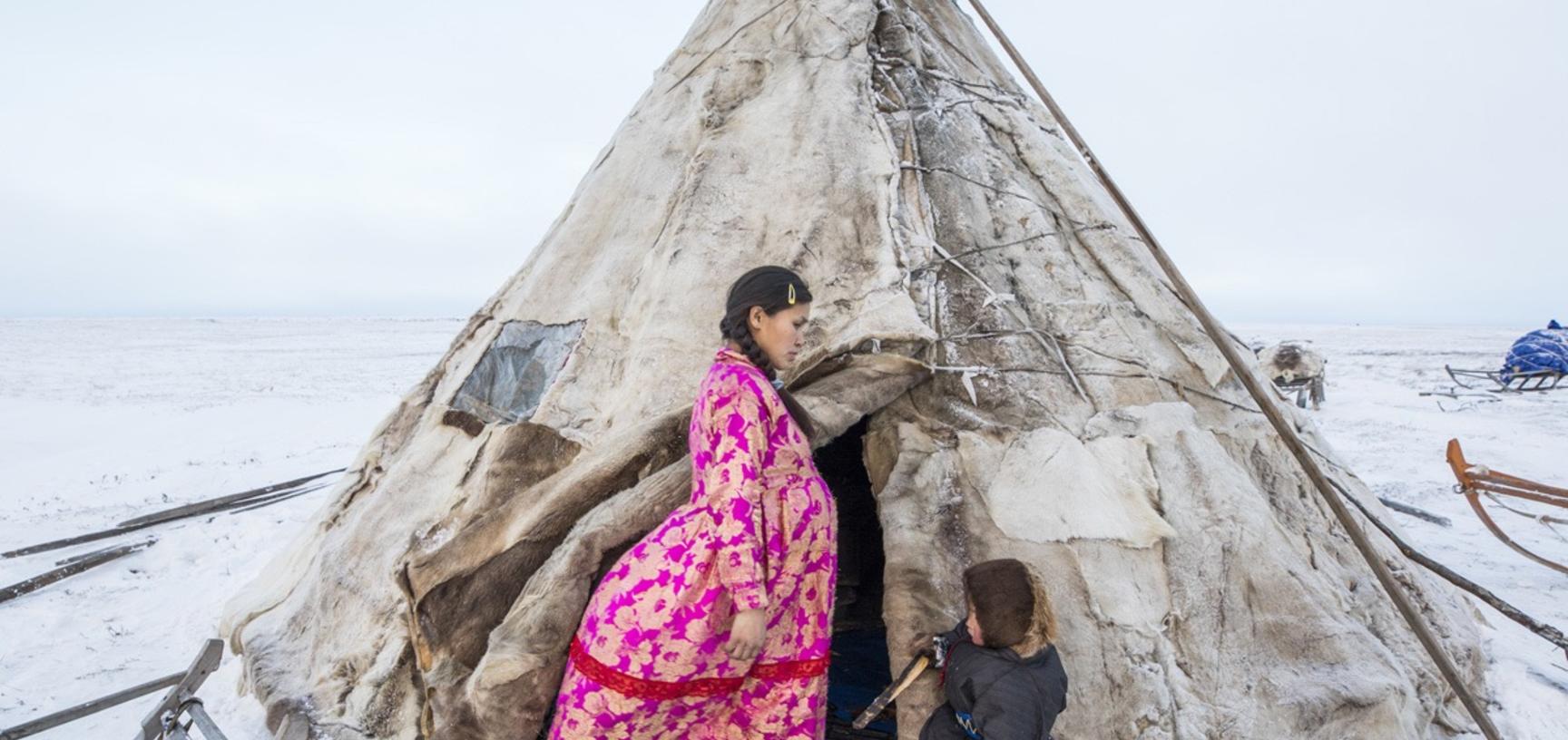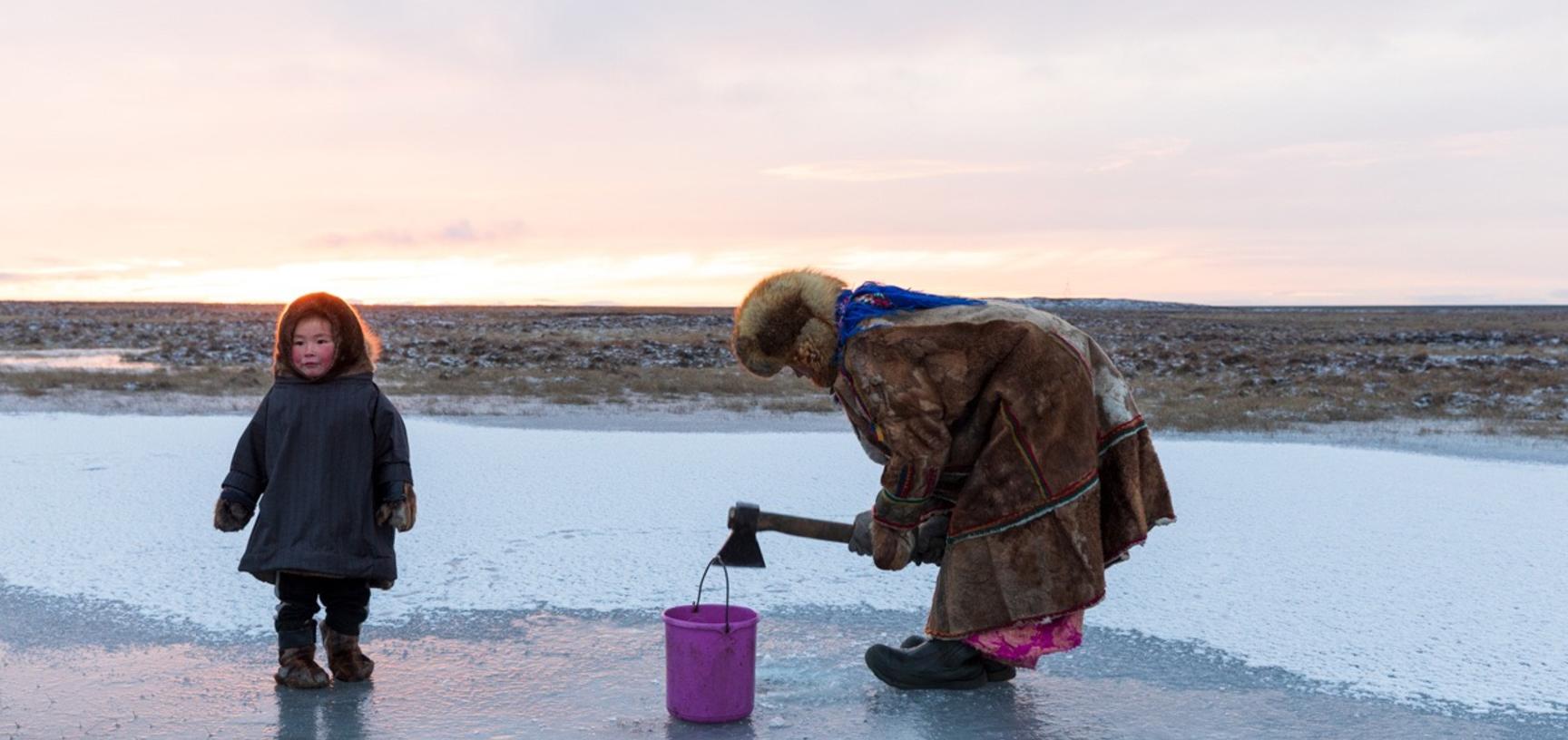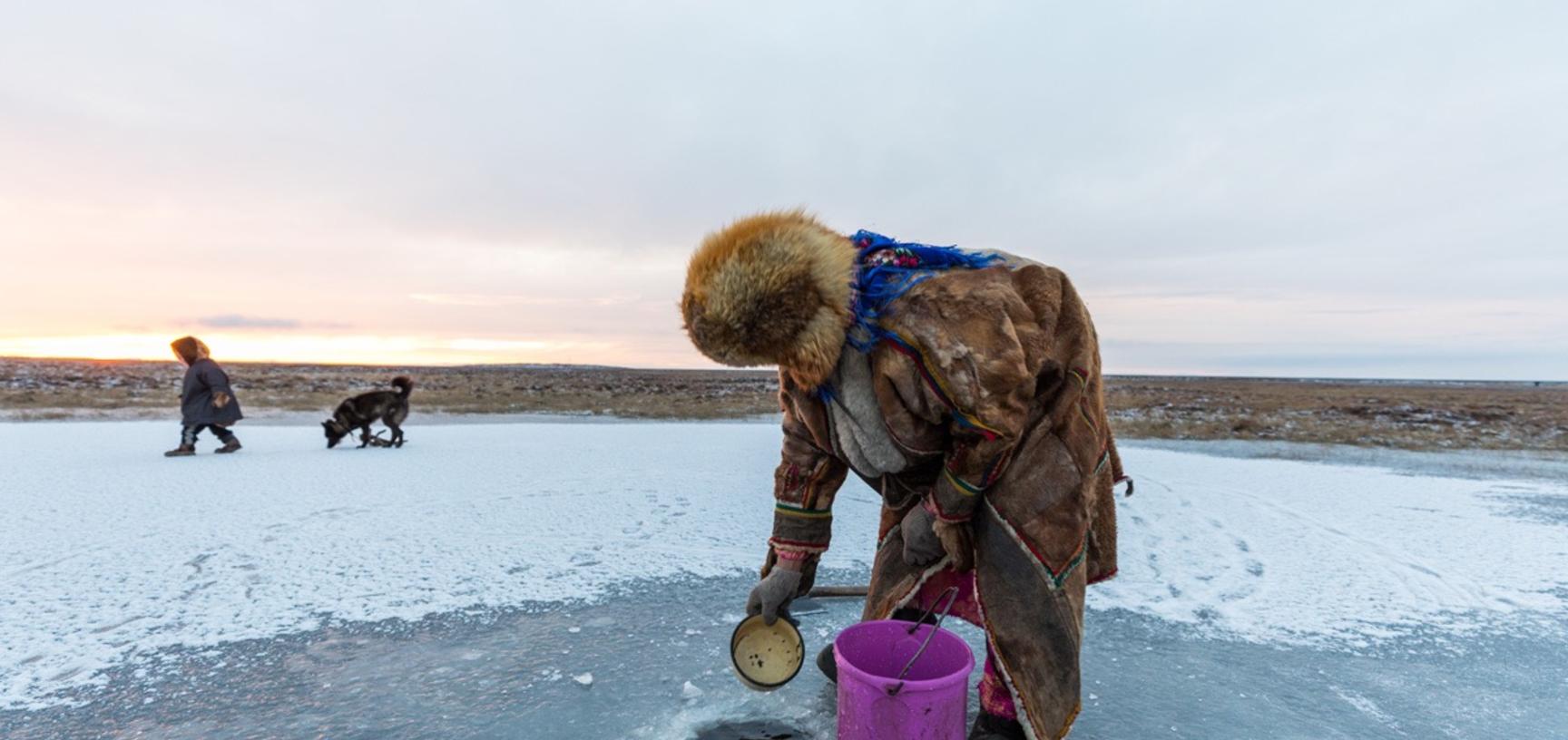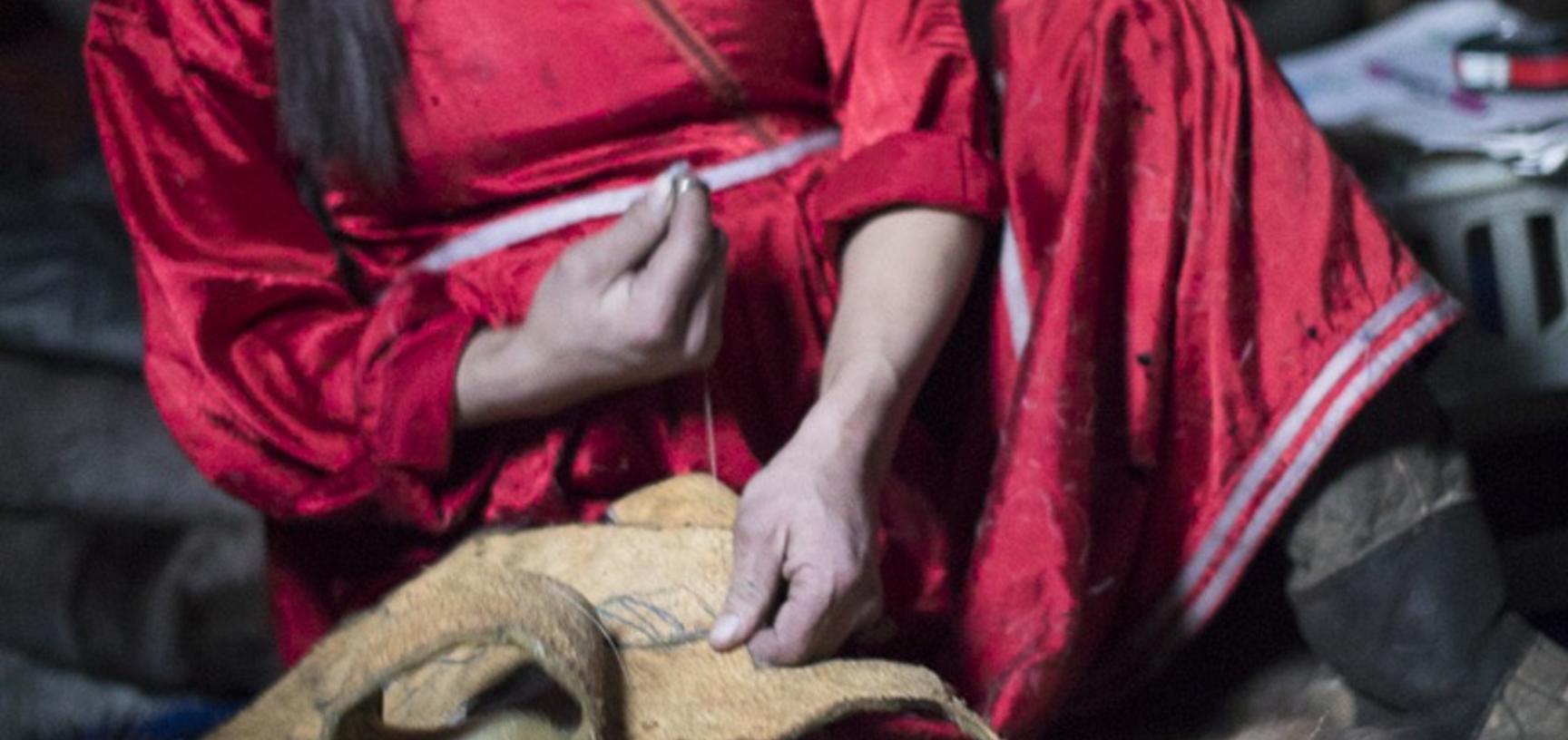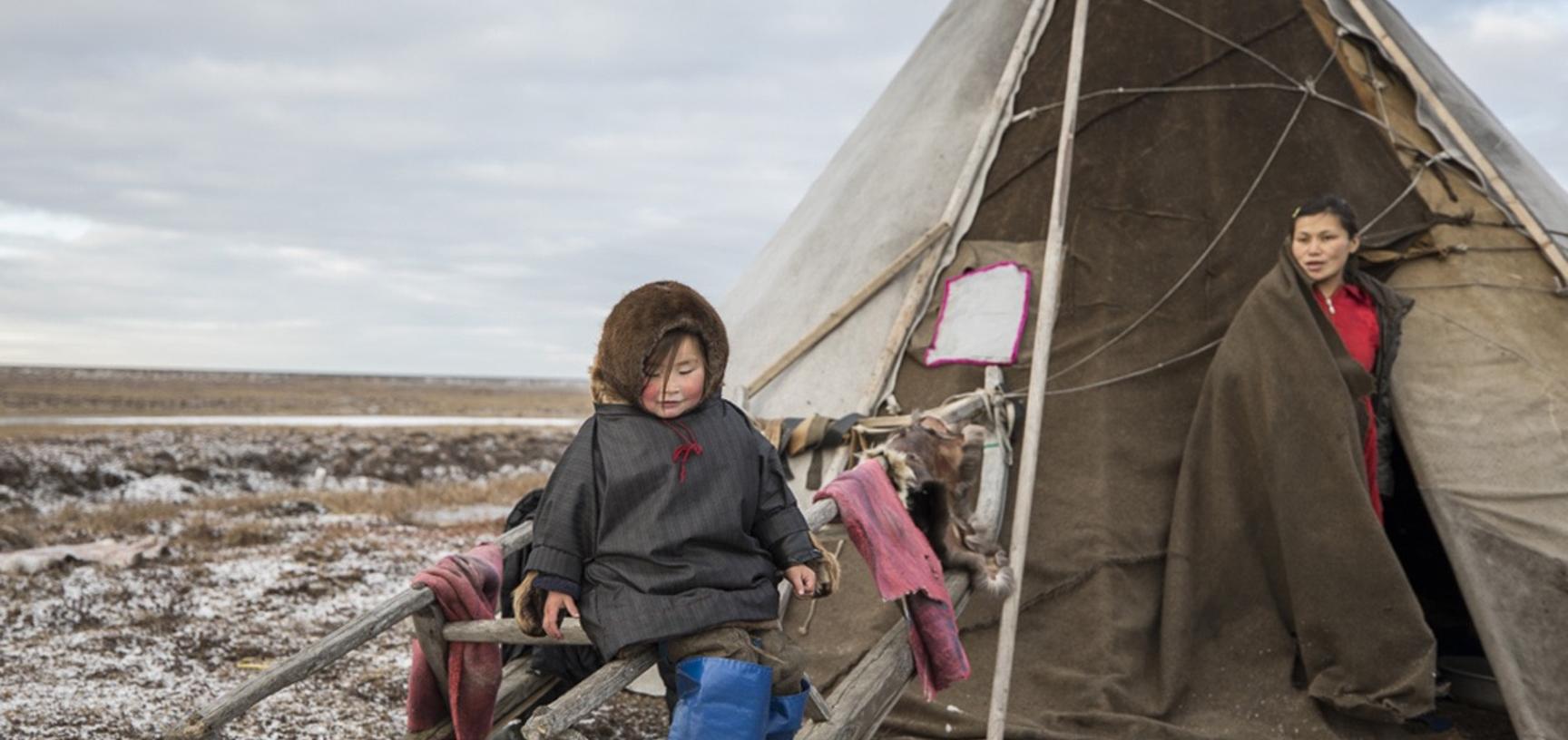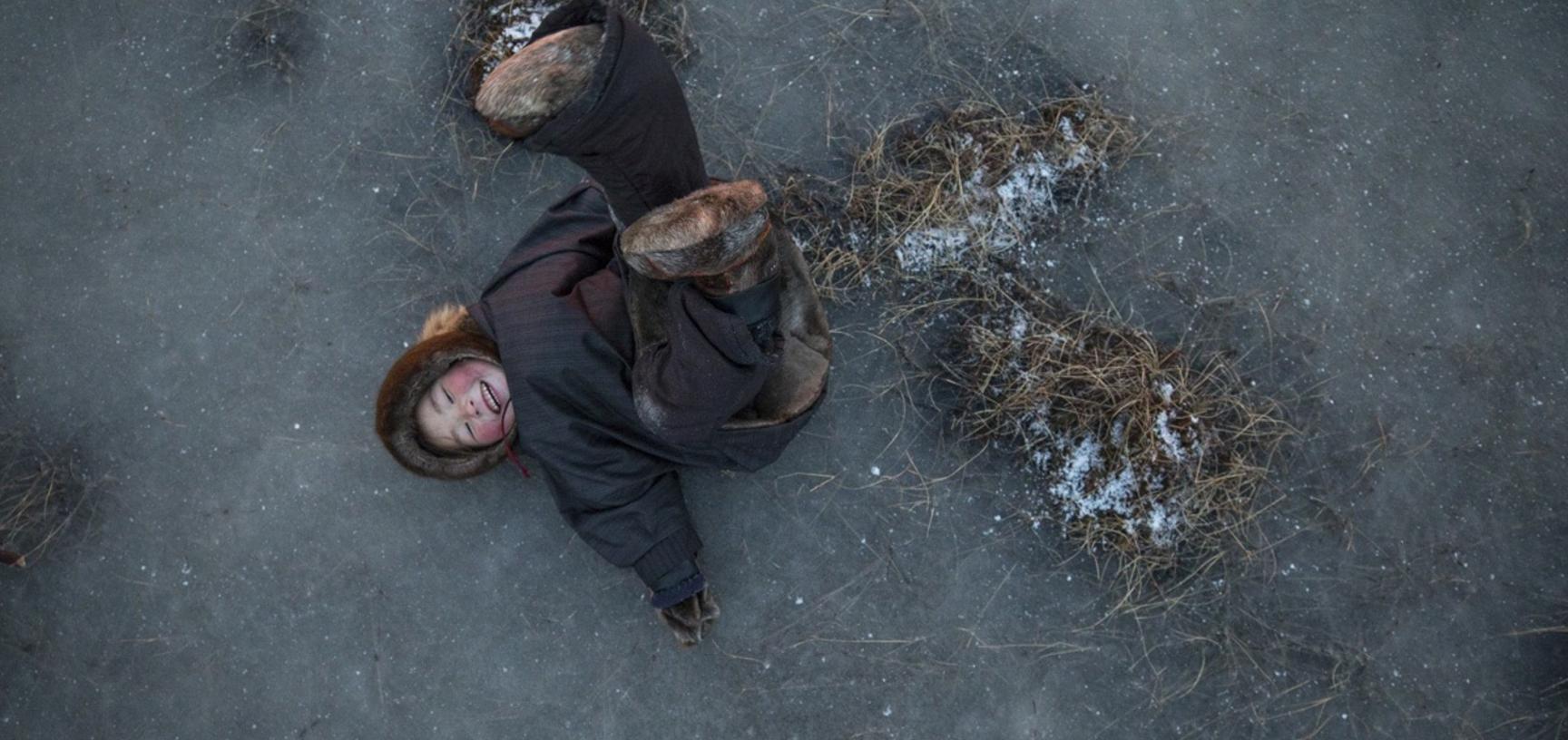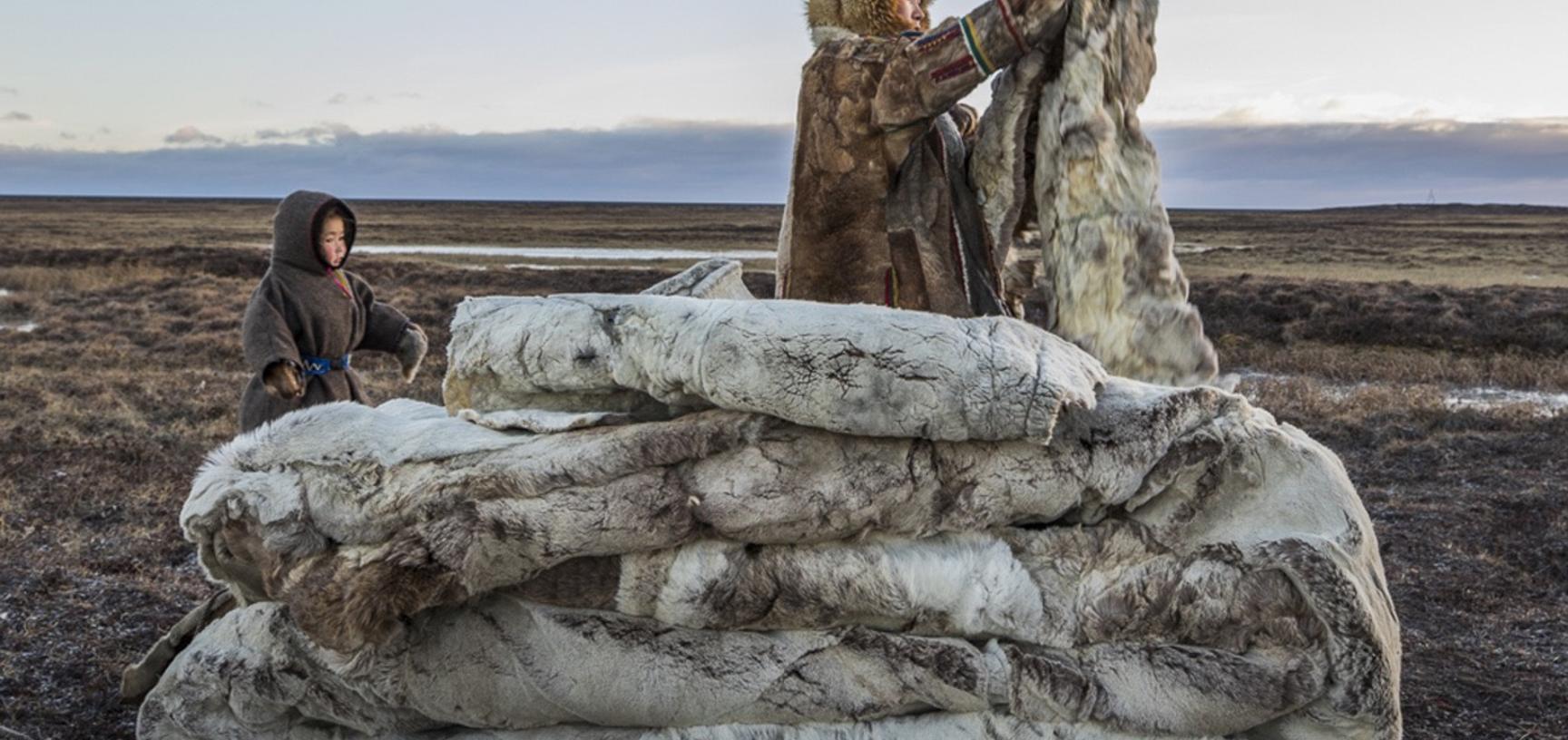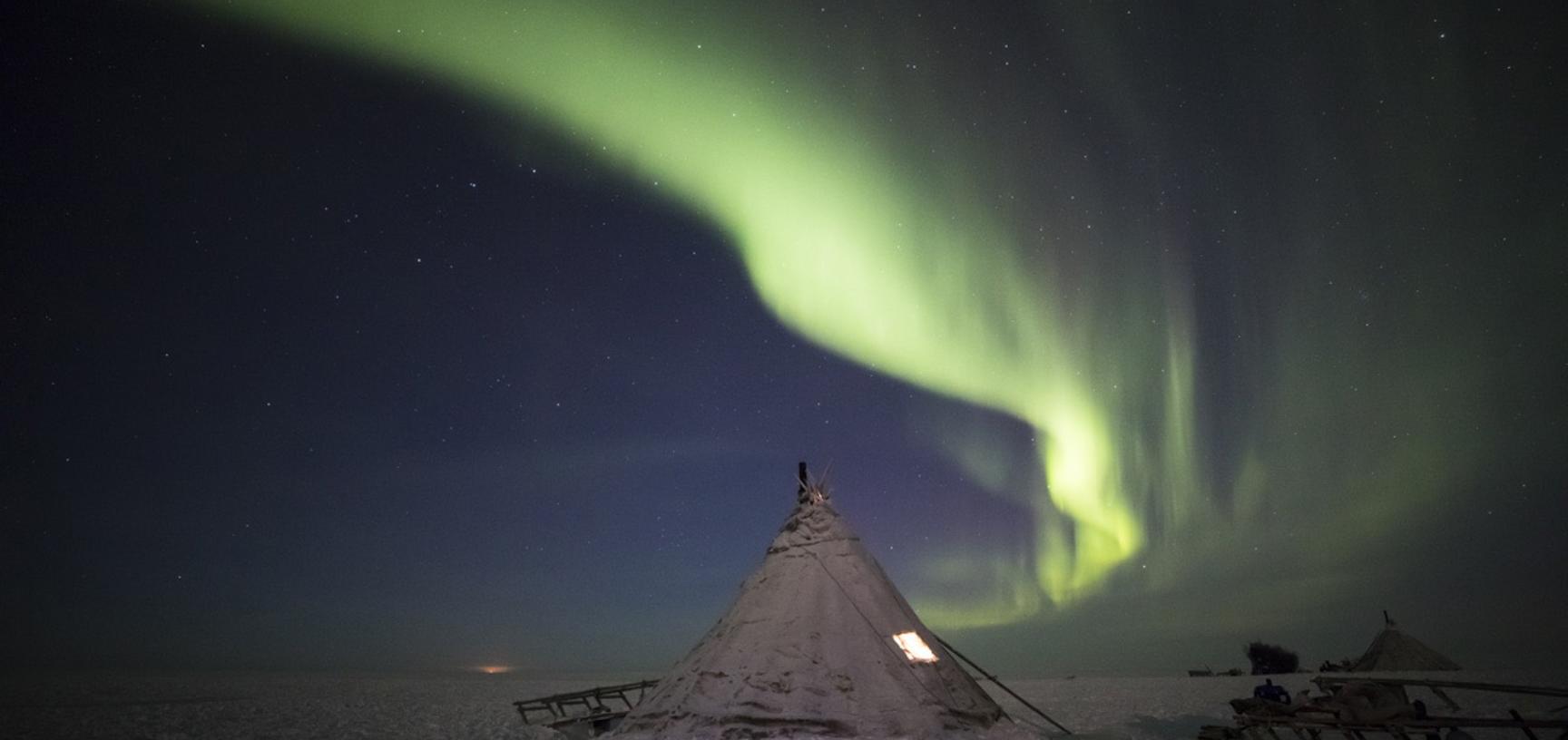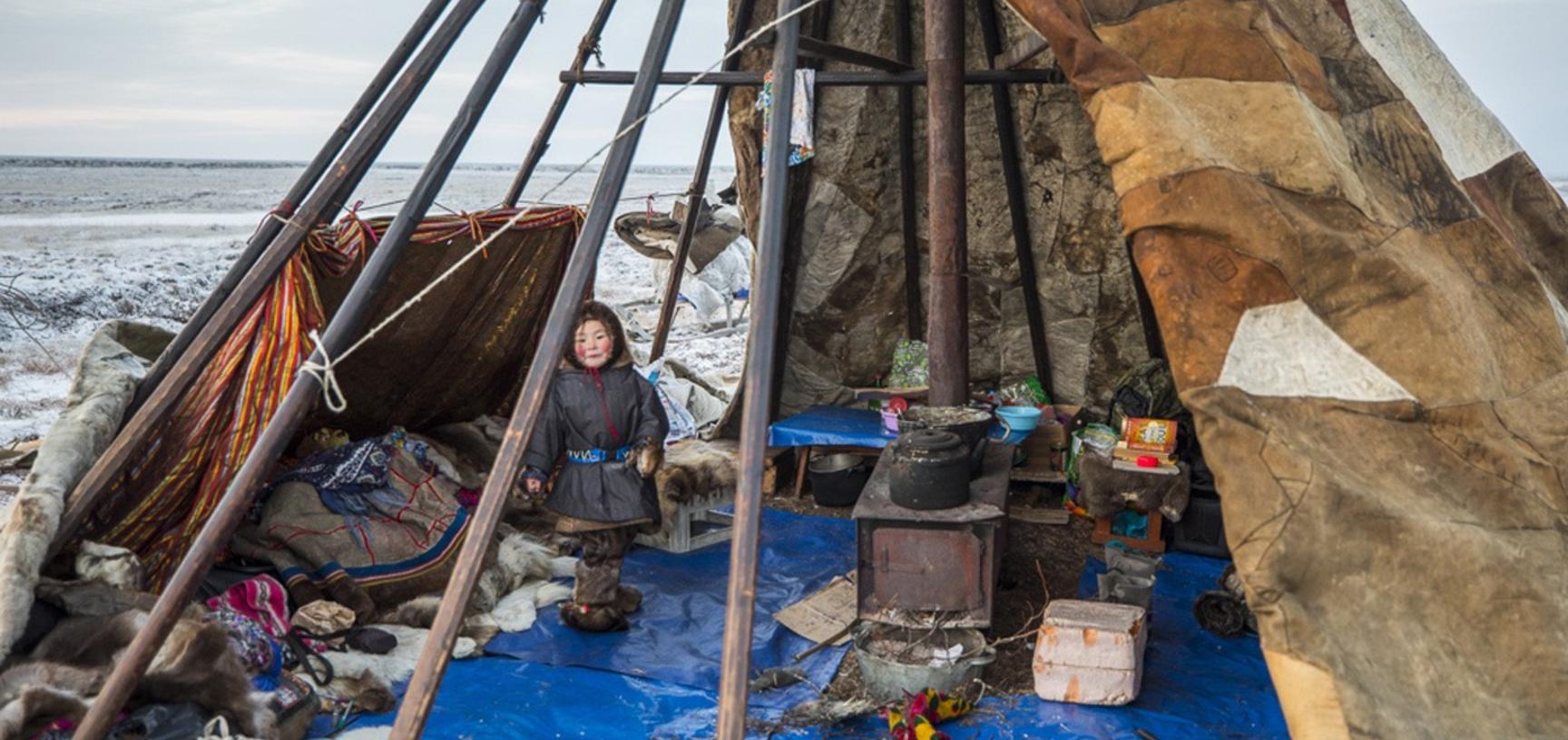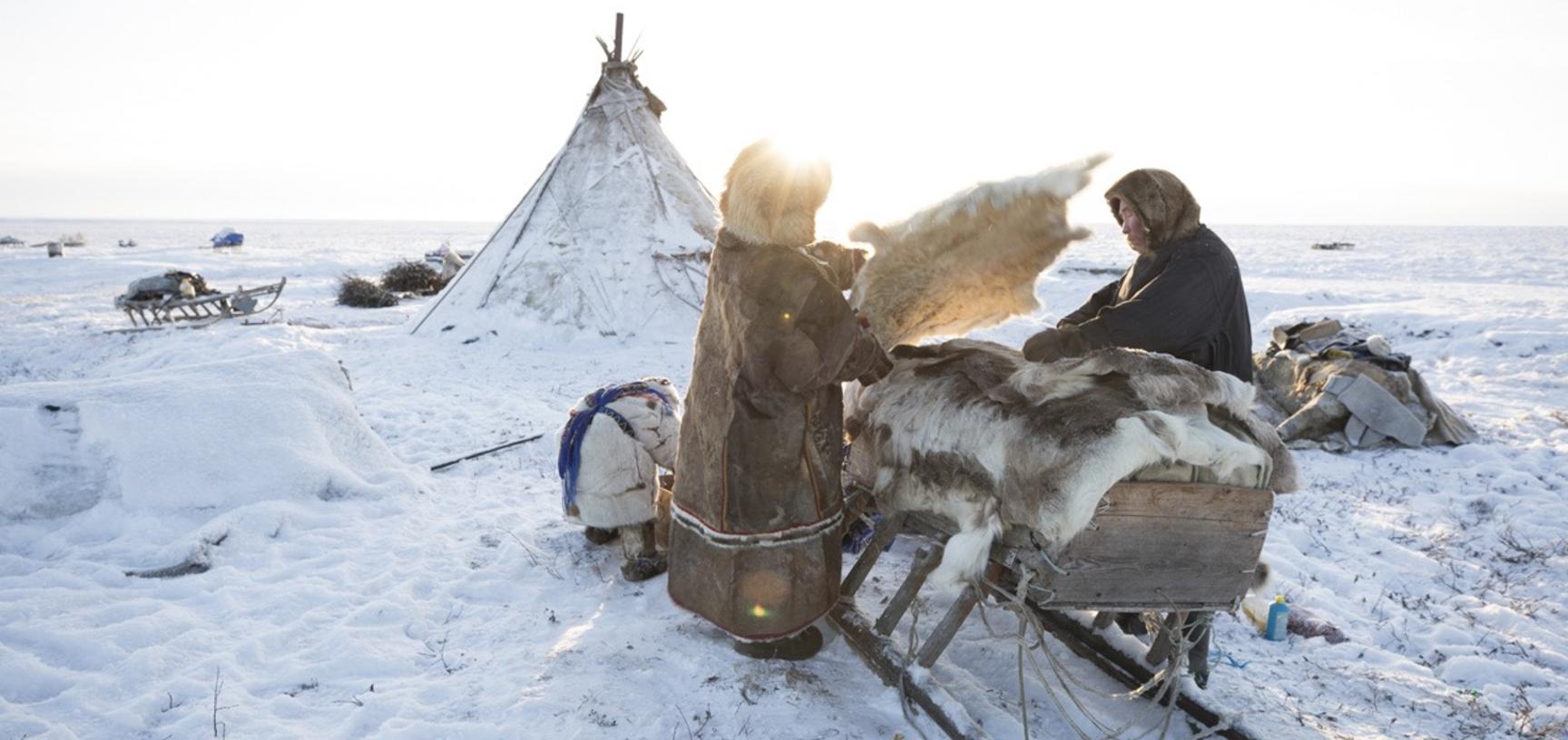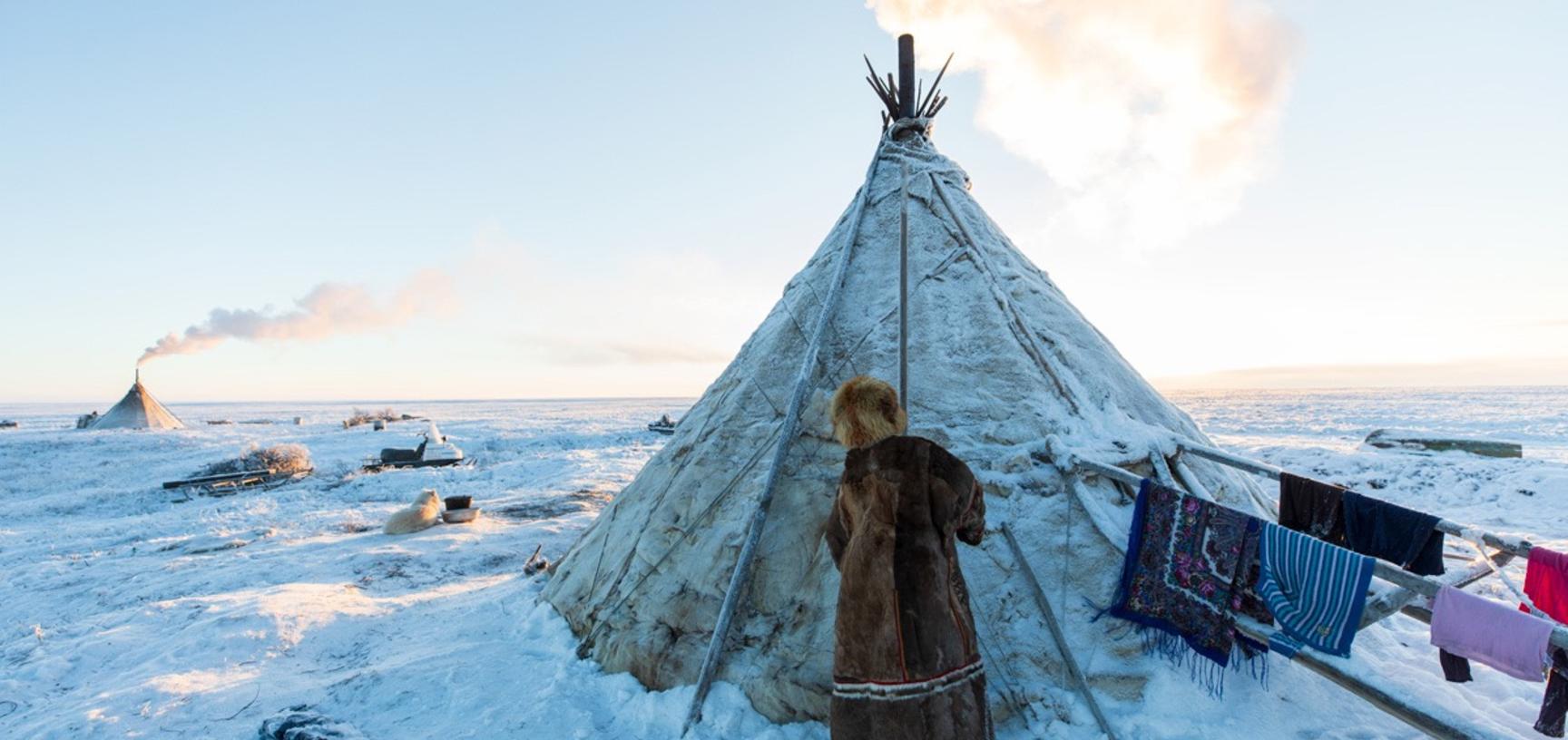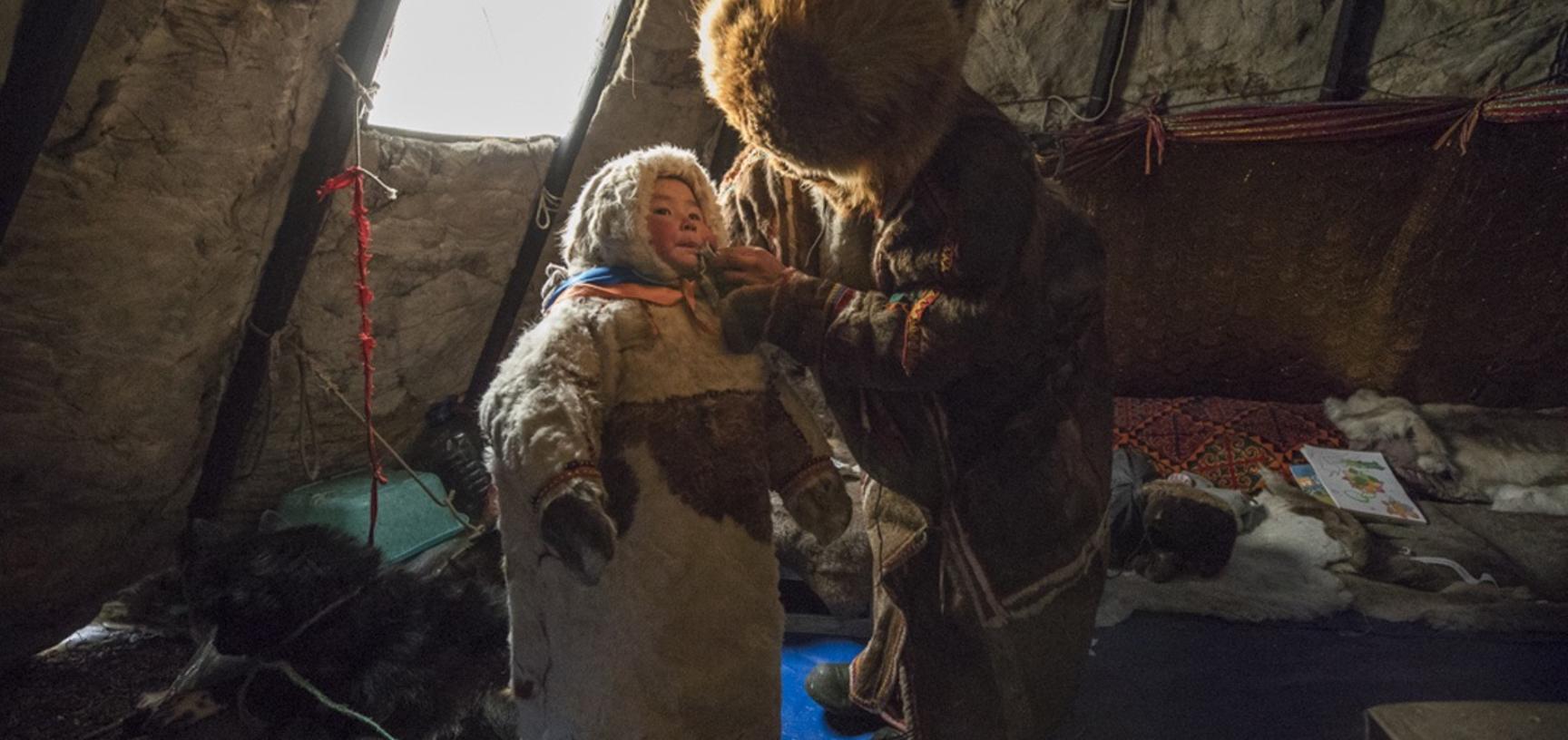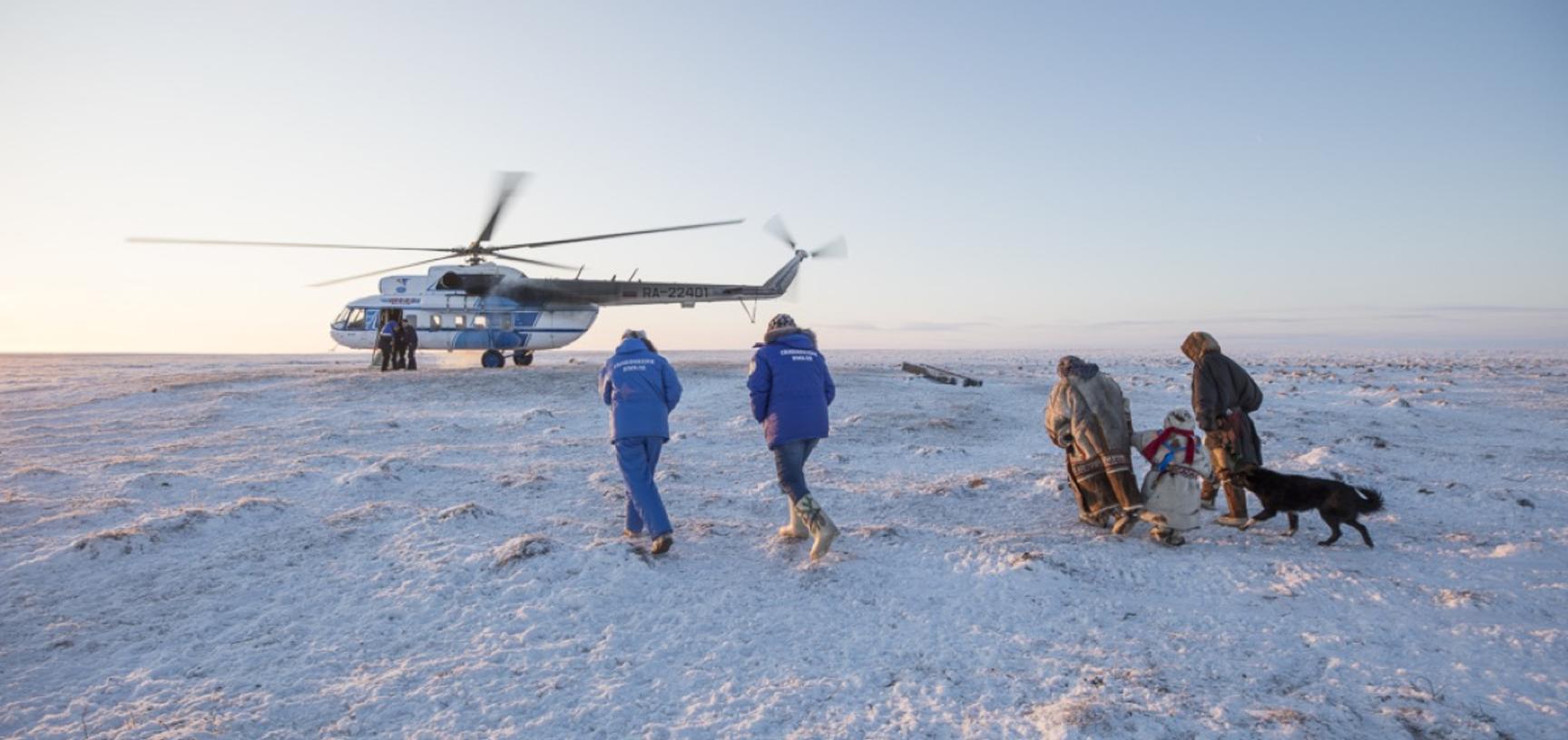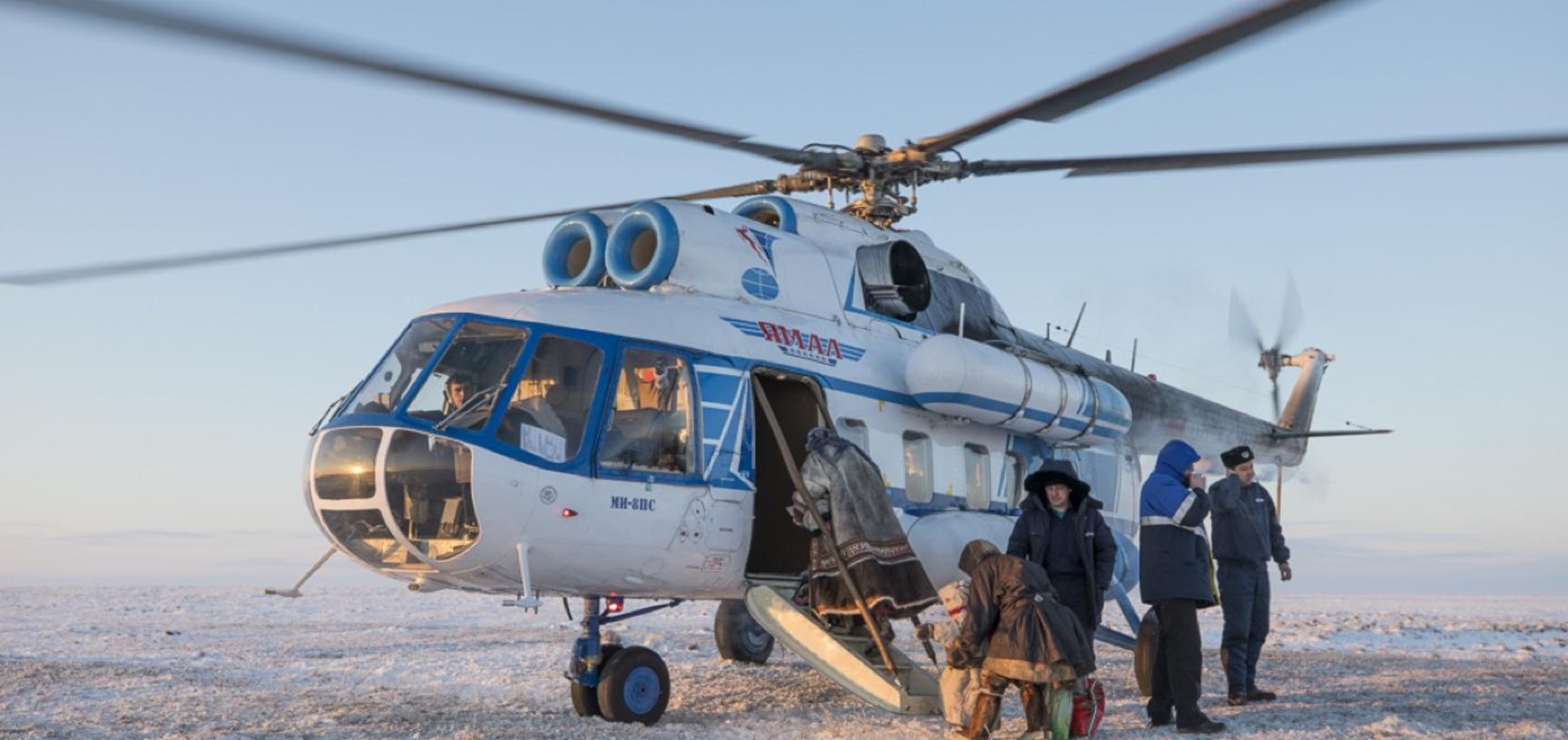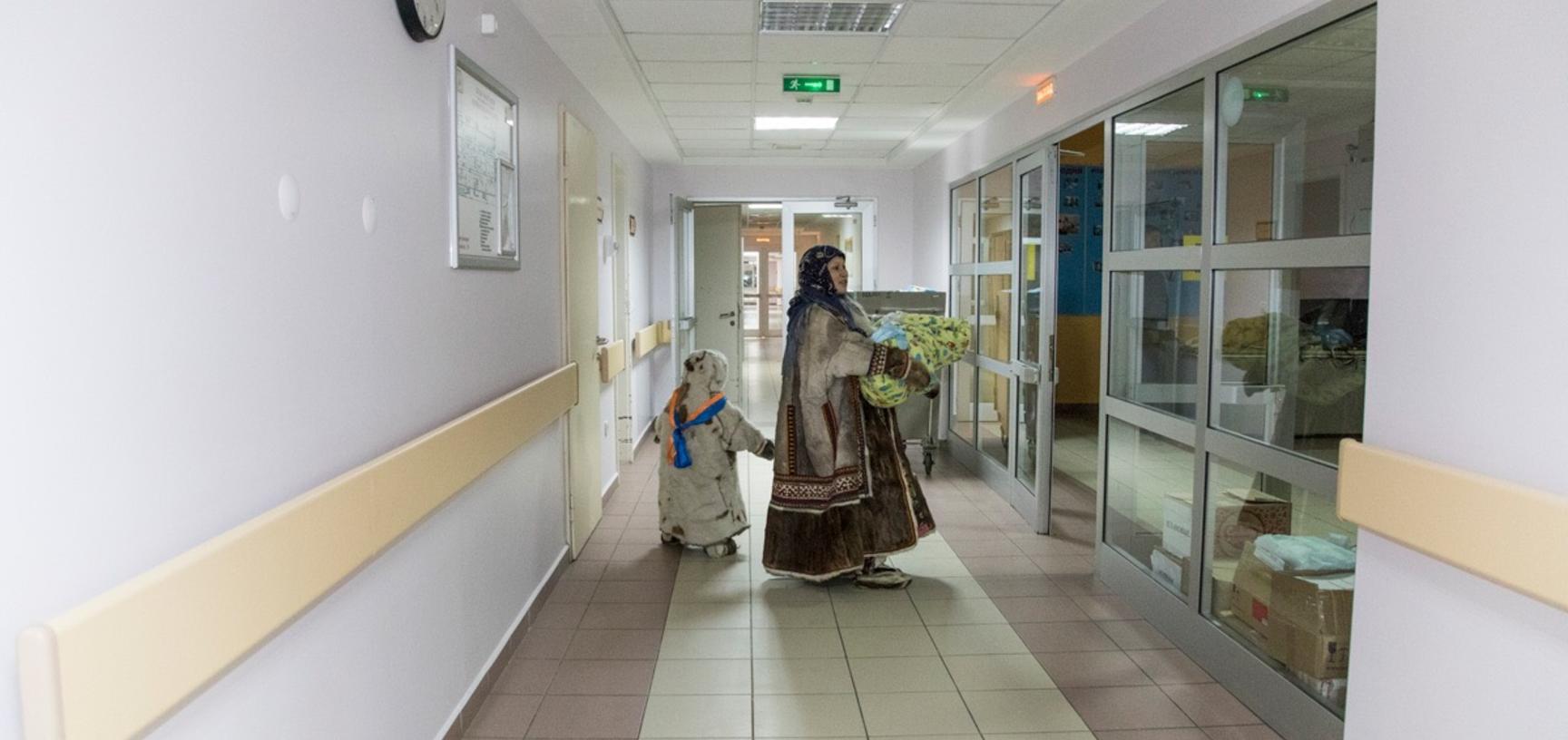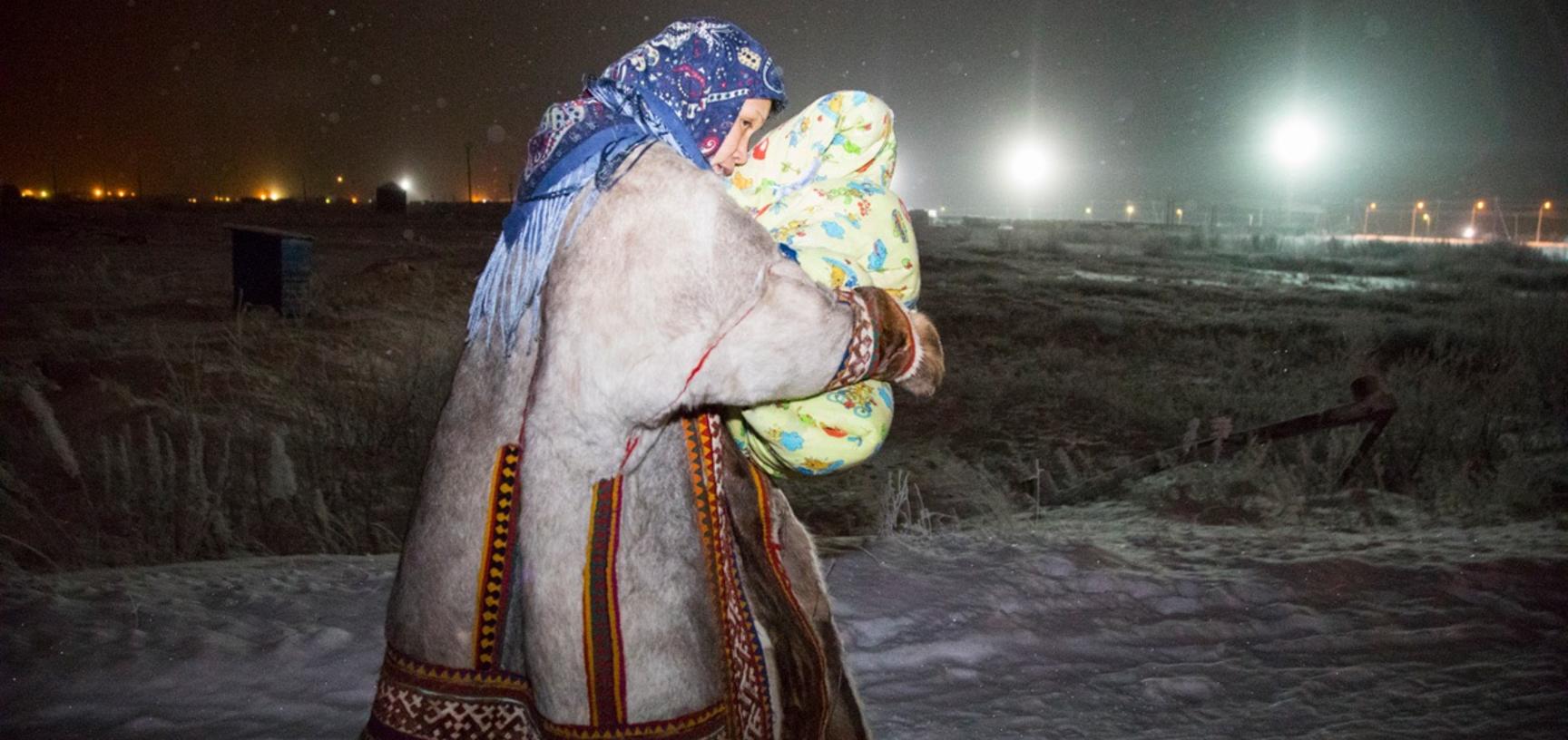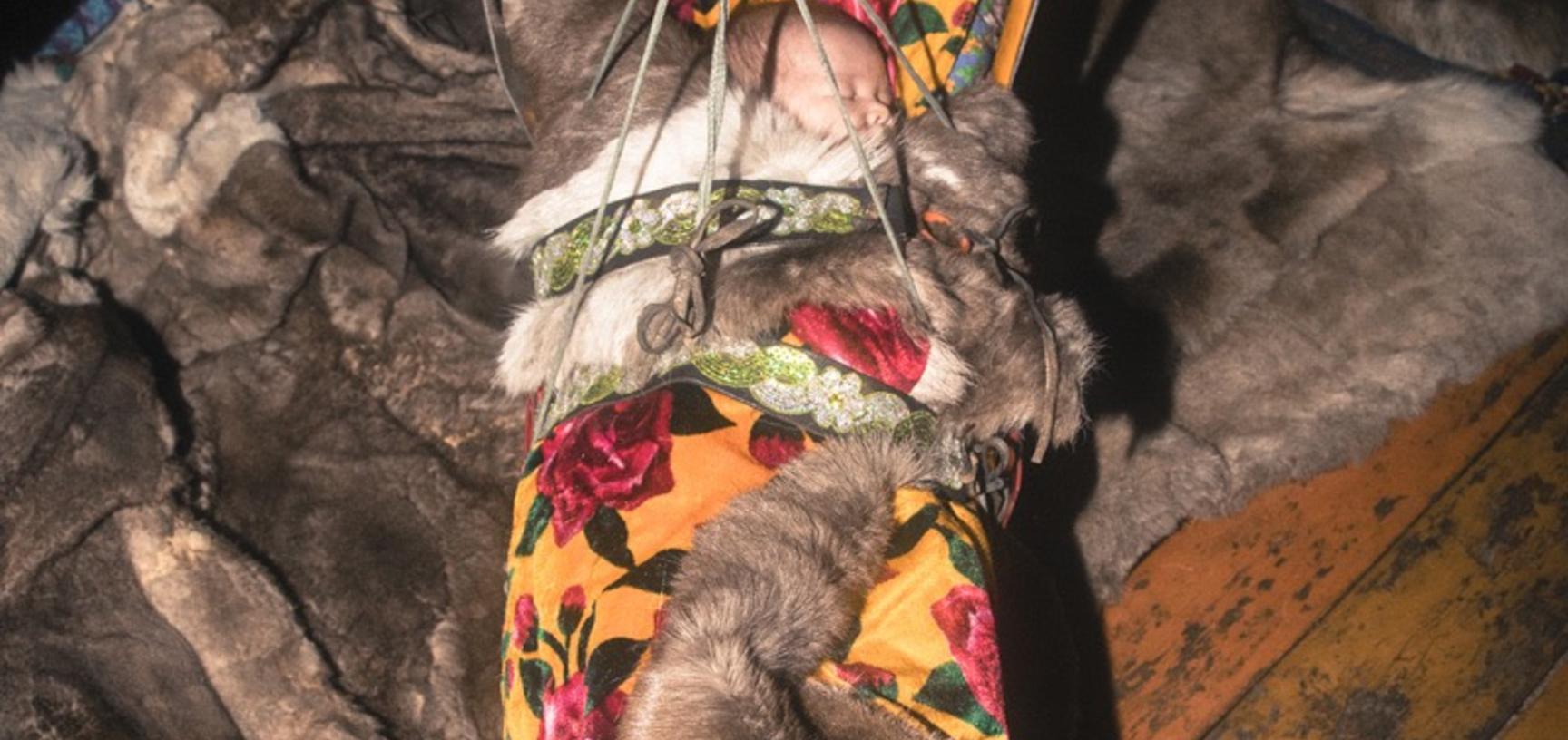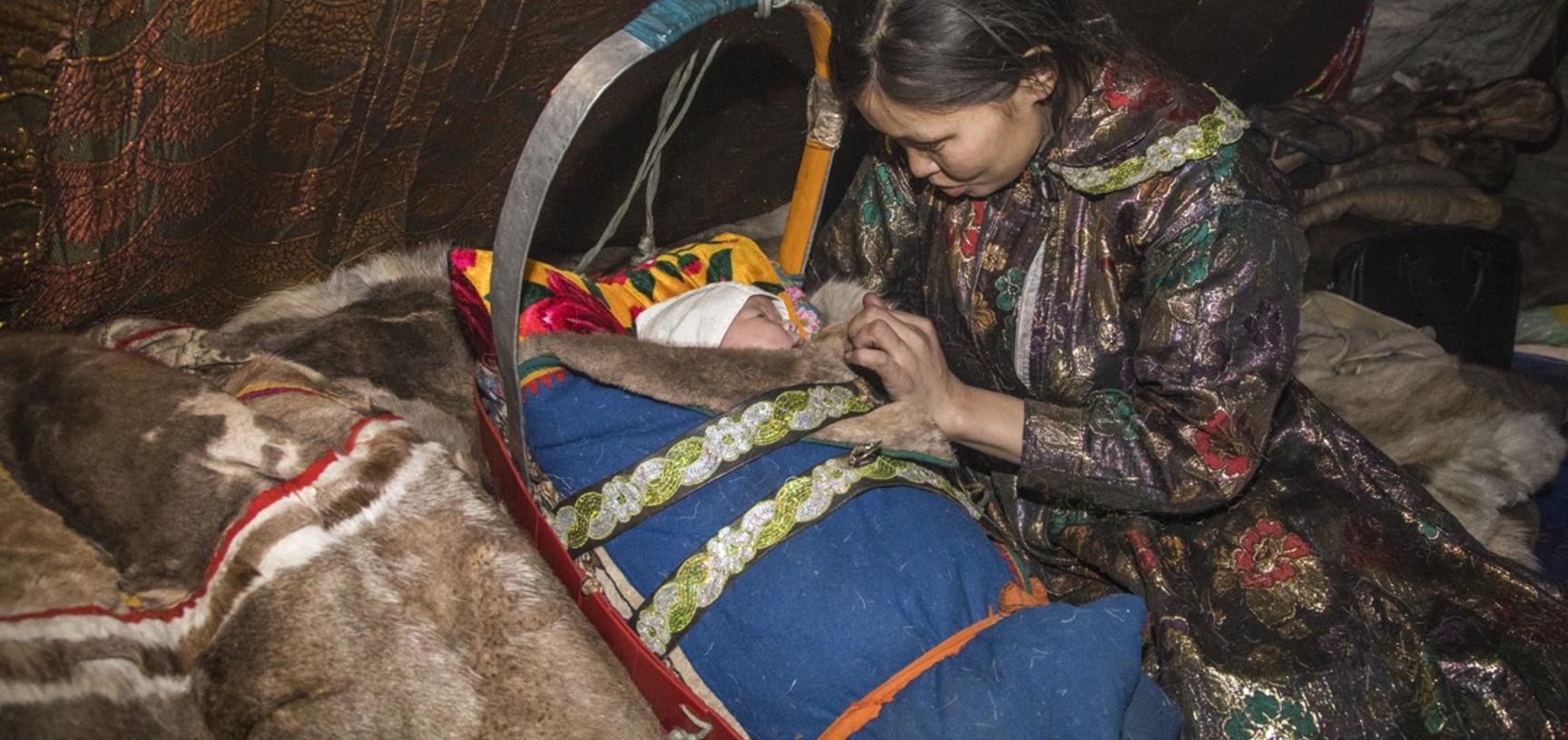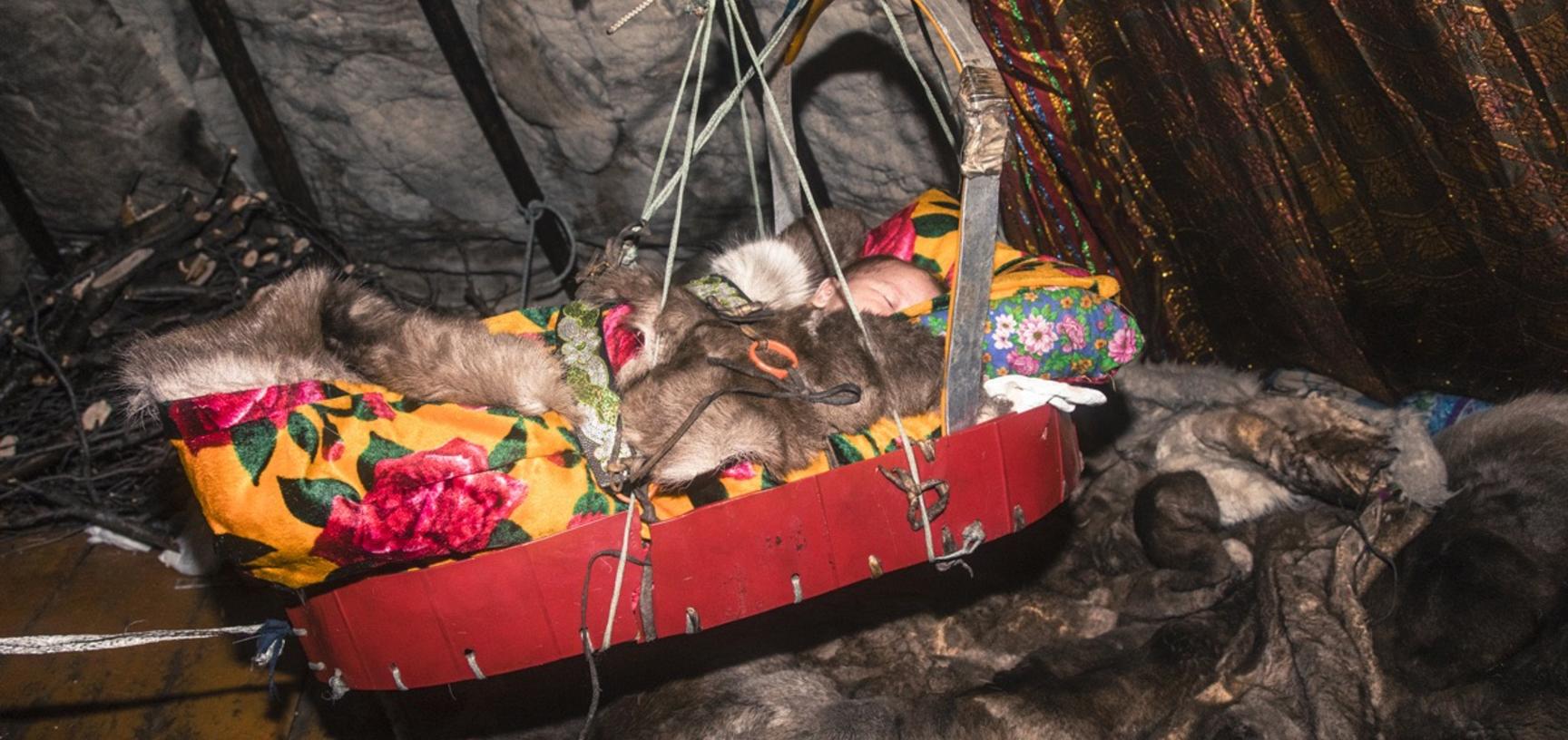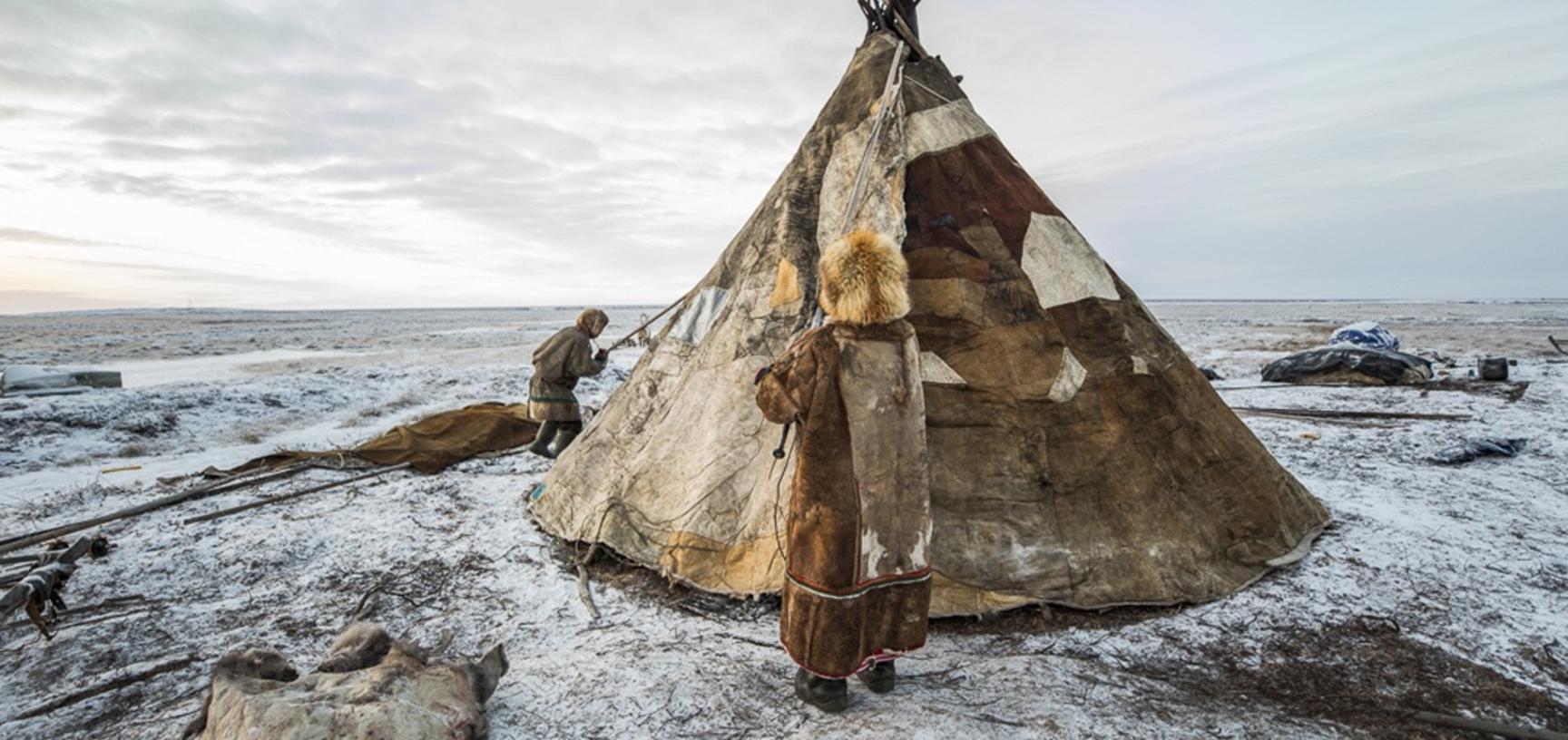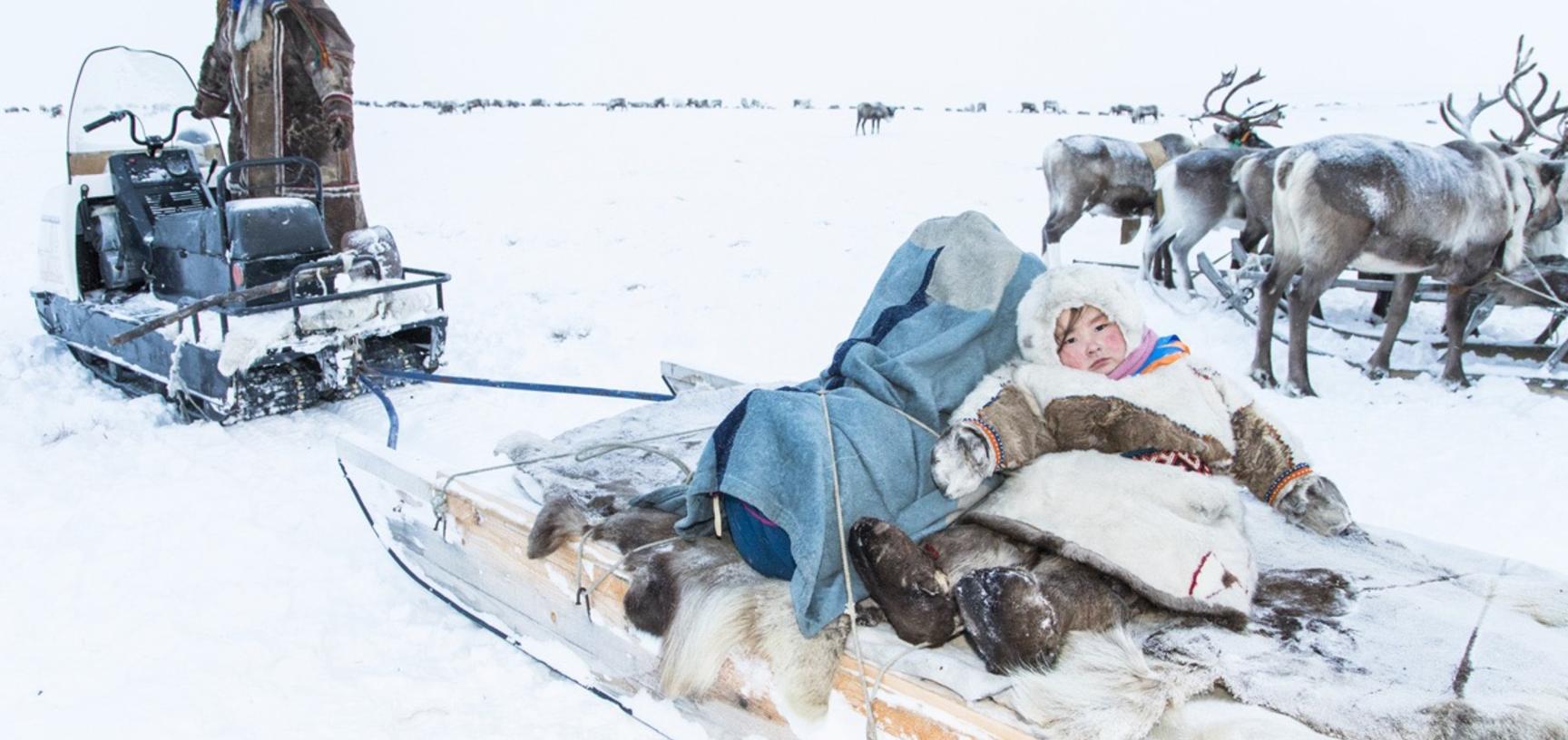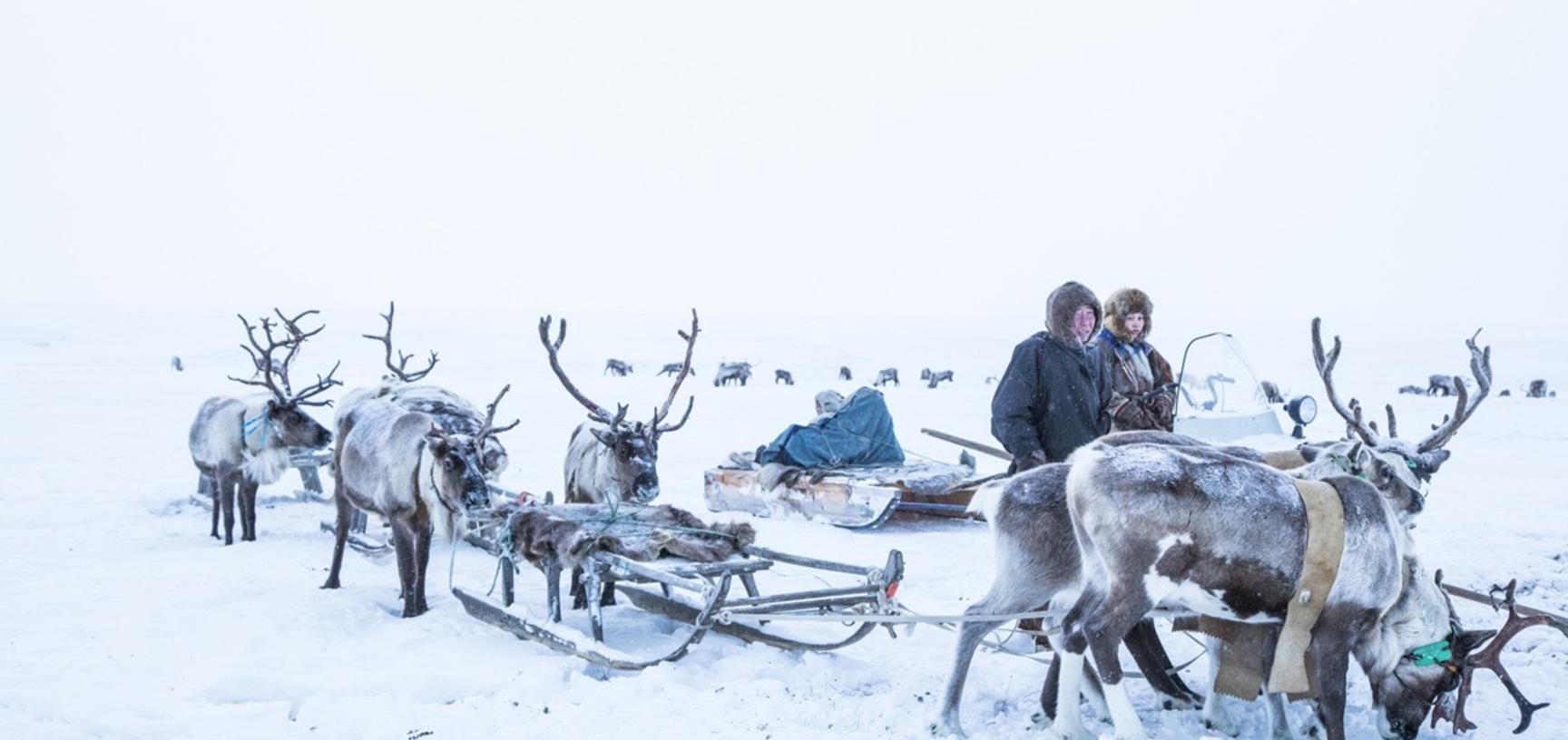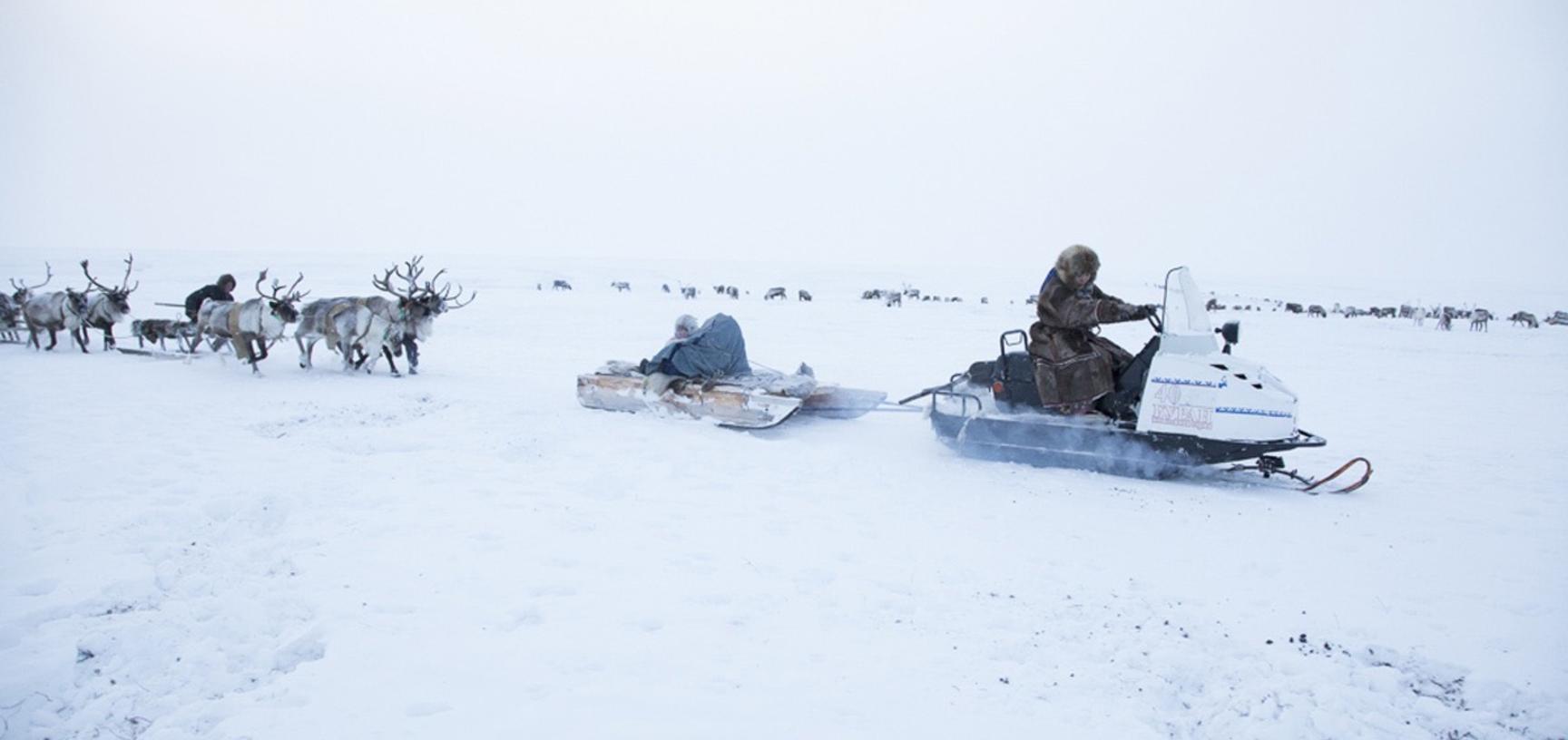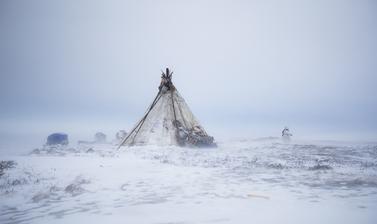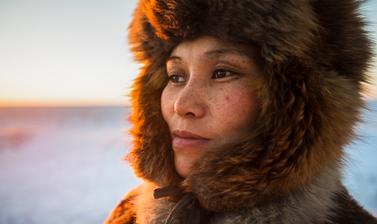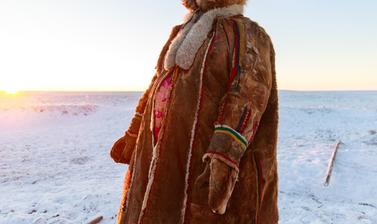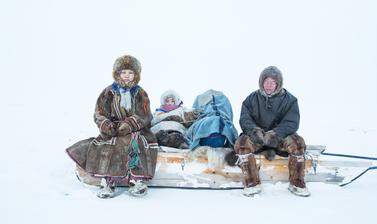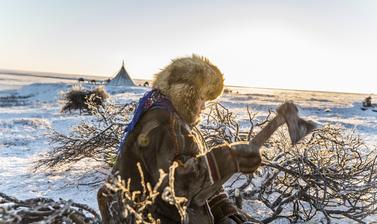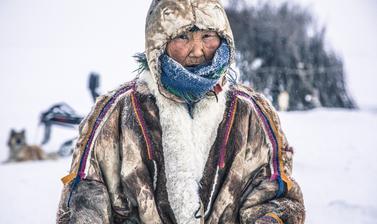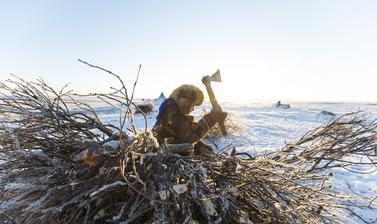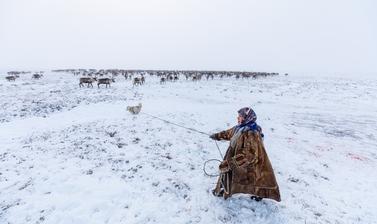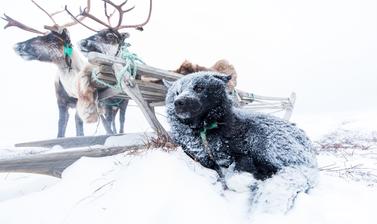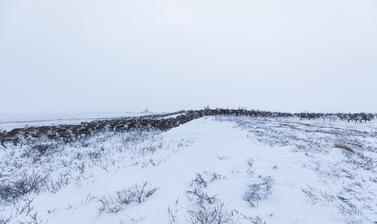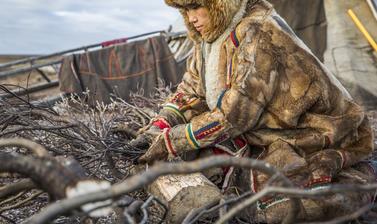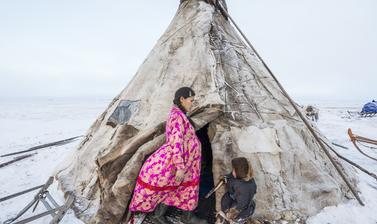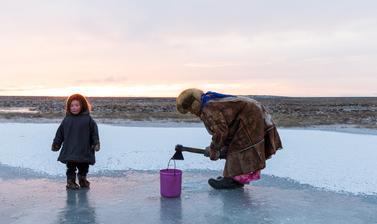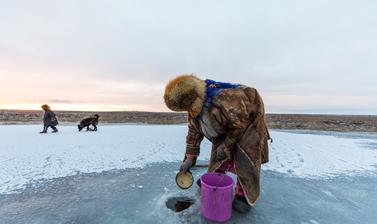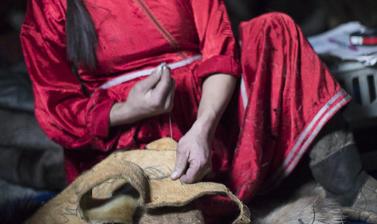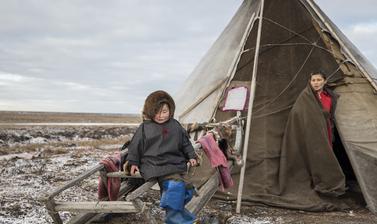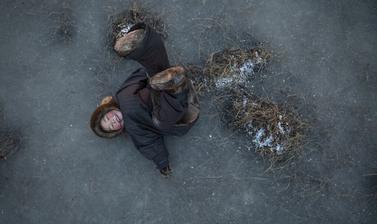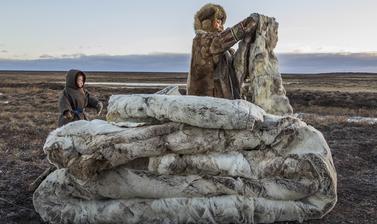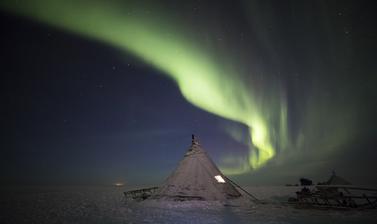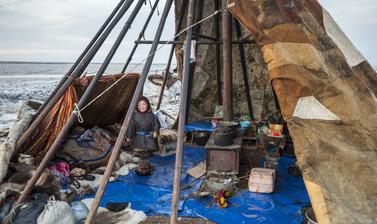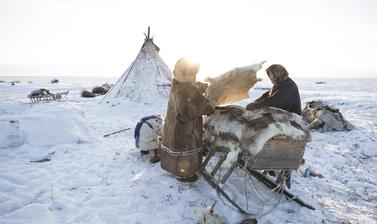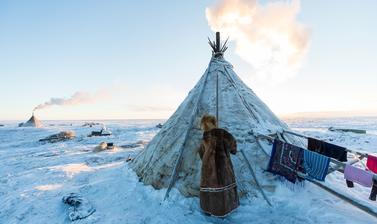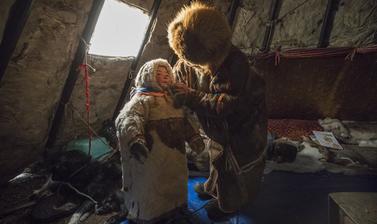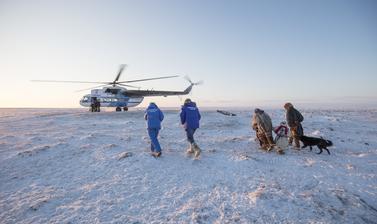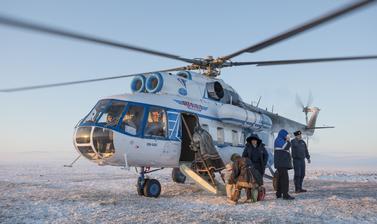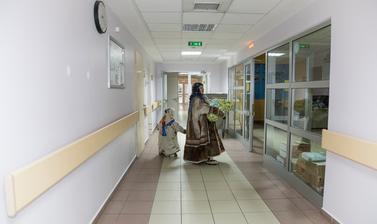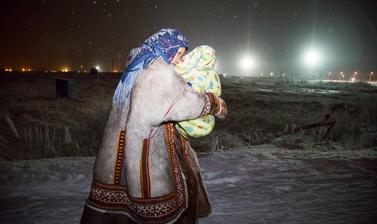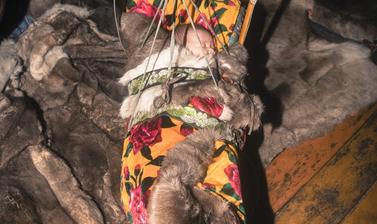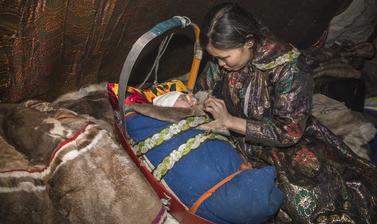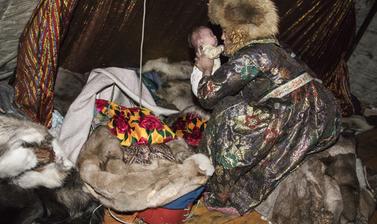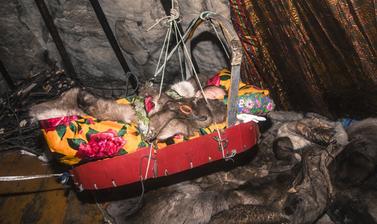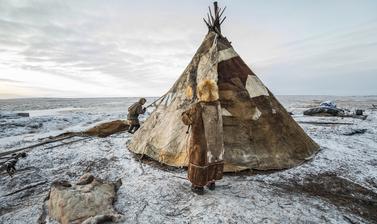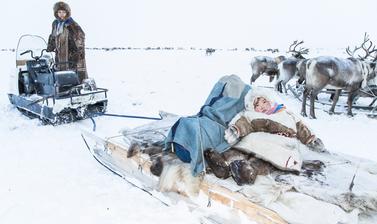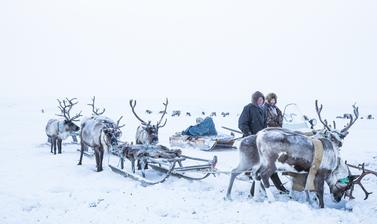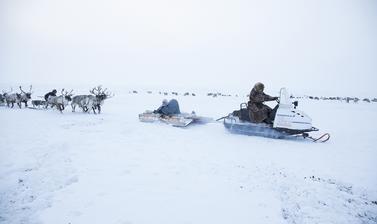Into Motherhood: Photographs by Alegra Ally
In collaboration with the Photo Oxford Festival – whose theme this year is ‘Women and Photography: Ways of Seeing and Being Seen’ – this online exhibition presents three series of photographs by Alegra Ally, an anthropologist whose work explores the subjects of childbirth and motherhood in indigenous cultures across several continents:
Artist's Statement
“I feel passionate and committed to work on issues relating to empowerment of women and girls, threatened cultures, climate change and the environment. I have dedicated the last two decades to the revitalisation and acknowledgement of indigenous midwifery knowledge and practice, and have forged relationships with people who shared with me their wisdom, traditions, rites of passage and ways of birthing. I want to bring awareness to the issues faced by indigenous mothers, and to bring midwives from around the world together through cross-cultural sharing.” – Alegra Ally
About the Photographer
Alegra Ally is an award-winning anthropologist, explorer and documentary photographer who has dedicated her life to using film, photography and writing to document the traditional practices and beliefs of indigenous women. From living in caves with the Meakambut tribe of Papua New Guinea to witnessing the birthing rituals of the isolated Himba people of Namibia, Ally’s work has taken her across the globe. Her ability to engage with indigenous people while producing photographs of profound emotional resonance earned her the Scott Pearlman Field Award for her expedition ‘Women at the End of the Land’ in 2016, and the prestigious Gough Explorer of the Year 2020, awarded by the Scientific Exploration Society. Since 2011 Ally has been conducting solo expeditions into remote areas to learn about, research and document women’s rites of passage and birth in indigenous communities as part of her ‘Wild Born Project’.
‘Into Womanhood’ (Himba people; Kunene, Namibia; 2014)
A Himba girl’s rite of passage is intended to provide the recipient with instruction about what will be expected of her during the next phase of life. On her first menstruation, the girl must leave the village until she has been ushered into her new social standing. During the initiation ceremony a select group of women and girls takes charge of the sequence of events. To begin her transformation, the girl is carried by the women of the group to a wooden enclosure, where she is spiritually protected during her first menstruation. In this ‘sacred forest’, inside a specially constructed house, she bonds with her friends, receives many gifts, shares stories and prepares adornments. Over the following days, while she is having her first period, she will be covered in fabric and guided back to the village each evening to celebrate her advance to womanhood with dancing and singing. The transformation is spiritual, social and physical; a long goatskin skirt will be prepared for the girl, and from this moment on she will be obligated to wear it.
At the sacred enclosure the girls perfume themselves and they make it a ritual every morning. They collect the roots of trees, usually the gum tree, and they crush these together with goat’s butter, using stones to create a paste with which they rub themselves. The burning of leaves and twigs creates a heavily perfumed smoke. The young women sit close to the smoke covered with a blanket to absorb the scent; they also unbraid and dress their hair with a mixture of thick red ochre (otjize). The rituals are designed to prepare a girl for adulthood and to guide her spiritually. It is also a significant time for all Himba women to bond, woman to woman and as a community, empowering each other. During this special time the young woman is crowned. The womanhood ritual is the first time that a traditional leather crown is placed upon her head.
‘Placenta Birth Ritual’ (Kosua people; Southern Highlands, Papua New Guinea; 2011)
Located in the remote Bosavi region in the Southern Highlands of Papua New Guinea, the Kosua practise animism and live closely with nature according to their traditional beliefs. Ceremony and ritual are not just a performance or a routine; they are a pathway to the sacred, connecting people to their cultural past, present and future. Ceremonies for welcoming a baby are essential. Kosua women perform a ritual after birth which strengthens the newborn’s ownership and spiritual connection to the ancestral land. This burial ritual of the placenta and umbilical cord in the soil is performed as a celebration.
Several days before Sibilato was due to give birth, her husband built a birthing shelter called a quane for her. According to Kosua belief, the husband should not see his wife for several days before she gives birth, during, and for several days after delivery. The taboo says that the husband would become terribly ill. During this time the man leaves and stays in the forest, and hunts to provide for his wife. However, Sibilato is not alone, for she is surrounded by other women from the village, who make sure that she has food, water and a fire burning next to her. I accompanied Sibilato for thirty days, but when the birth actually took place I was sleeping in my hammock and unfortunately missed it due to a heavy storm. A few hours later I arrived at the quane and saw Sibilato with her baby daughter sleeping in her arms.
Sibilato shared her birthing story with me. She gave birth on her own on the forest floor, delivering the baby while kneeling. Then she moved back to the quane, where an older woman arrived to assist her. The umbilical cord and placenta were buried in a ceremony symbolising the newborn baby’s rights to the land, followed by a traditional celebration, or sing-sing. Another important custom takes place immediately after birth, its purpose being to reveal the baby’s gender to the father, who could not be present and remains deep in the forest. If it is a baby boy, a line of Kosua warriors will shoot arrows into the sky together. Only Kosua men and boys use bows and arrows for hunting, so in this way the husband can see the arrows high above the trees and know that he has a son. If it is a baby girl, a messenger will be sent to meet him in the hunting camp, delivering a stick which is used only by women to prepare their staple food sago; it is an important tool which is passed on in the family. After several days when mother and baby are able to bond in the quane, the husband returns to the village and they are reunited.
‘Women at the End of the Land’ (Nenets people; Yamal Peninsula, Siberia, Russia; 2016)
I joined a family of Nenets reindeer herders in the Yamal Peninsula of north-west Siberia, which in the indigenous Nenets language means ‘the end of the world’. The Nenets people travel up to six hundred miles each year along the sacred migration routes of their ancestral homeland. Few places on earth are home to a more challenging environment, where temperatures plunge to -50º C and the Nenets’ yearly migration routes traverse many frozen rivers. I joined the family travelling on wooden sleds as they followed the cyclical rhythms of the tundra, accompanying a Nenets woman, Lena, in her ninth month of pregnancy. With her agreement I took part in the process of preparing for childbirth, in order to learn what it takes to give birth in some of the harshest conditions imaginable.
Lena migrated constantly during her pregnancy. The first major migration occurred in the spring when Lena was four months pregnant. The second migration occurred in the autumn when Lena was nearly eight months pregnant. Between these major migrations, the family also moved its camp smaller distances around four to five times. Migration is extremely physical work (particularly for pregnant women), being combined also with exposure to strong winds and low temperatures. To prepare for a migration, the disassembling of the chum (tipi-like tent dwelling), packing of the sledges, herding of the dogs and reindeer takes approximately five hours. Re-establishing and setting up the new camp takes approximately two hours. The packing and unpacking of the chum is the responsibility of women only.
Nenets have made specific adaptations to migrate safely with newborns in one of the harshest climates on earth. Women’s sledges are designed to accommodate infants in cradles (khoba). These cradles are passed down from generation to generation, or made as soon as the father can build a new one. However, it is considered taboo to build or repair a cradle before the baby is born. Dried moss, being both soft and absorbent, is used to line the cradle underneath the baby; it is easy therefore for the mother to open the blanket and replace the moss as necessary when migrating. When the cradle is not being used on a sledge, it is hung from the poles of the chum, exclusively on the woman’s side of the shelter. According to custom, any person older than the baby is not permitted to sit in the cradle, and it must not be swung when empty. Cradles are designed so that the mother can balance it on her lap or adjacent to her, keeping the baby warm and enabling her to breastfeed while riding on the sledge. Such cultural adaptations demonstrate the Nenets people’s resilience, and highlight how they have ensured a healthy, nurturing environment for their babies in an extreme climate.
https://player.vimeo.com/video/469448293?color=73070a&title=0&byline=0&portrait=0
Into Motherhood (1) from Pitt Rivers Museum on Vimeo.
Into Motherhood (2) from Pitt Rivers Museum on Vimeo.
Acknowledgements and Credits
- Online exhibition curated by Philip Grover
- Photographs reproduced courtesy of Alegra Ally
- Video editing by Francesca Tesler
- Organised in collaboration with Photo Oxford Festival 2020
- Special thanks to Alegra Ally and Francesca Tesler; and to Danielle Battigelli and Hannah Pye
You are able to visit the Photo Oxford Festival website online here. You are able to visit Alegra Ally’s Wild Born Project website online here or below.
A new book has been published following Alegra Ally’s project ‘Women at the End of the Land’: Alegra Ally, New Path: A Window on Nenets Life (Amsterdam: Schilt Publishing, 2019). You can order the book online here (Wild Born Project) or here (Schilt Publishing).



